SHORT SKIS | SKIBLADES | SNOWBLADES | SKIBOARDS
Short VS Long Skis
Getting the right ski length is essential for having fun on the slopes. Both short and long skis have their own benefits. Let’s go over them to help you choose what works for you.
5 products

Video







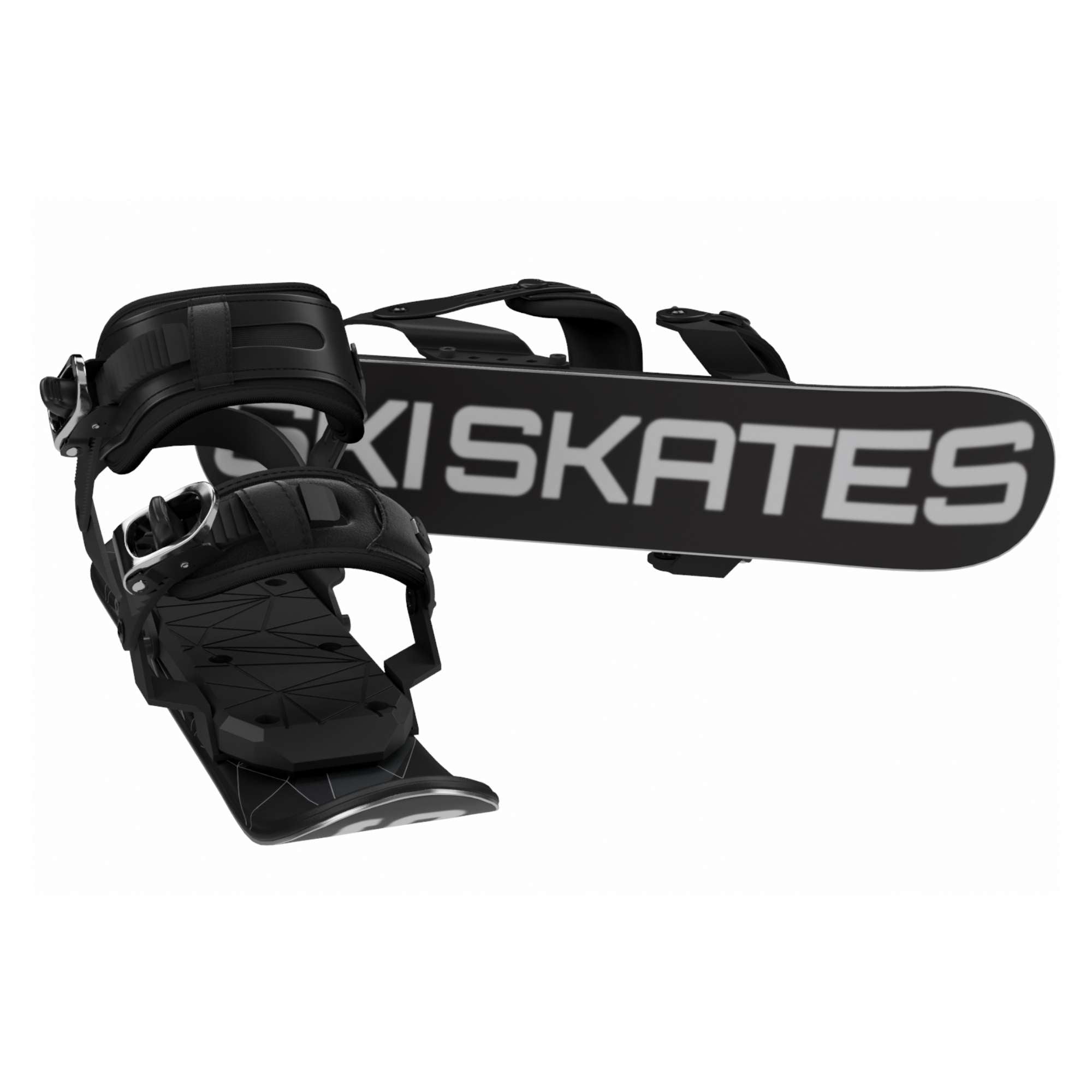


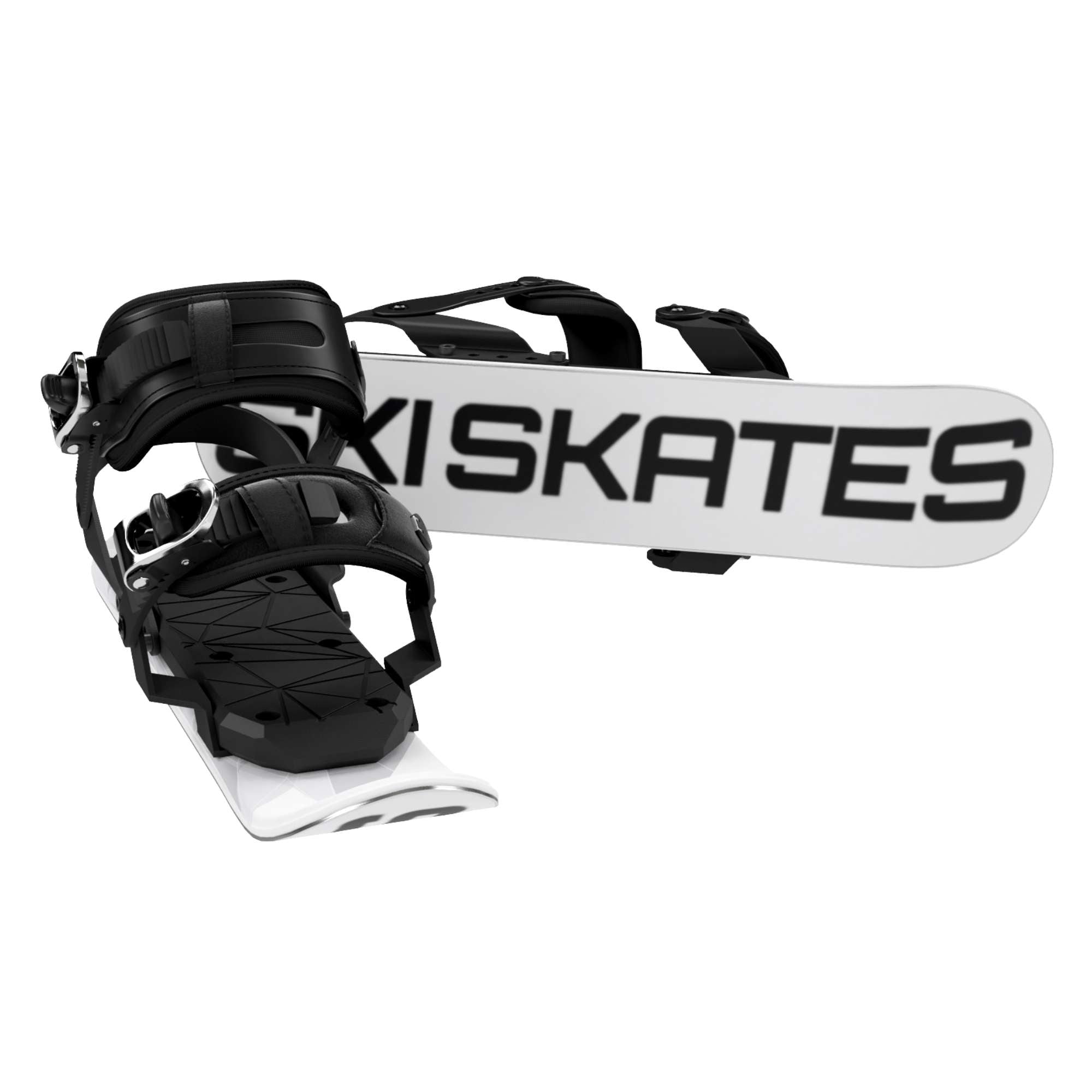






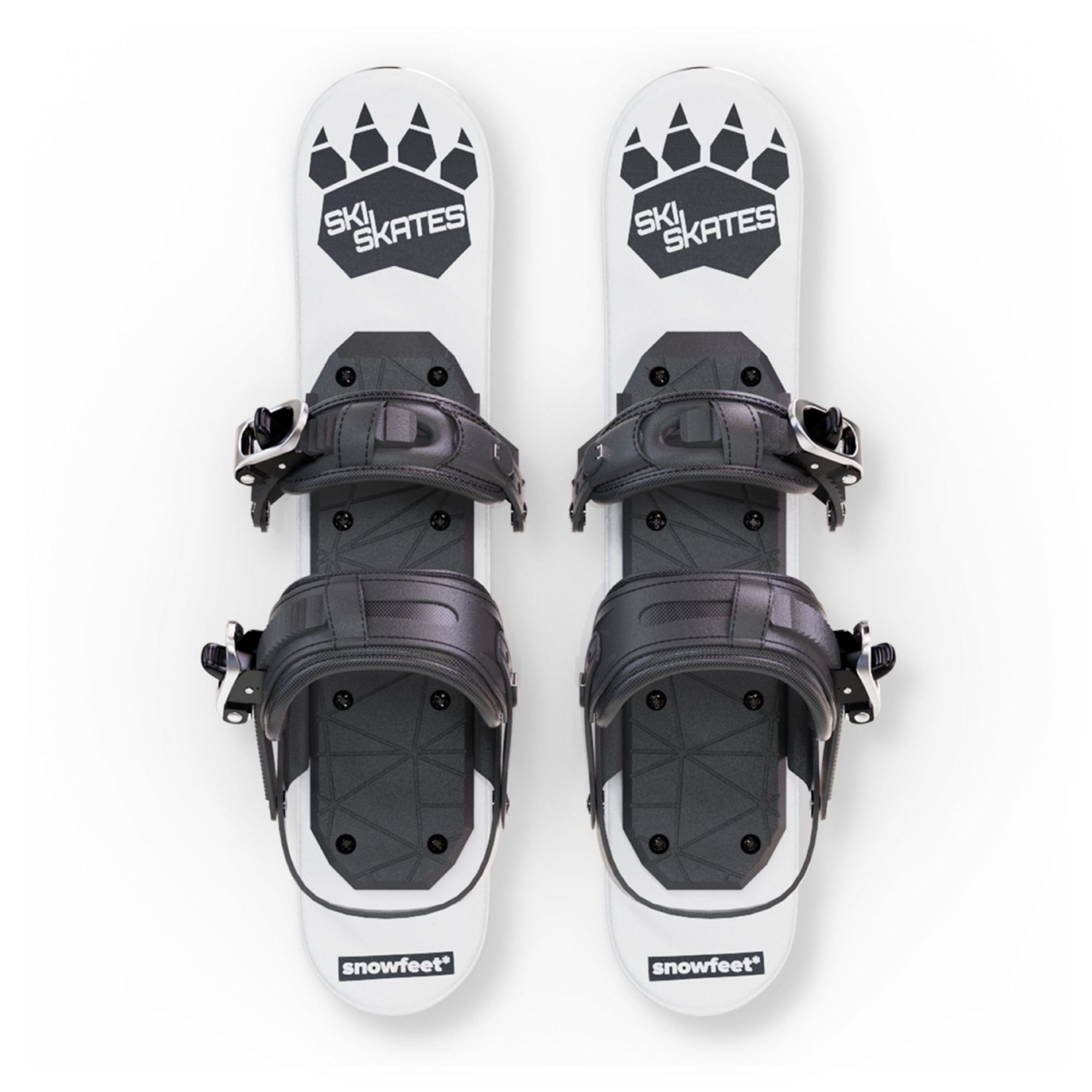




Free Shipping | 3 Business Days
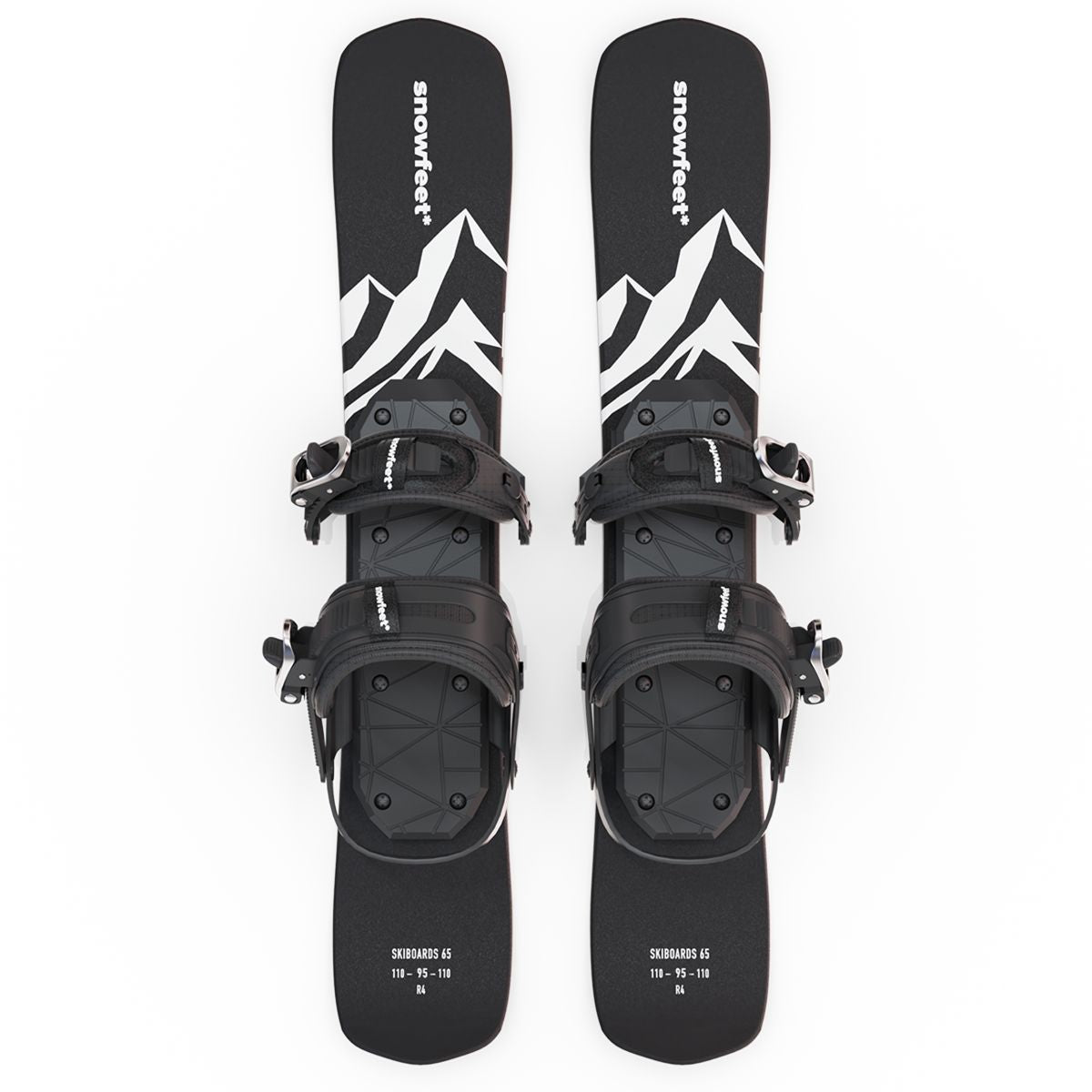
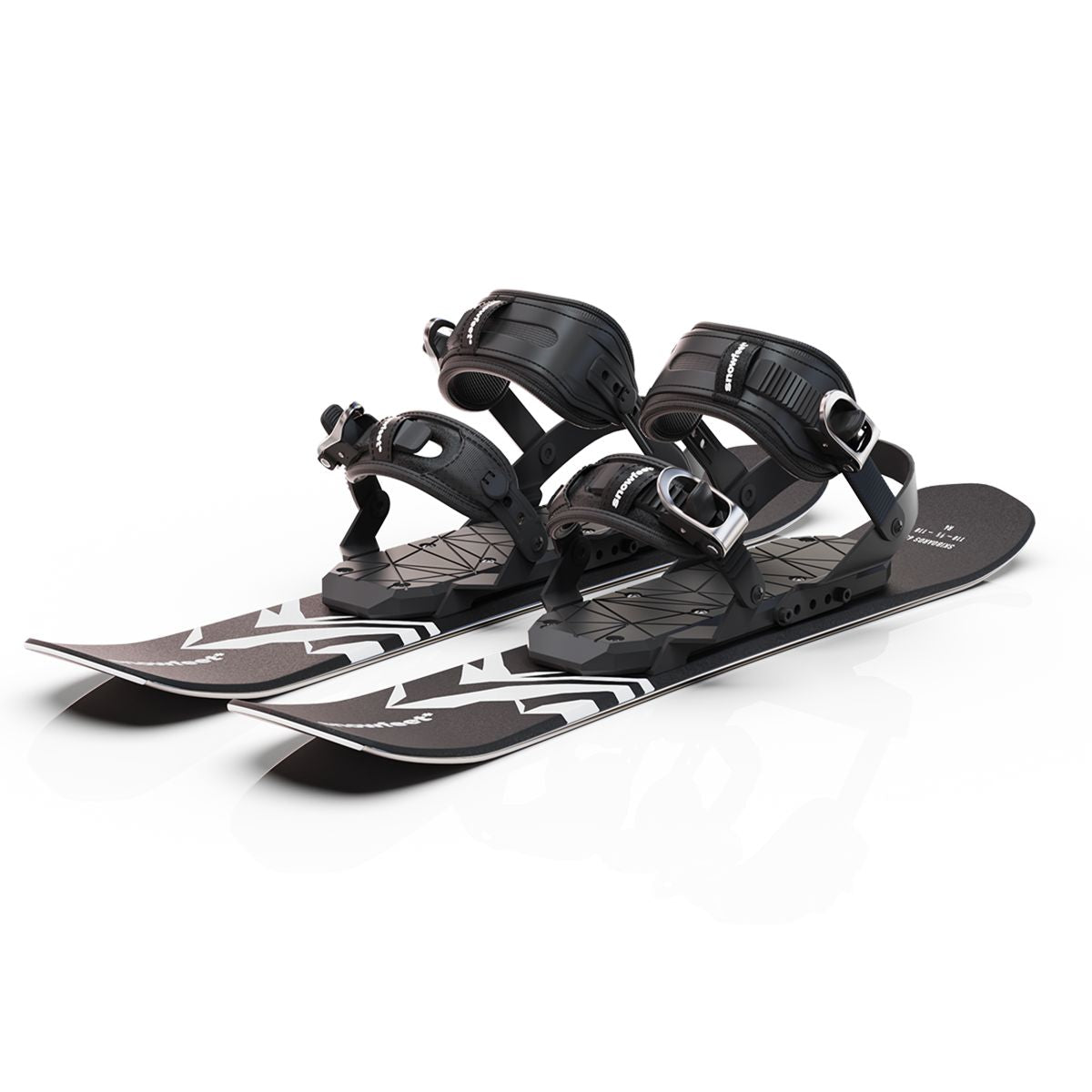







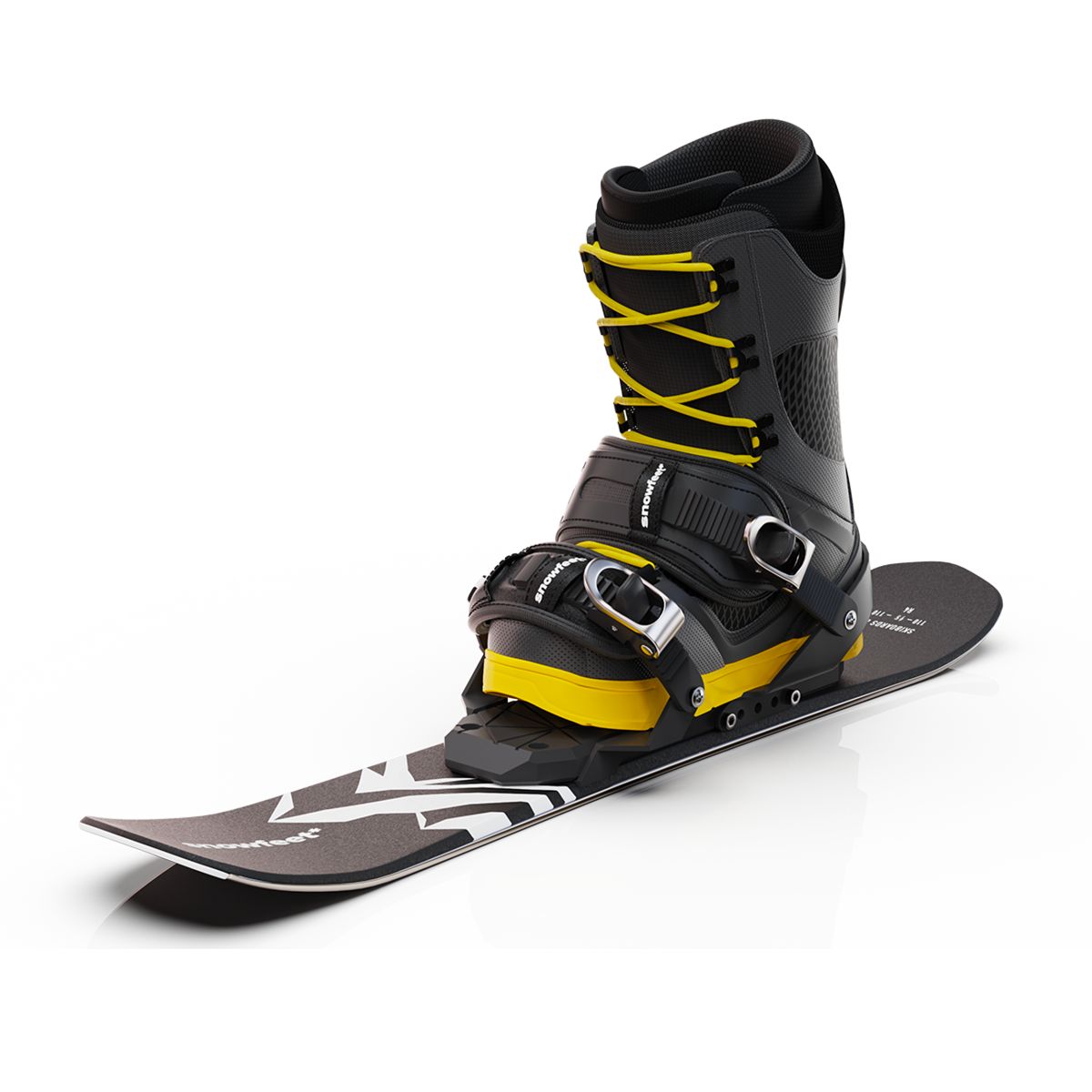
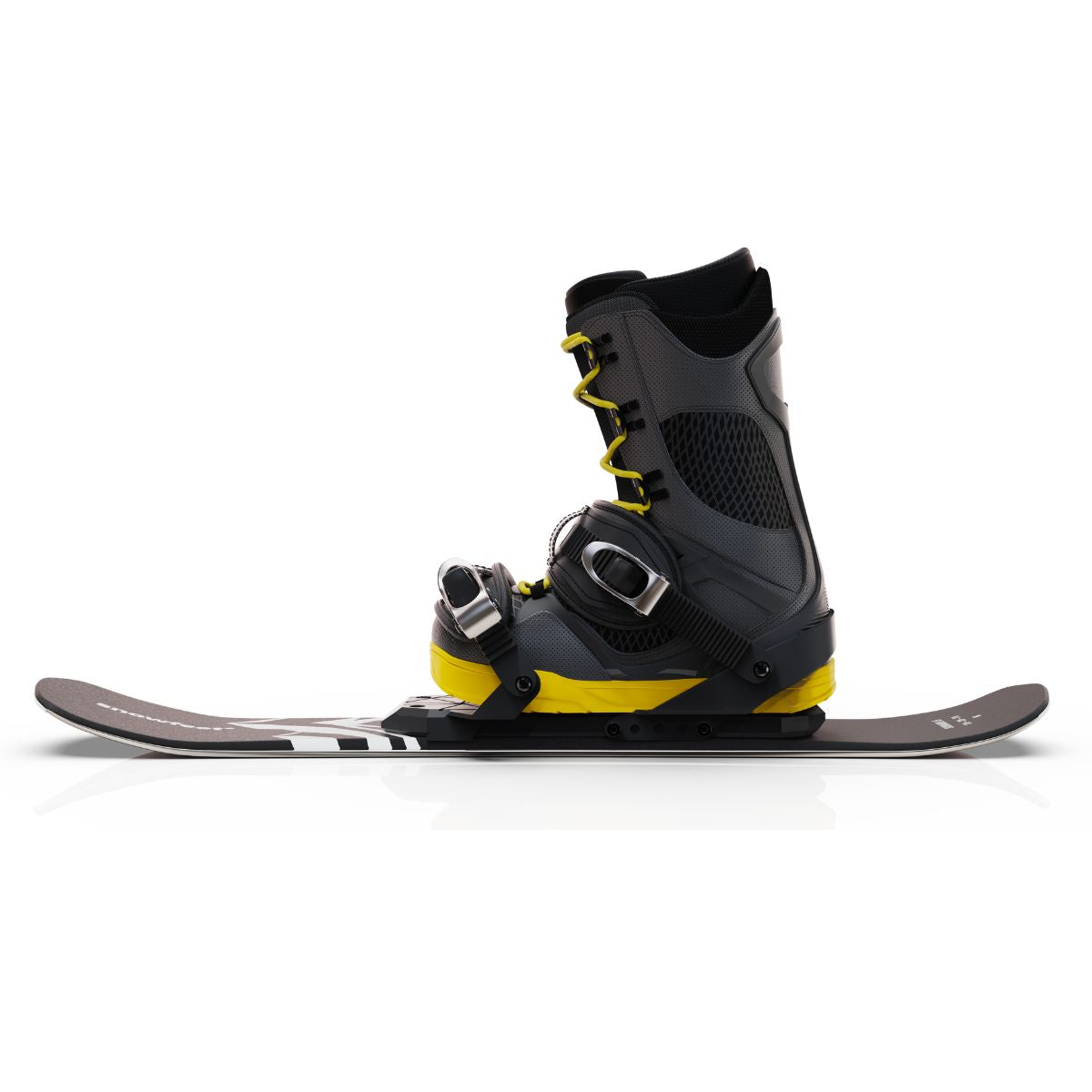
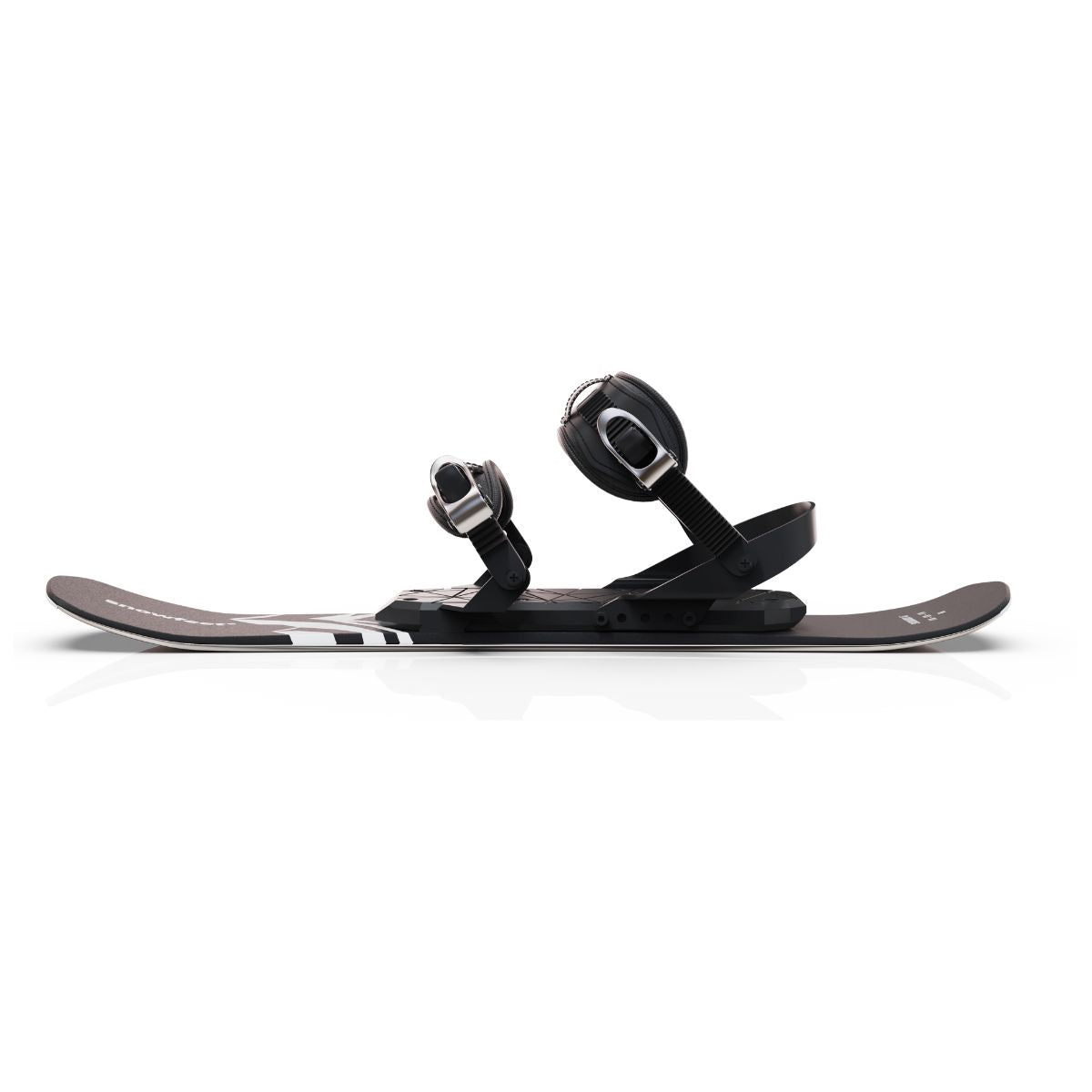
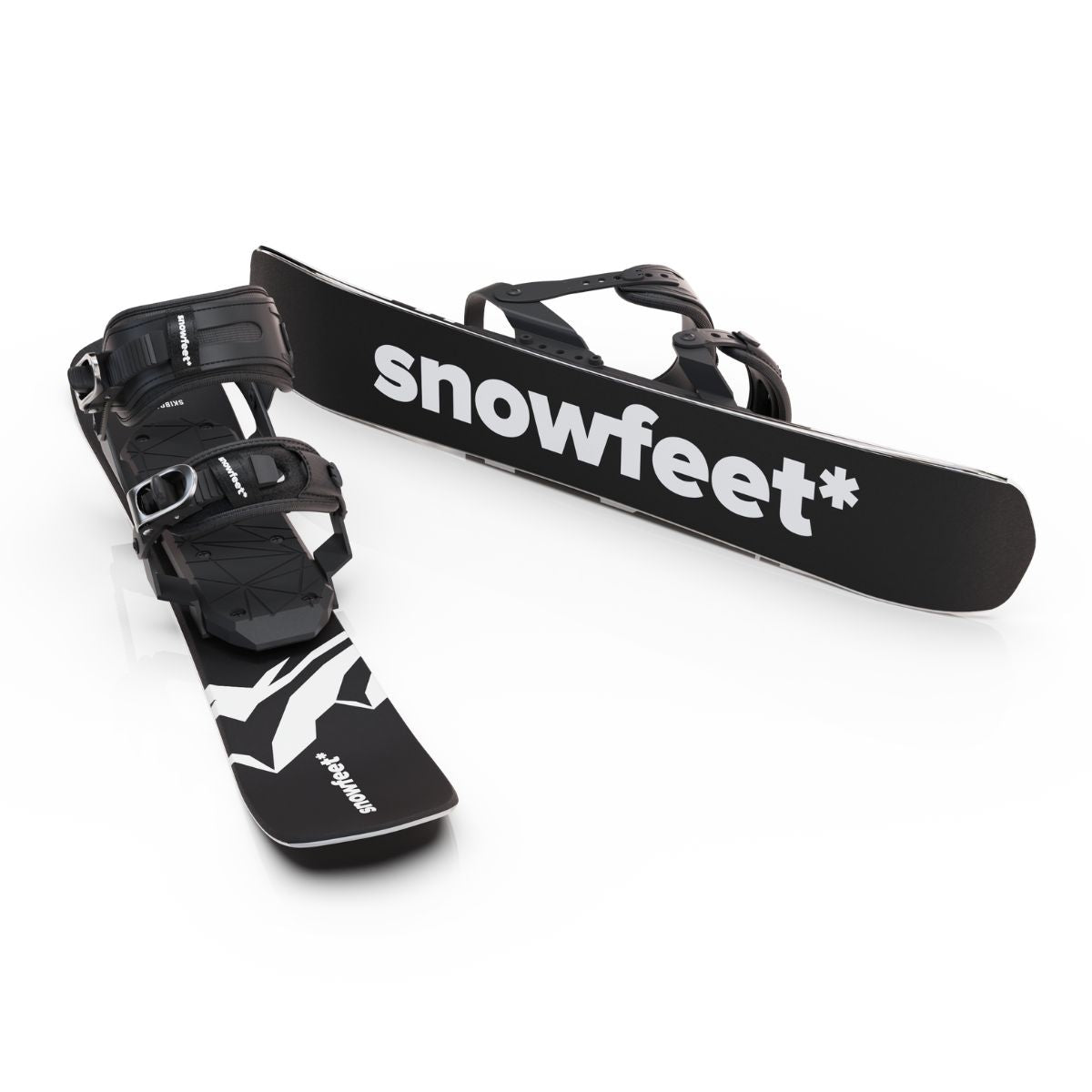



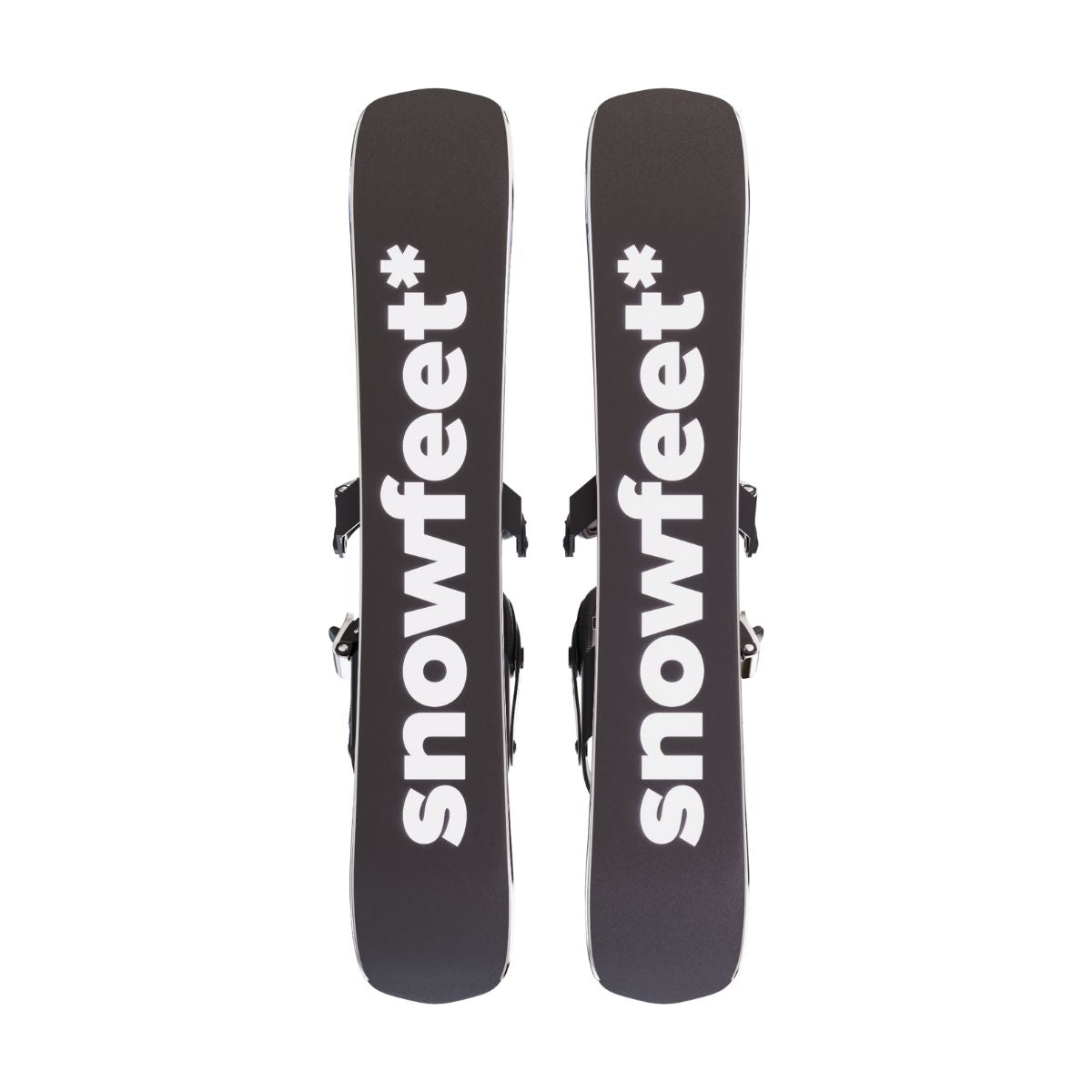
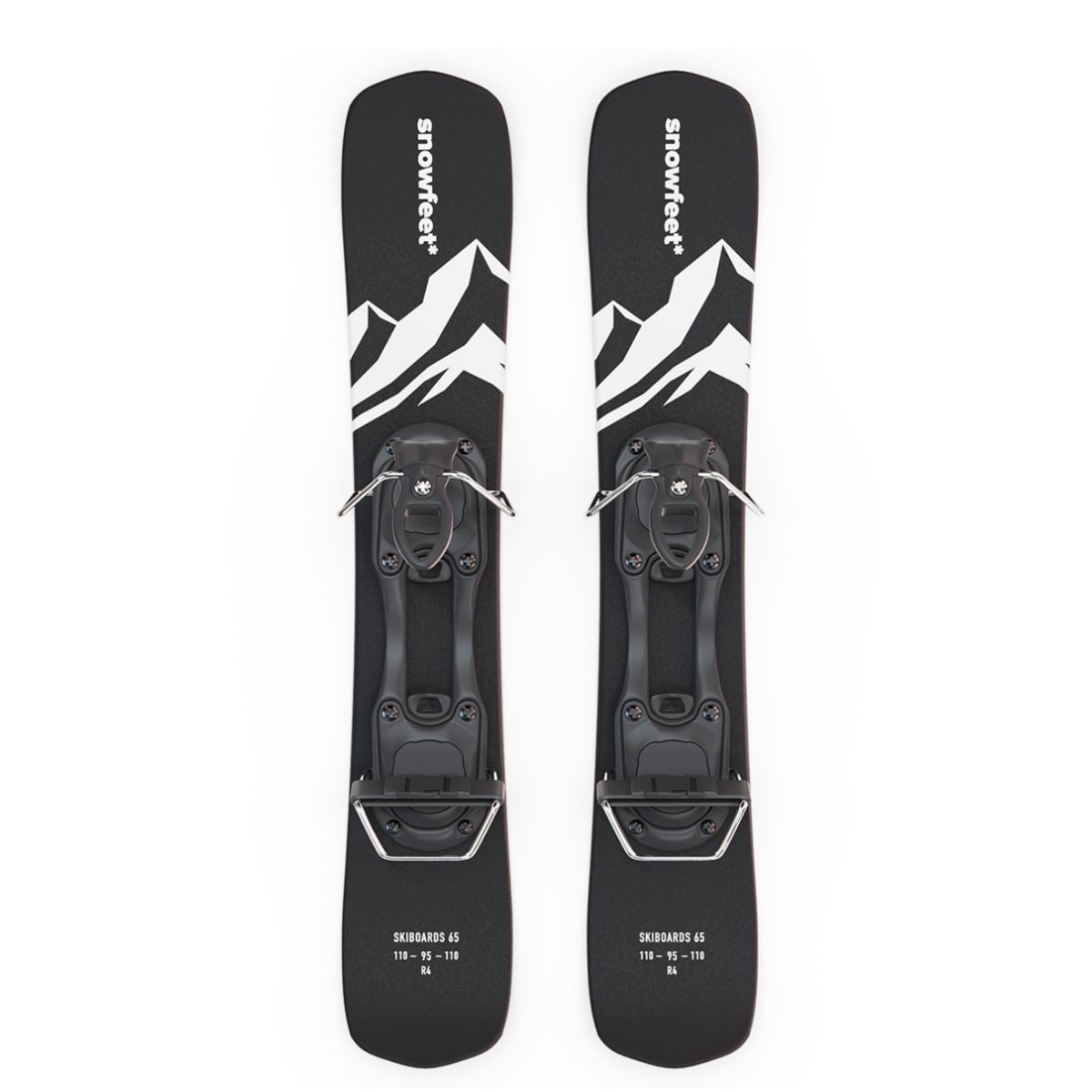
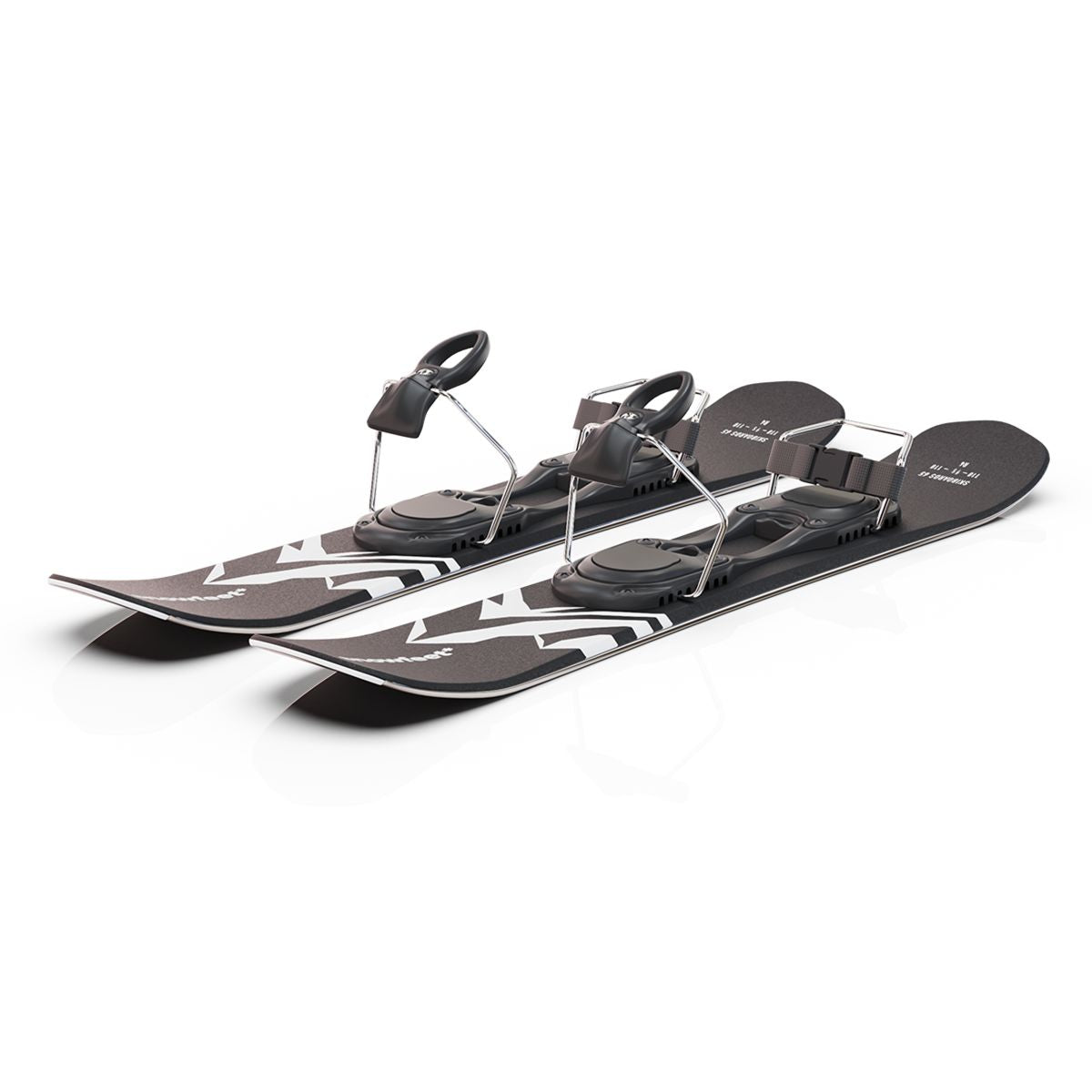
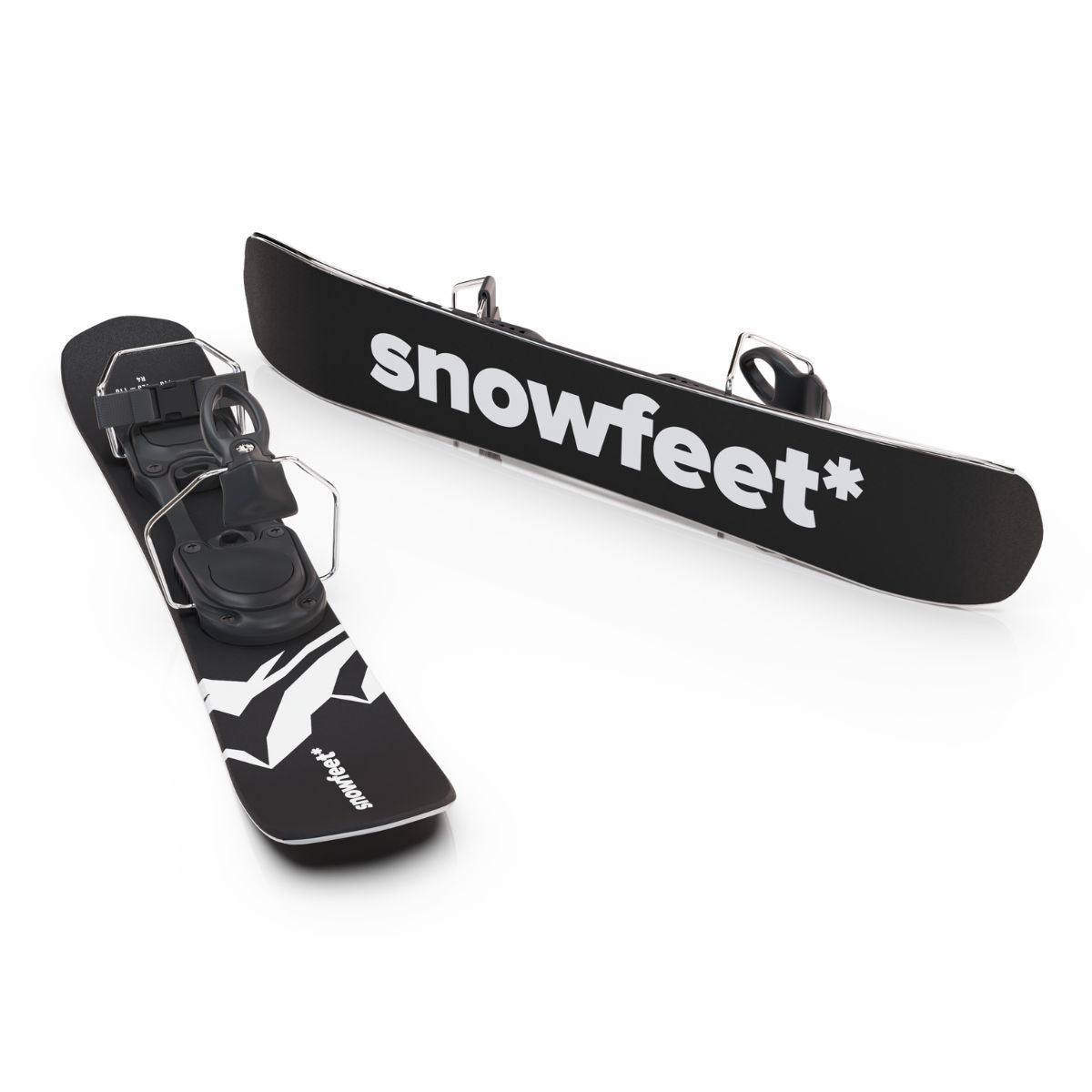
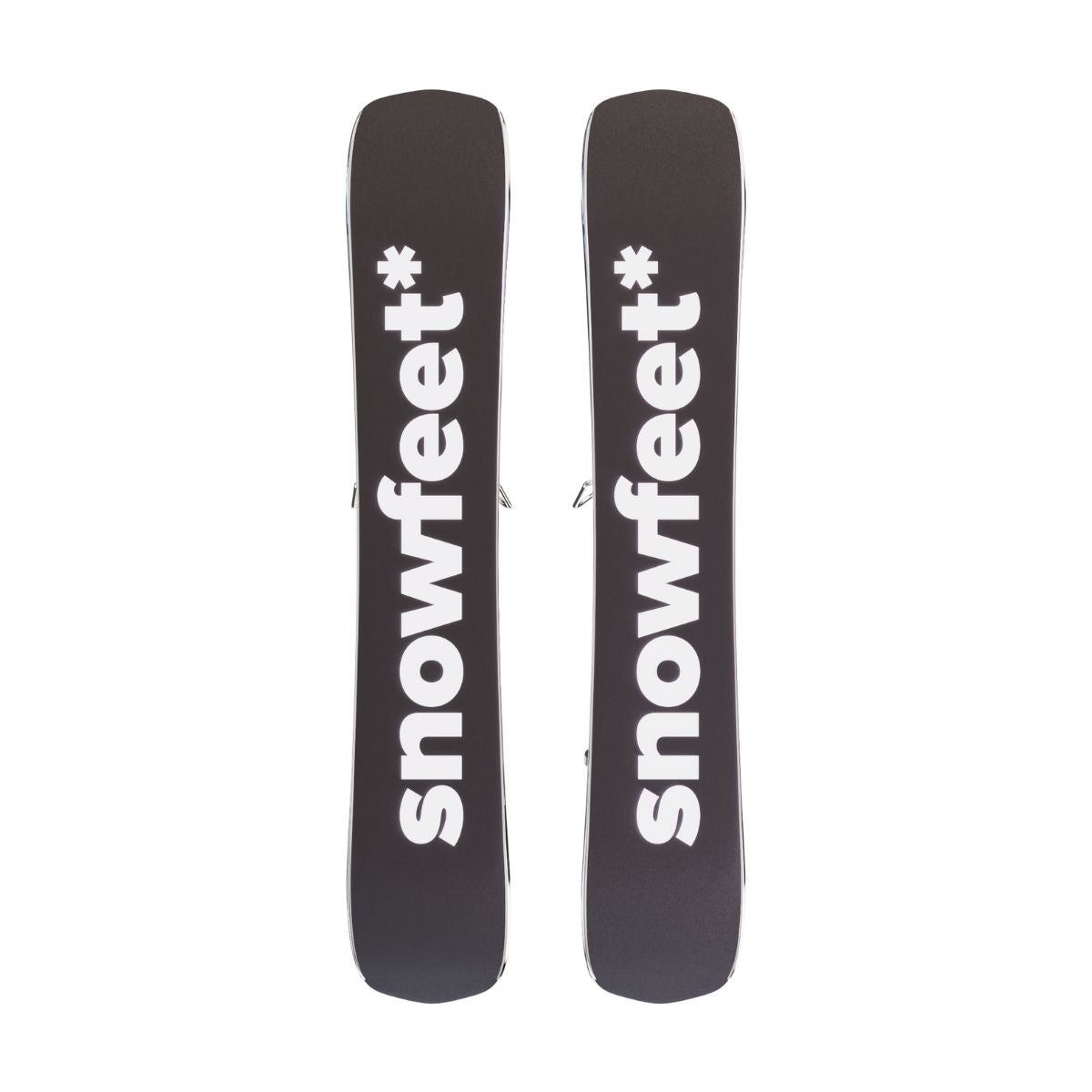
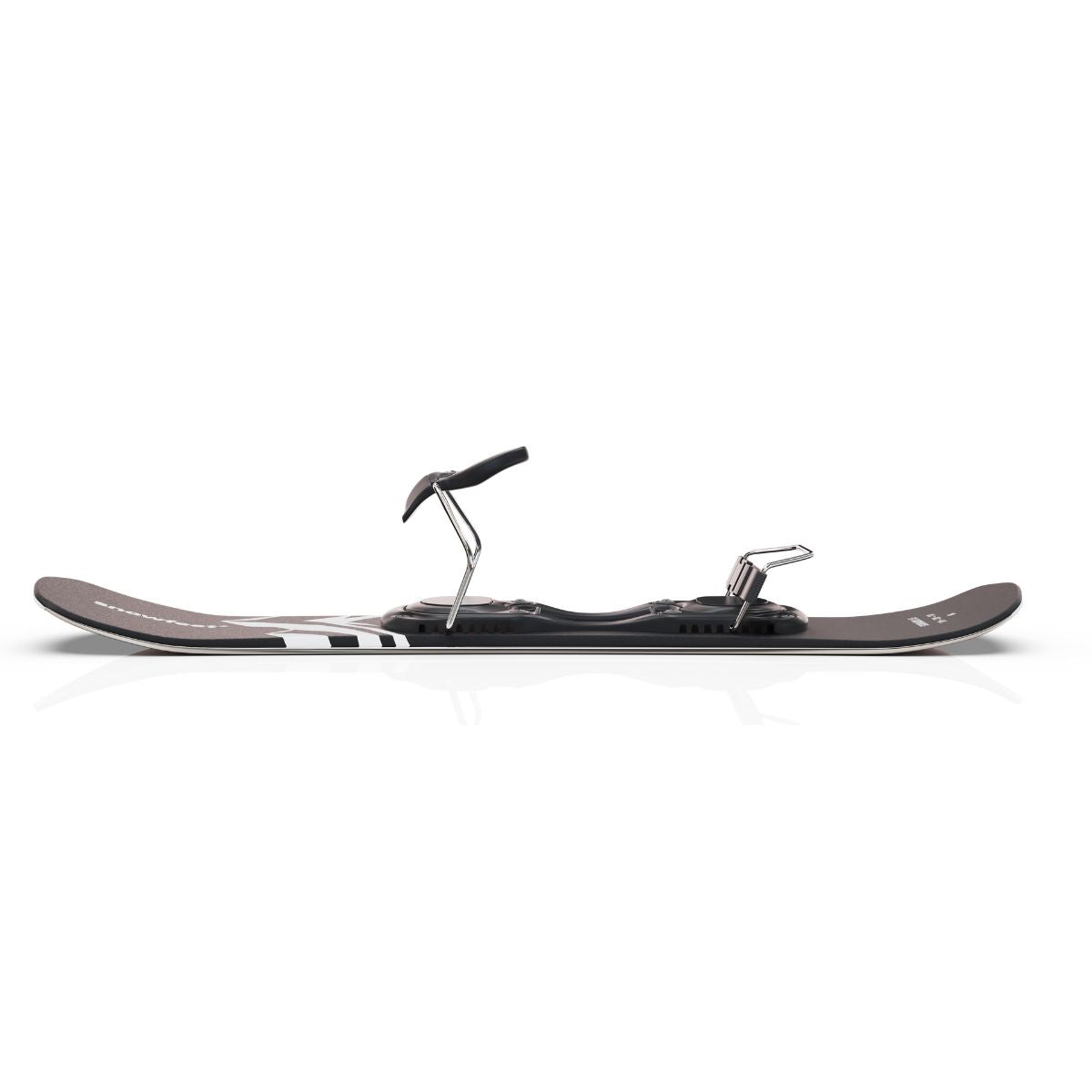
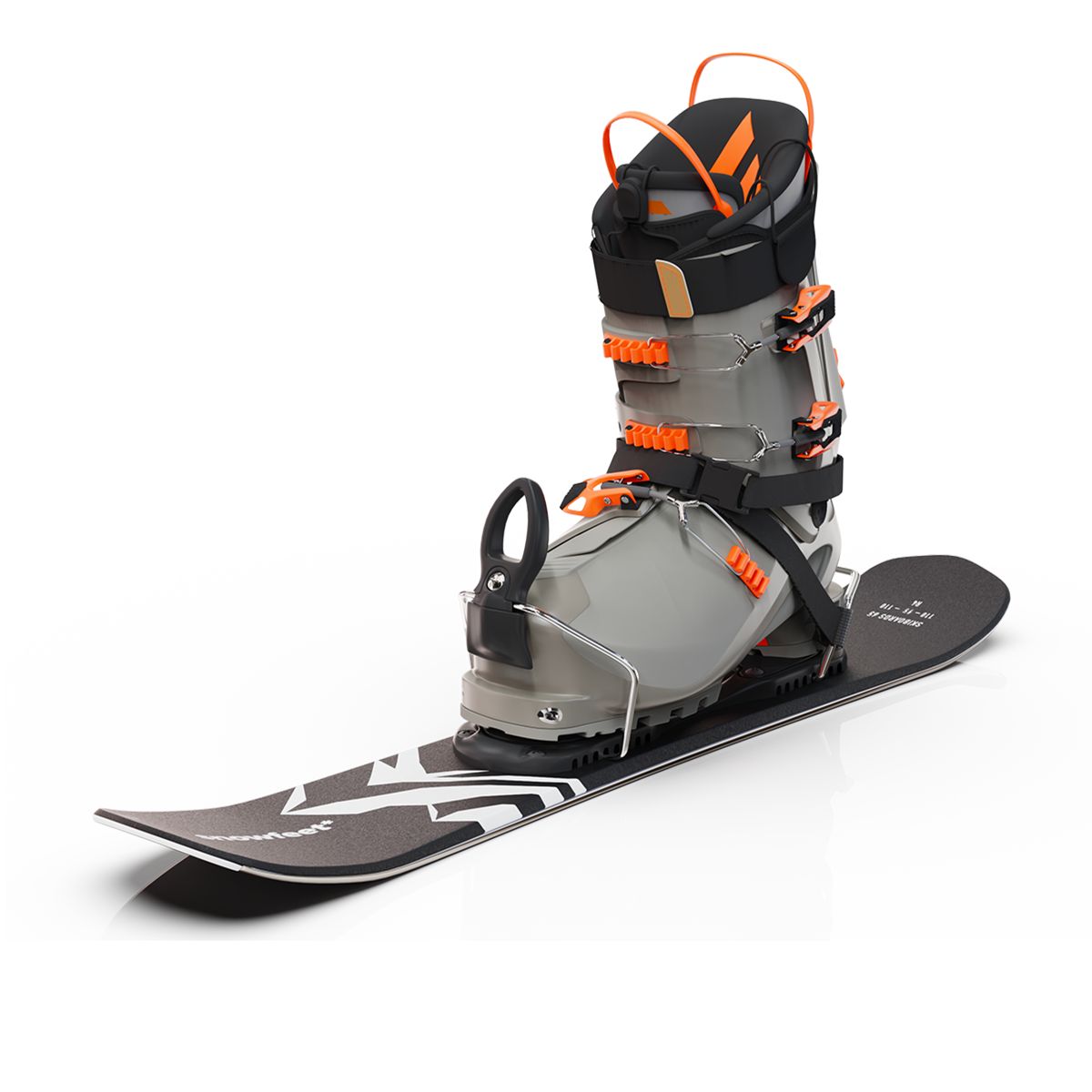
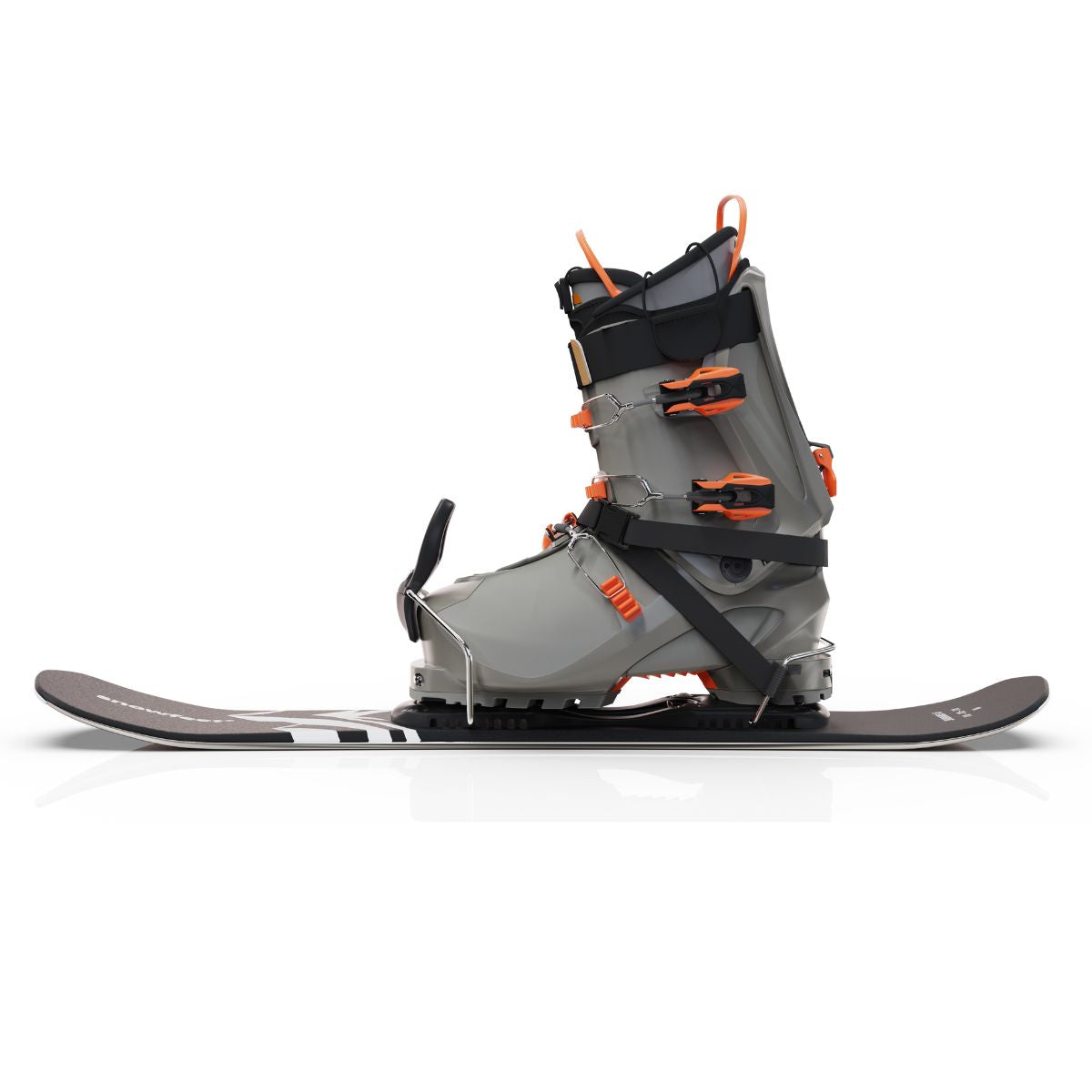
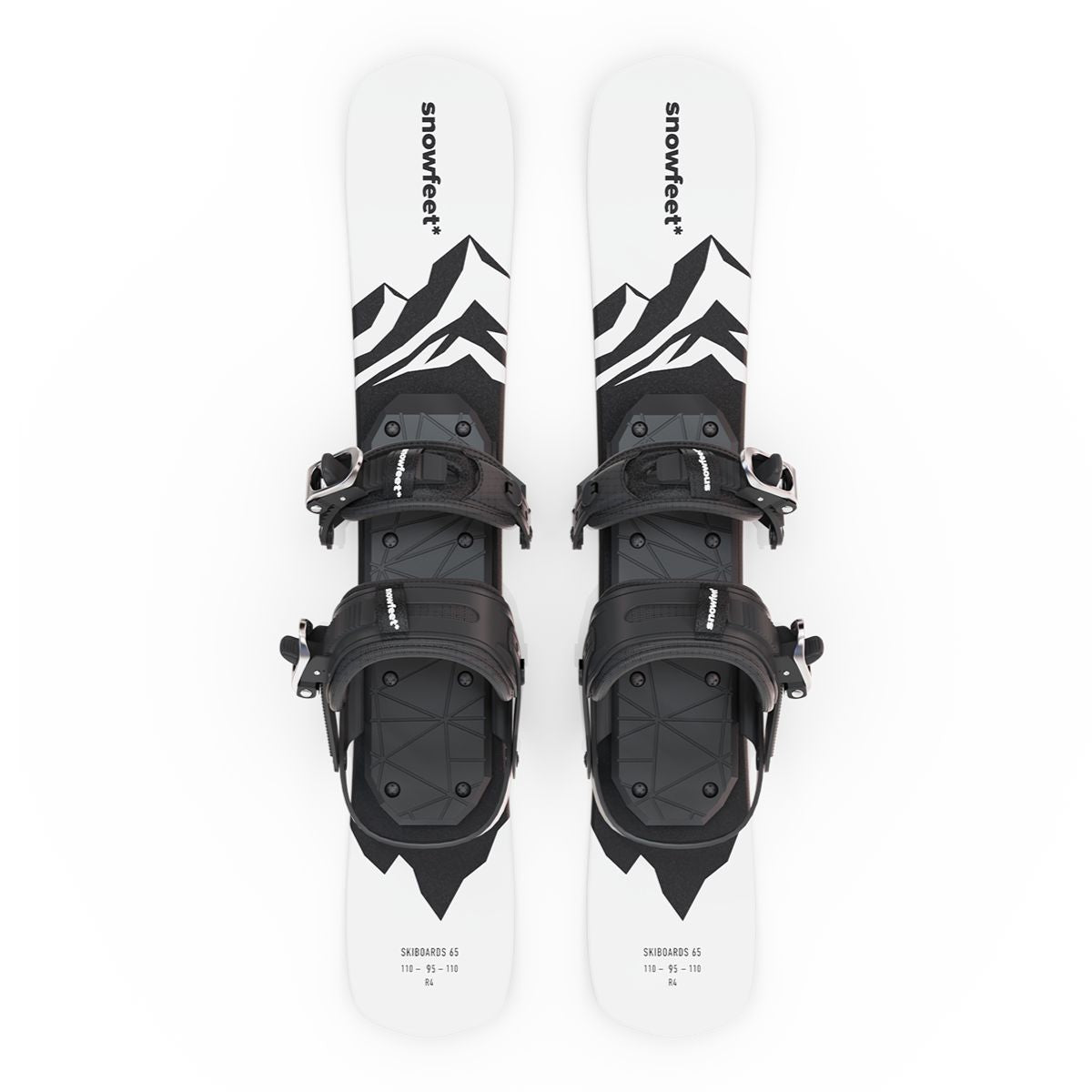
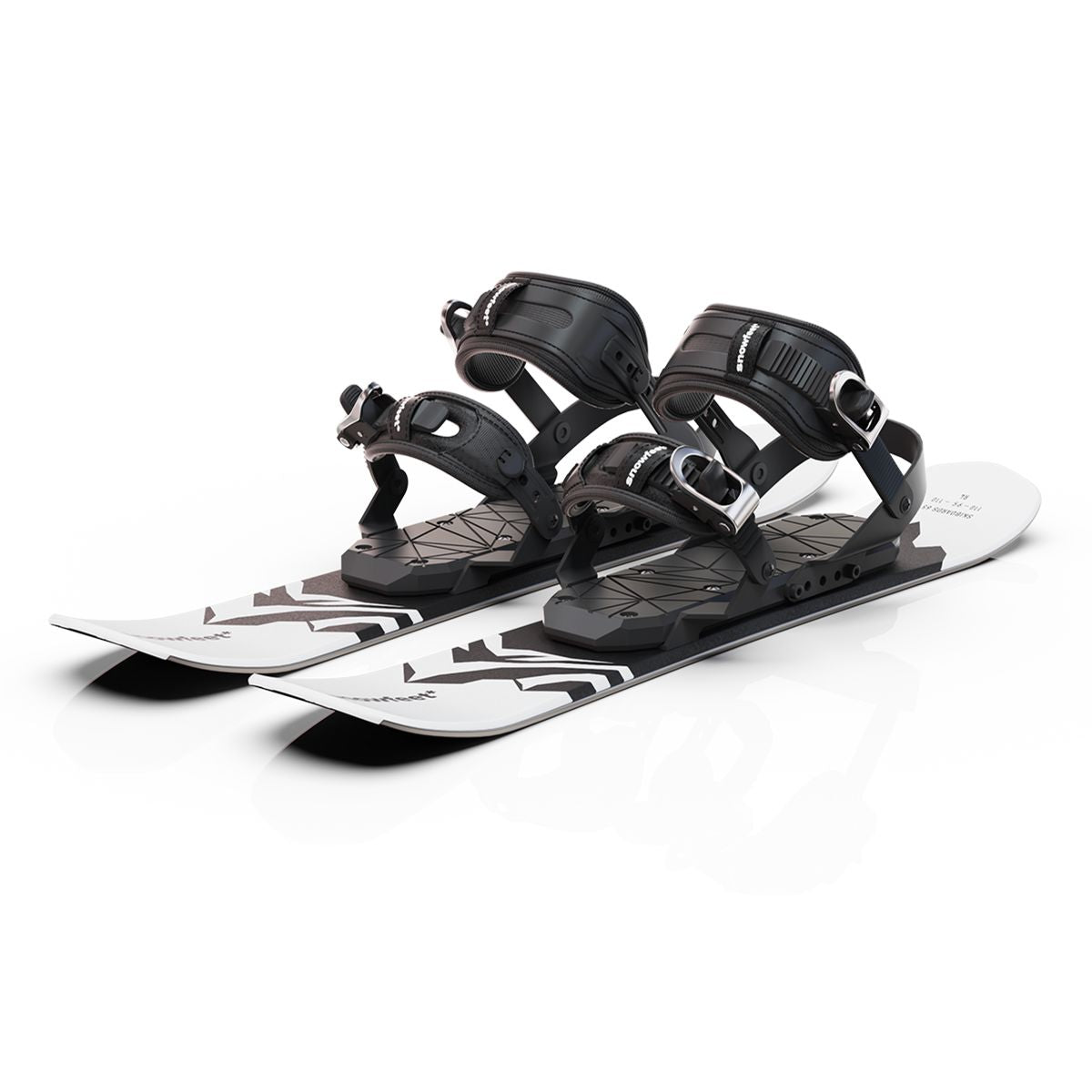
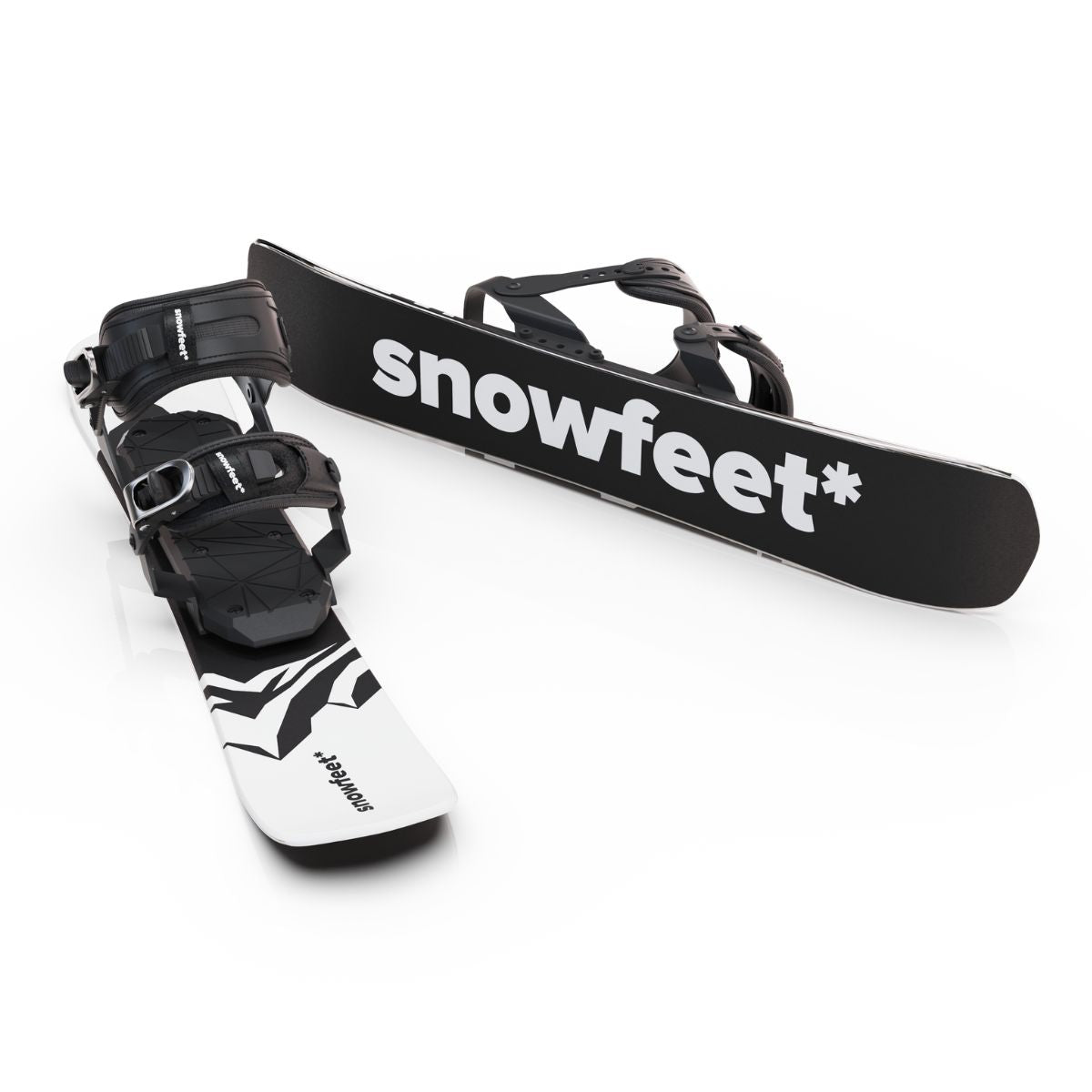
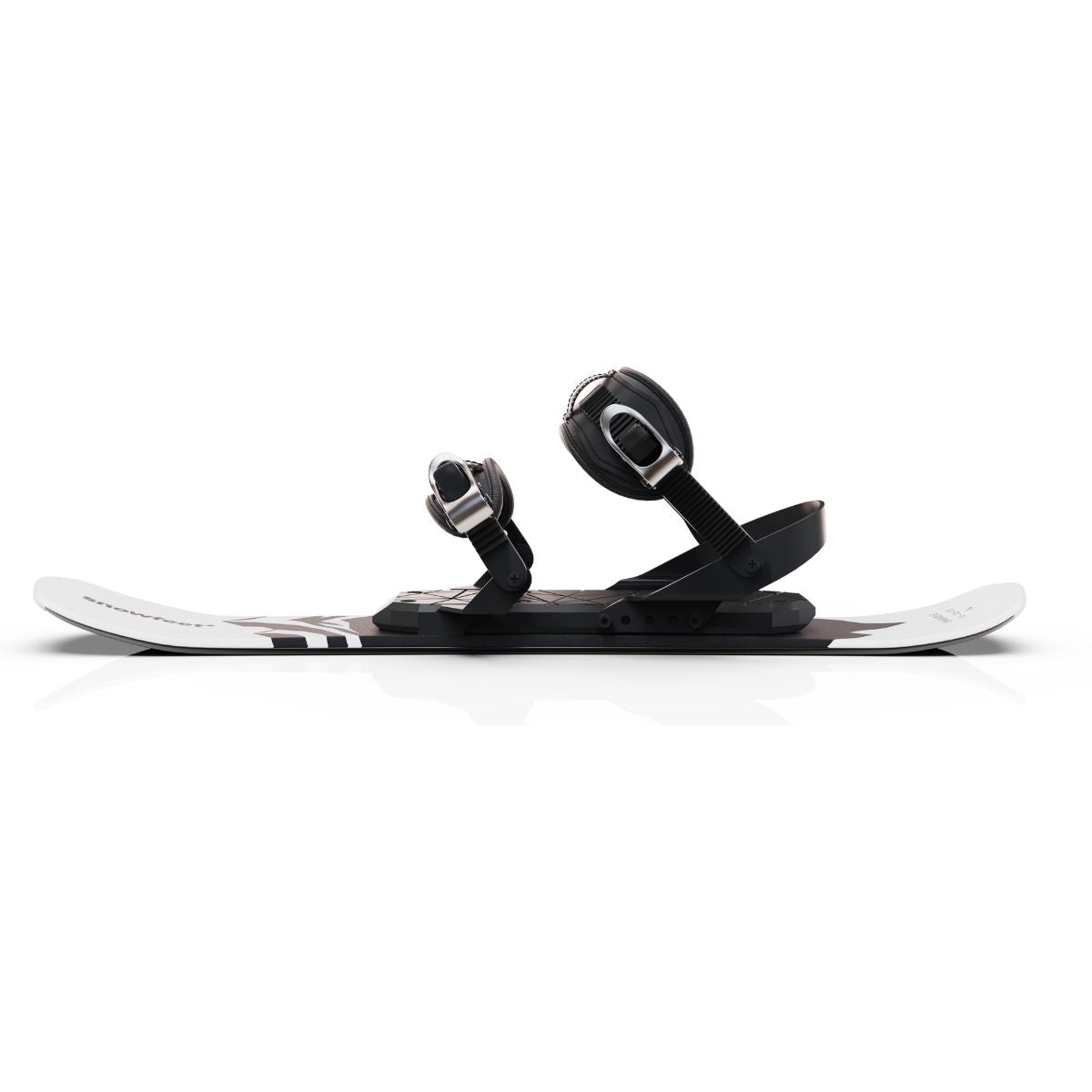
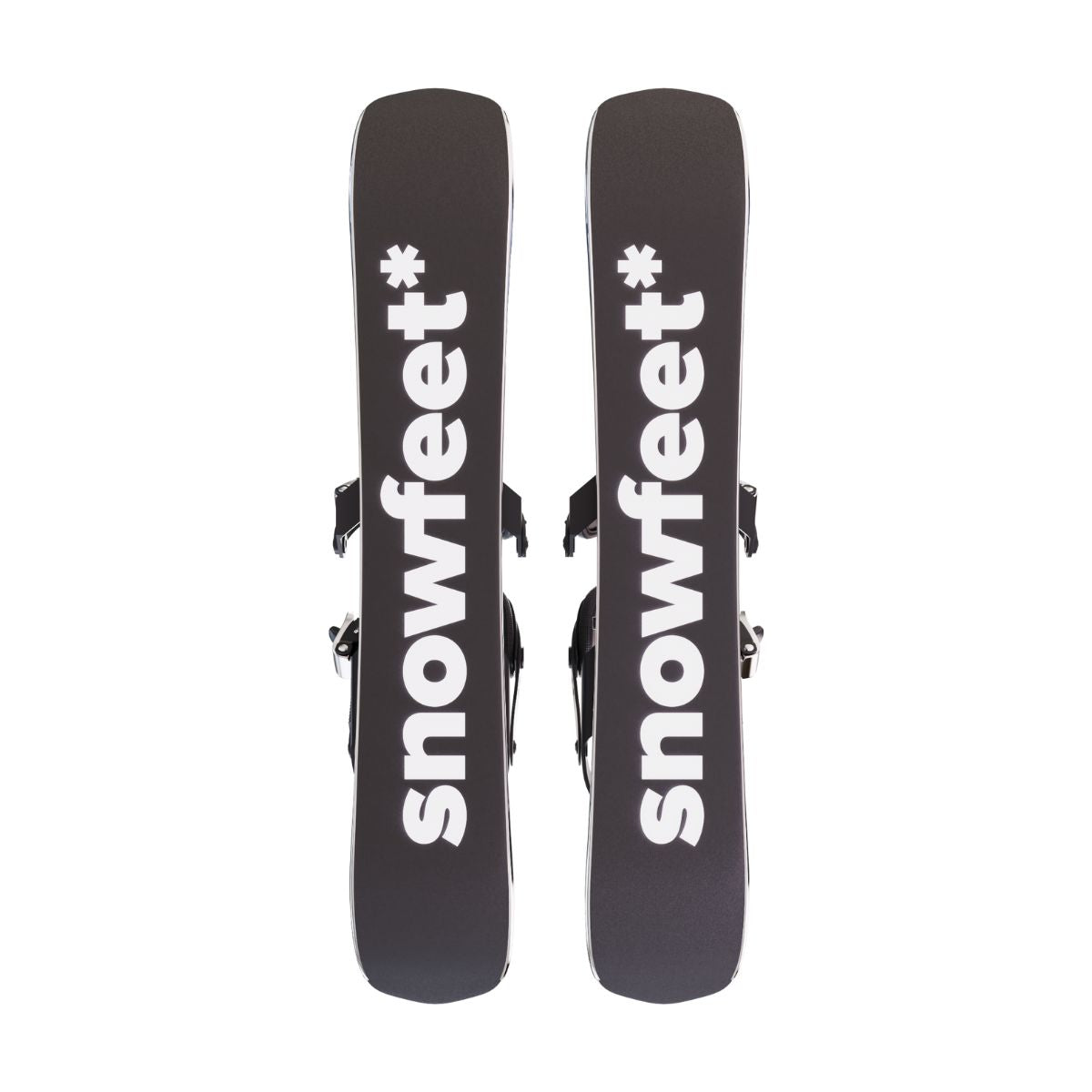
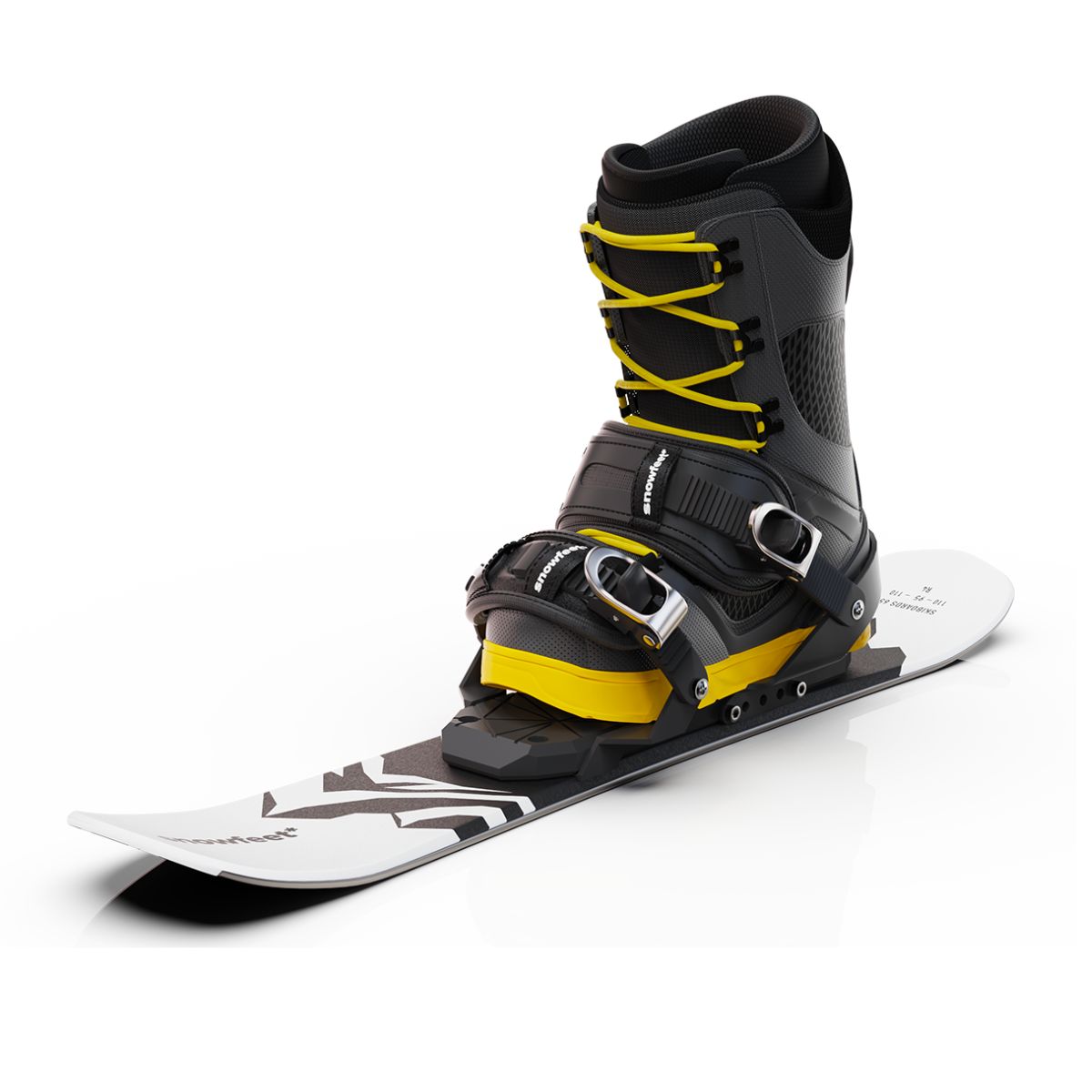
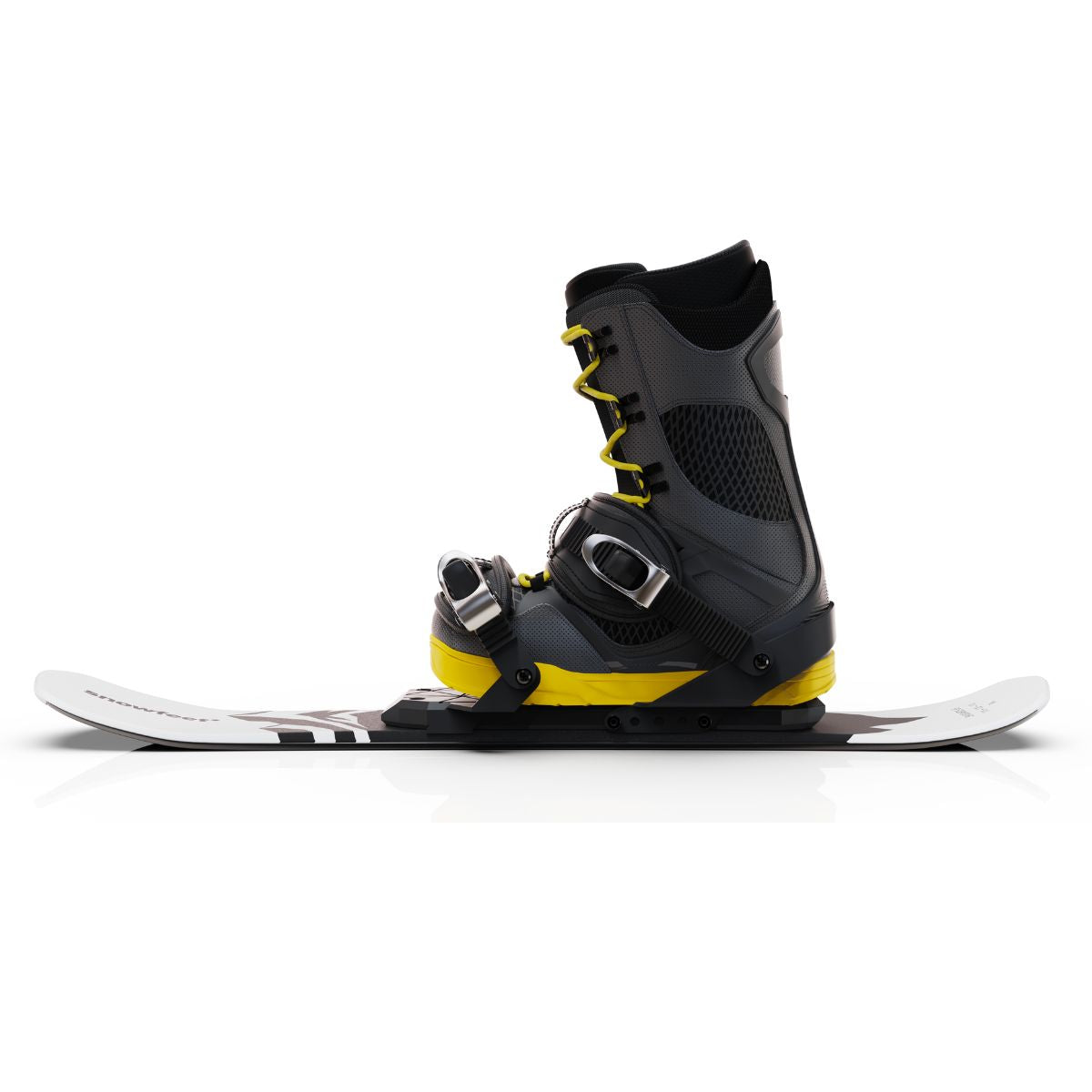
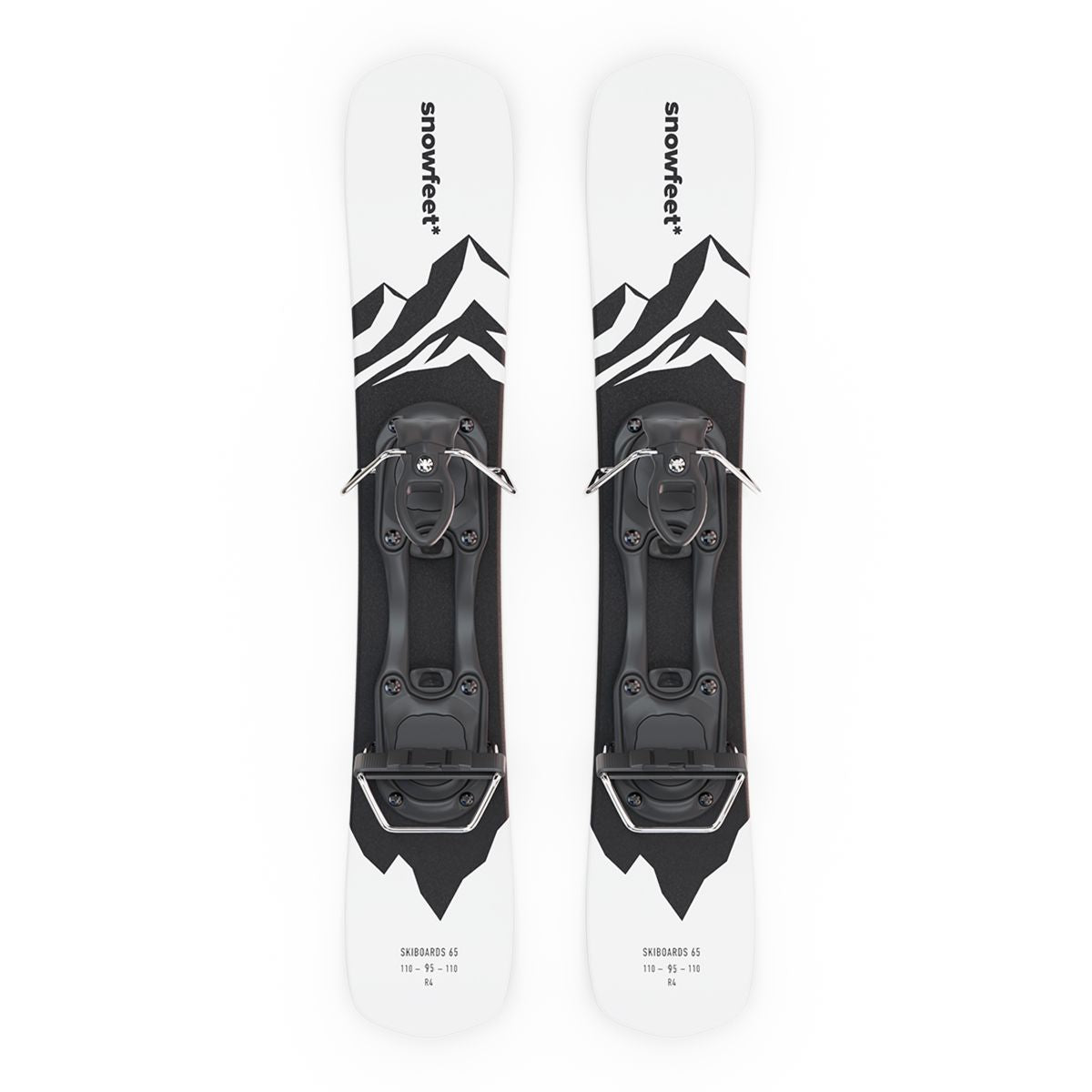
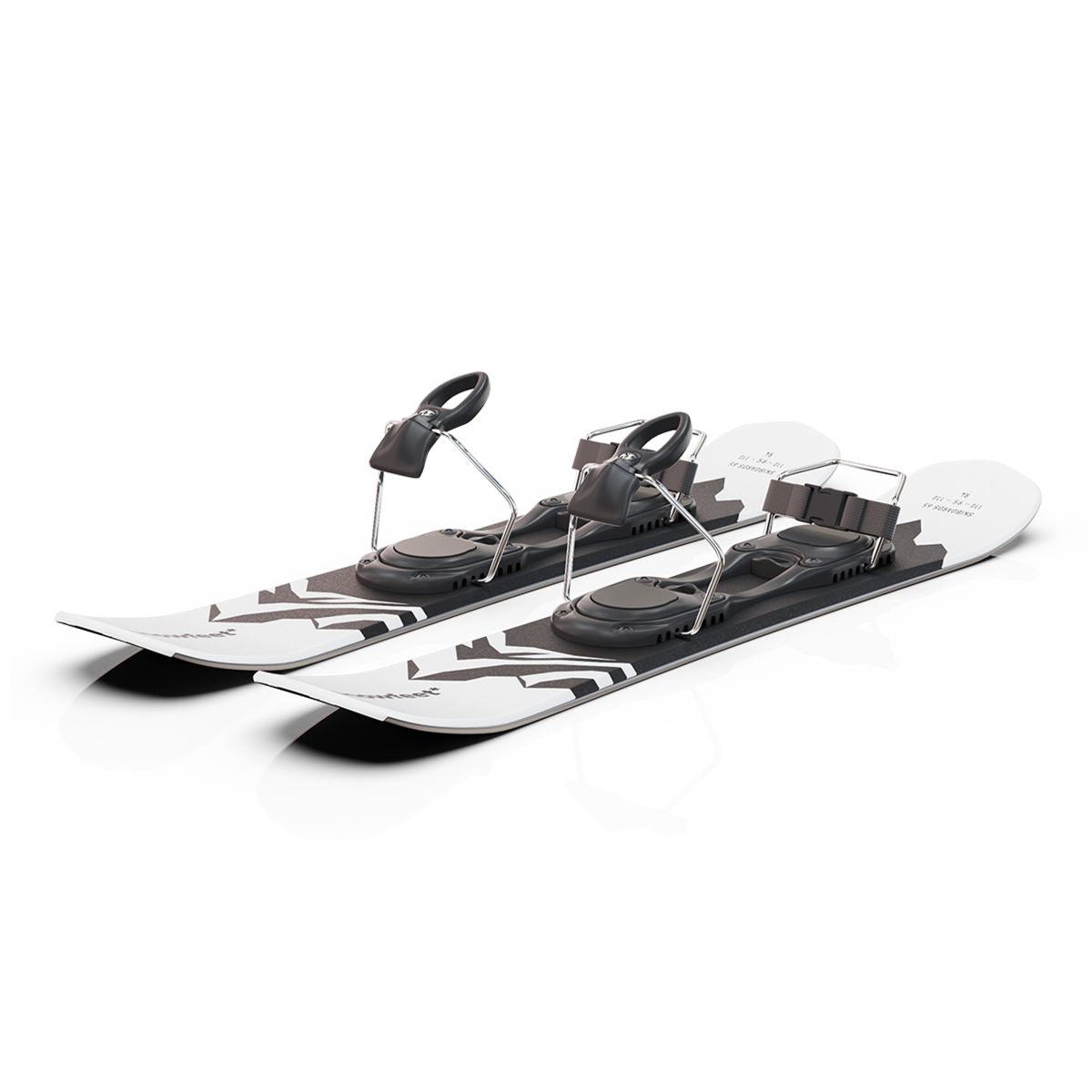
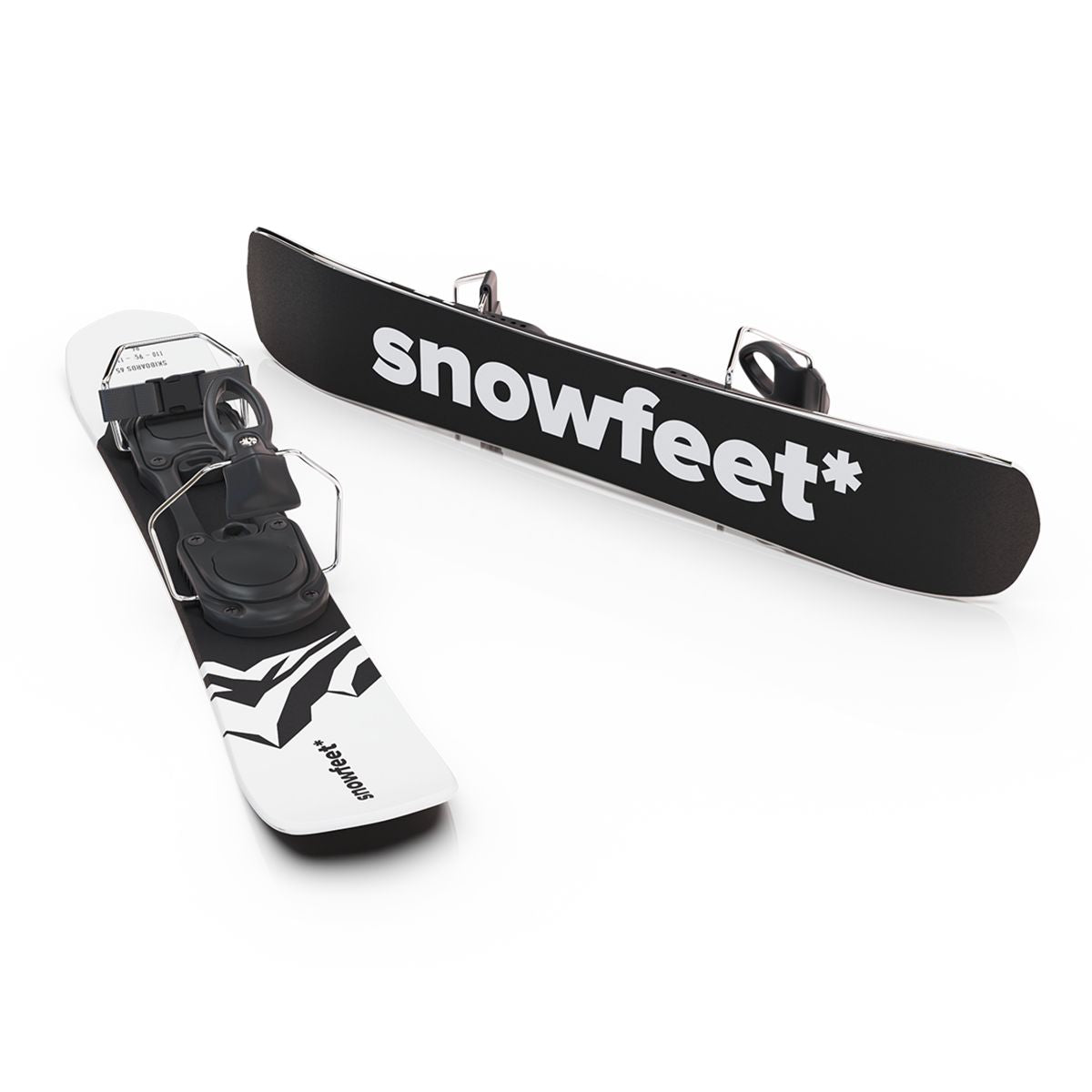
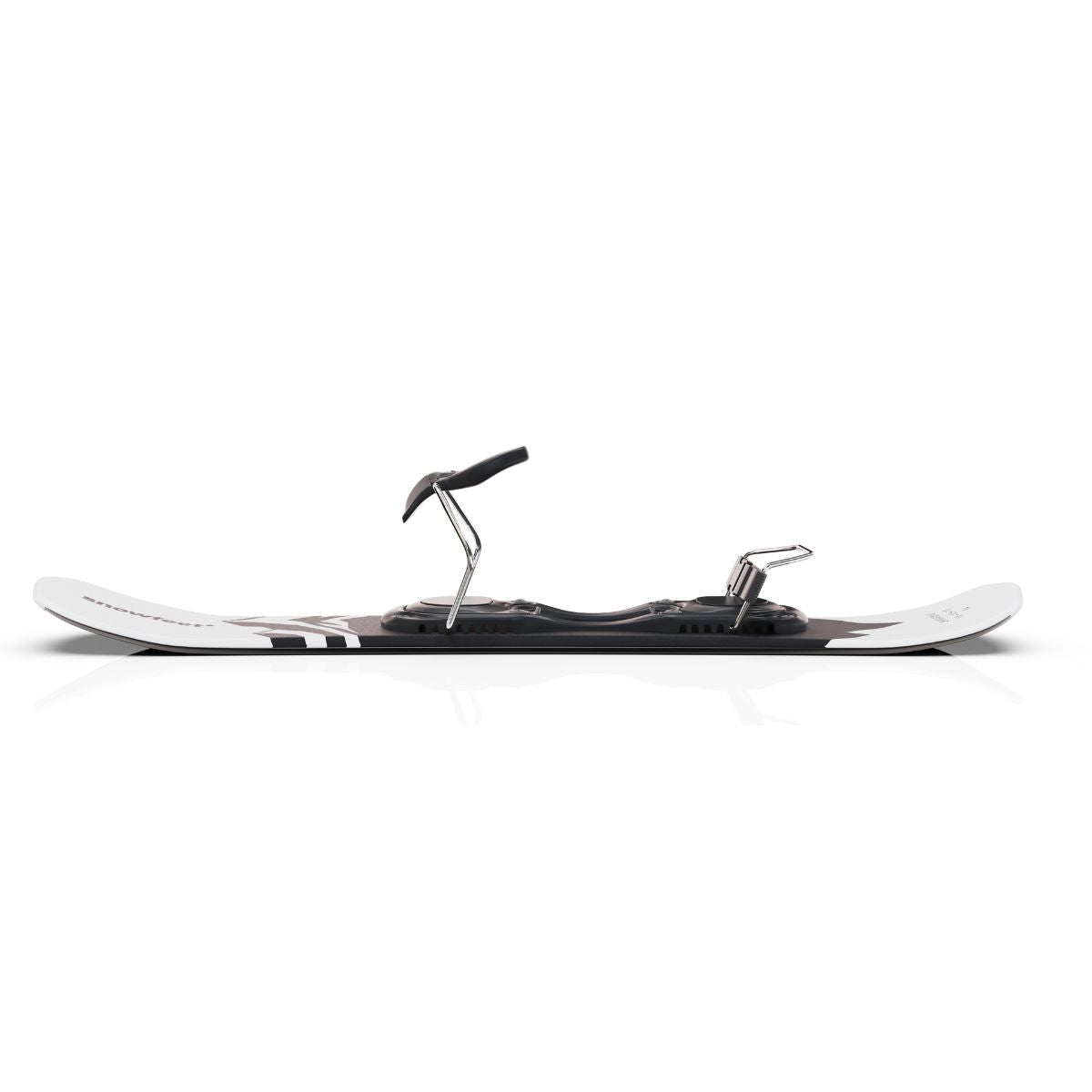
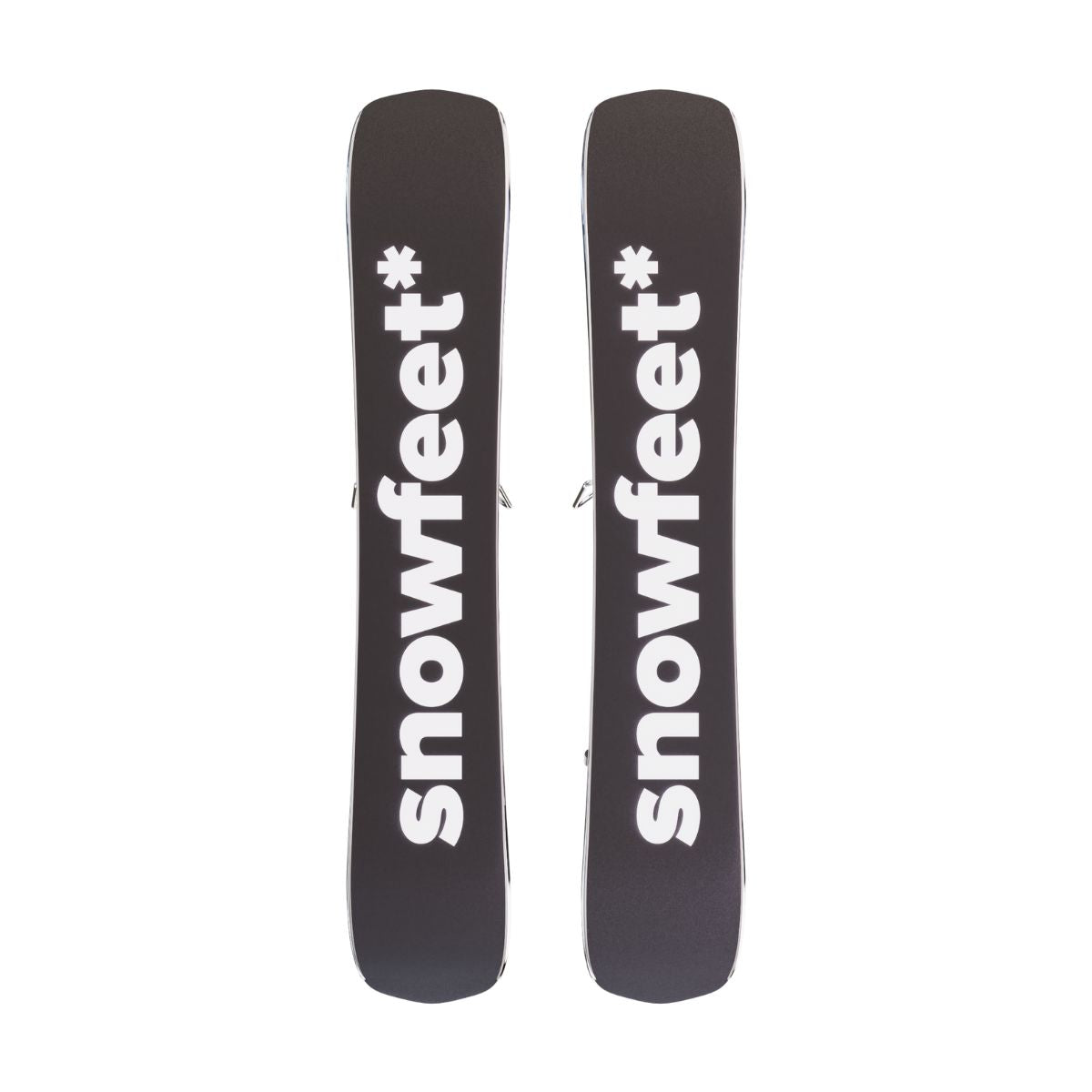
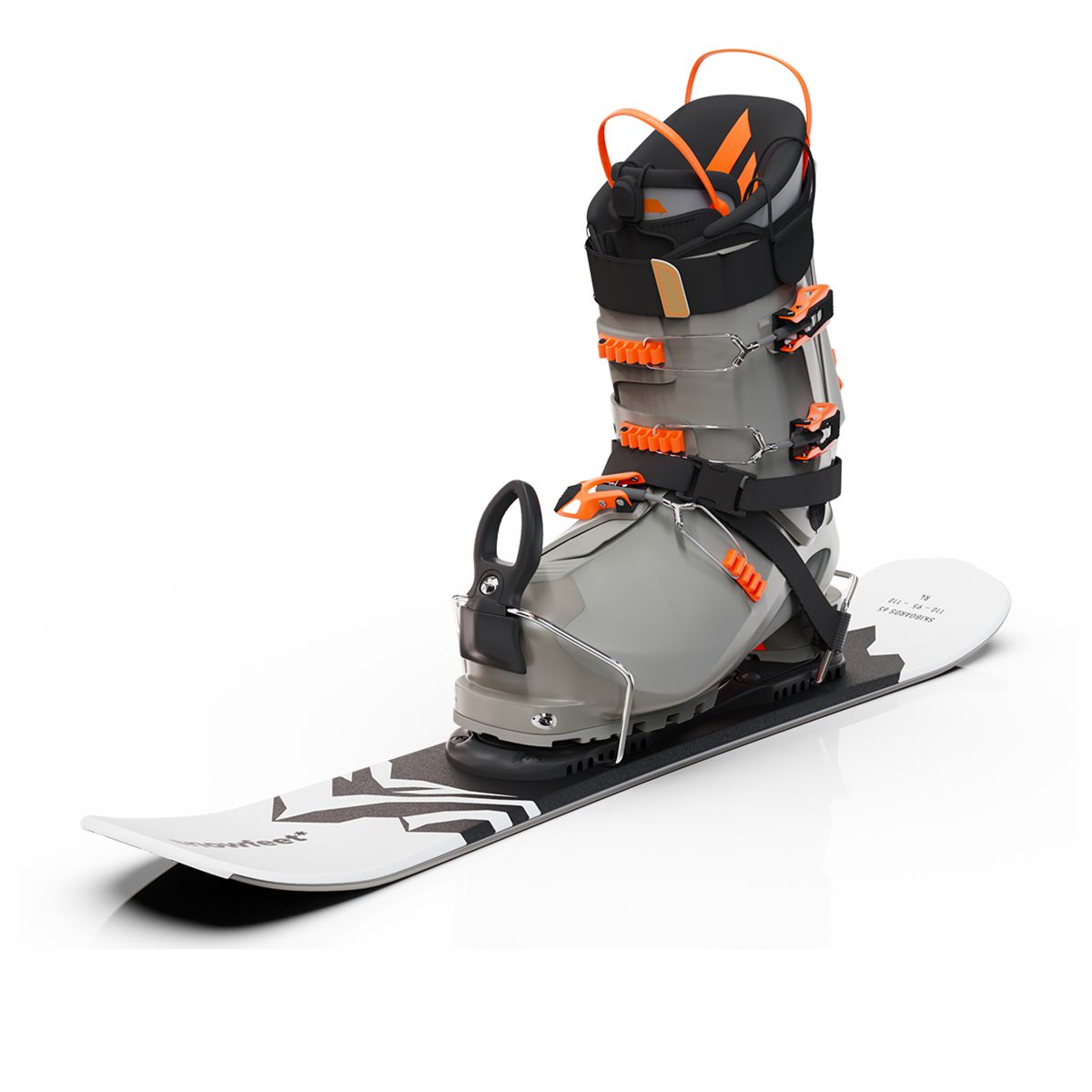
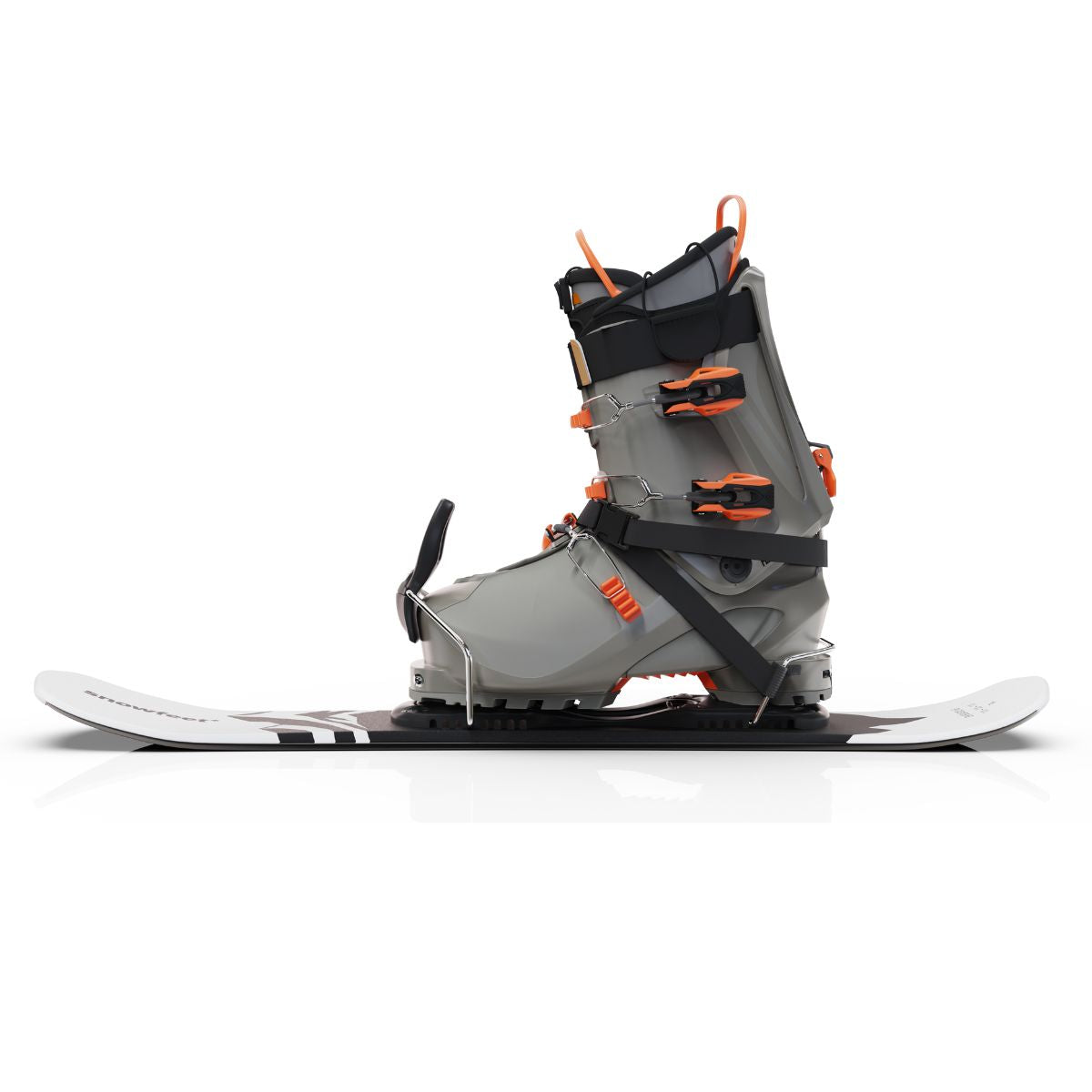







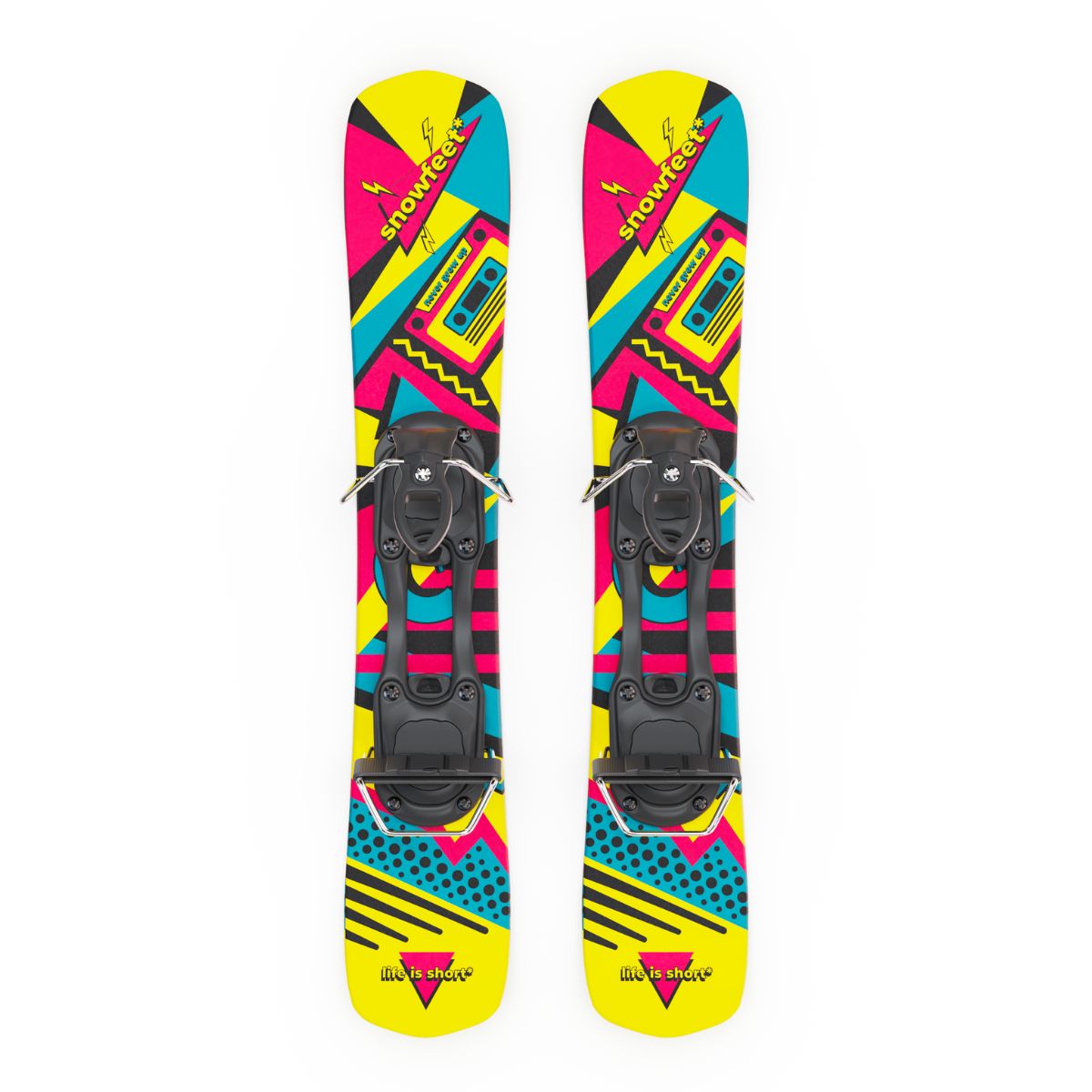
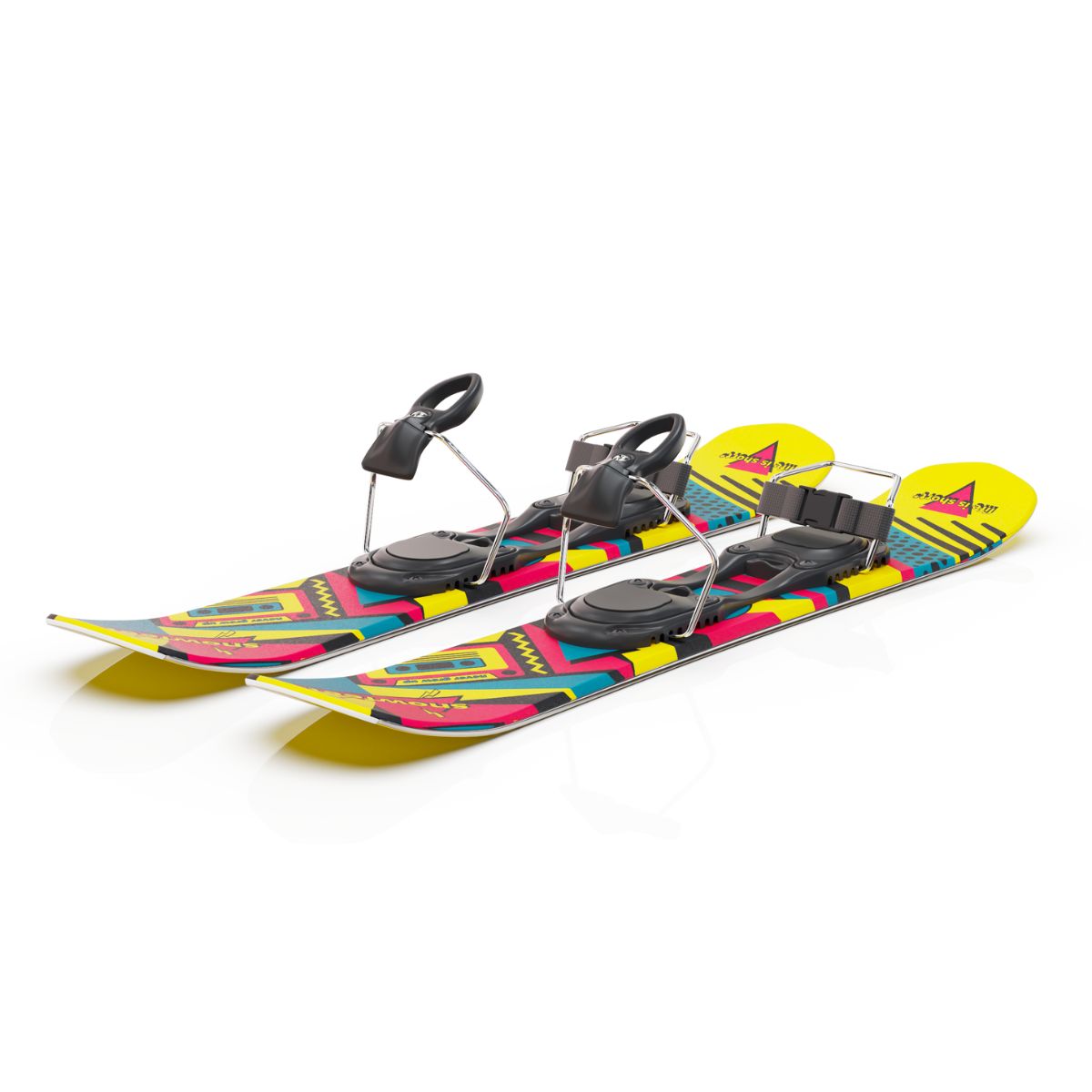
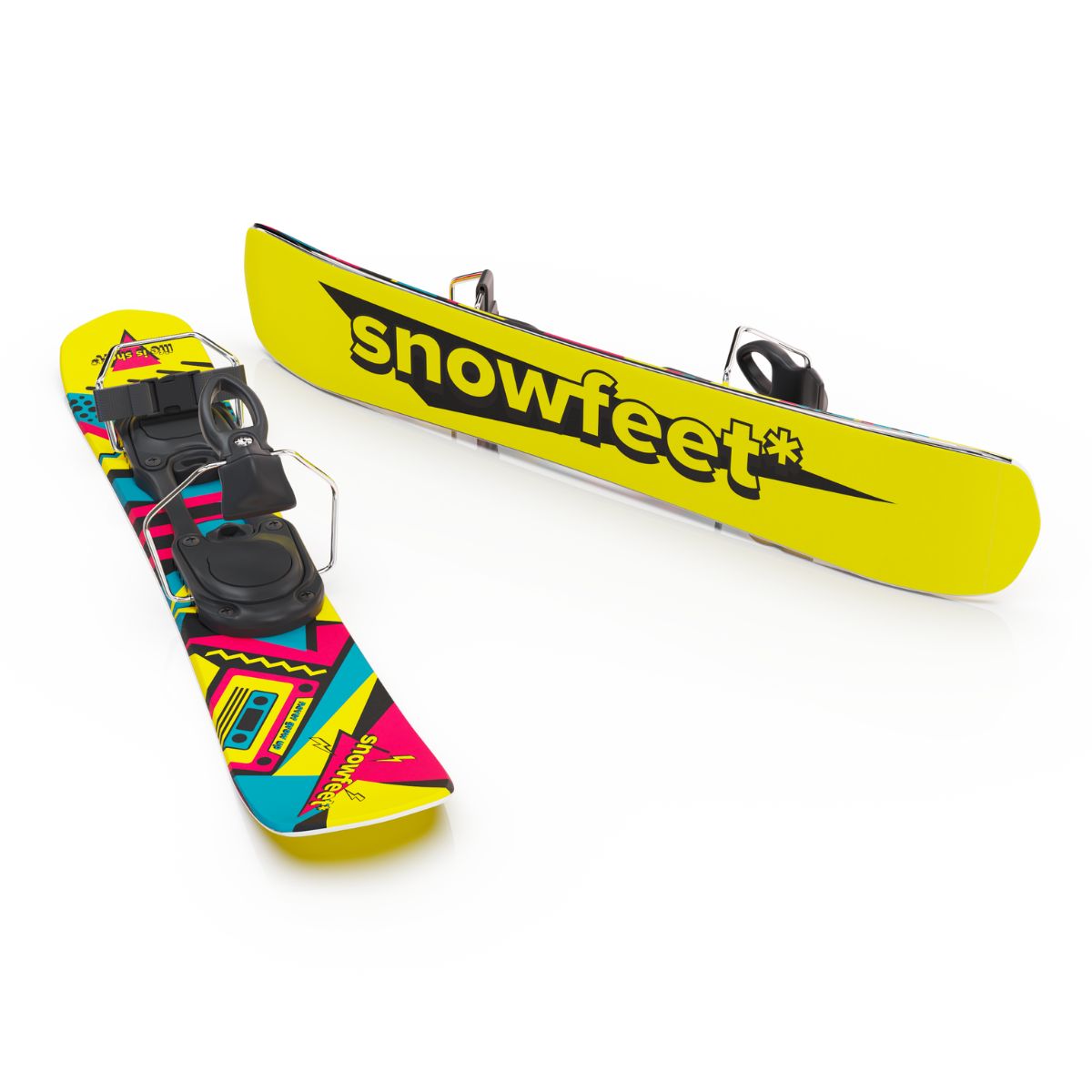
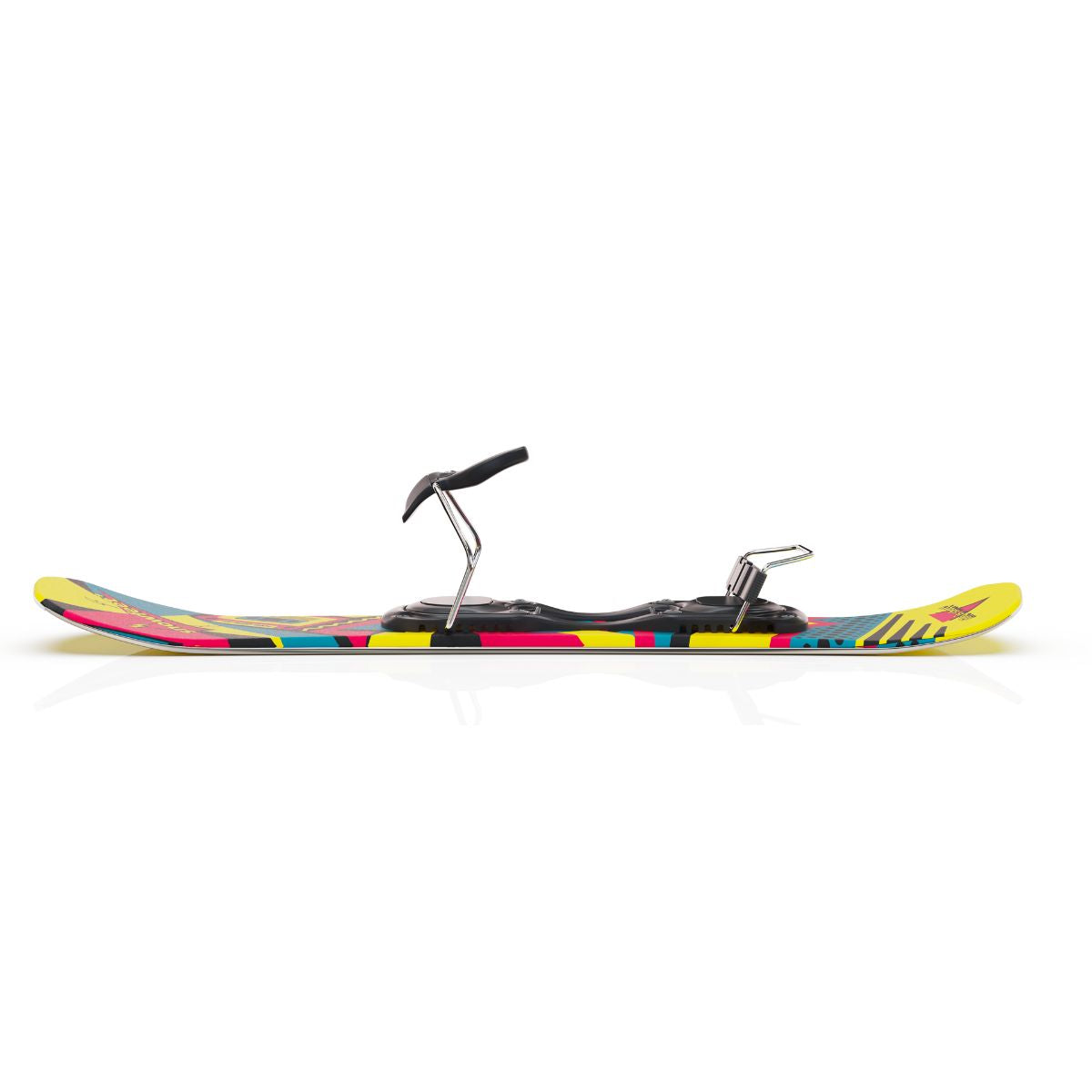
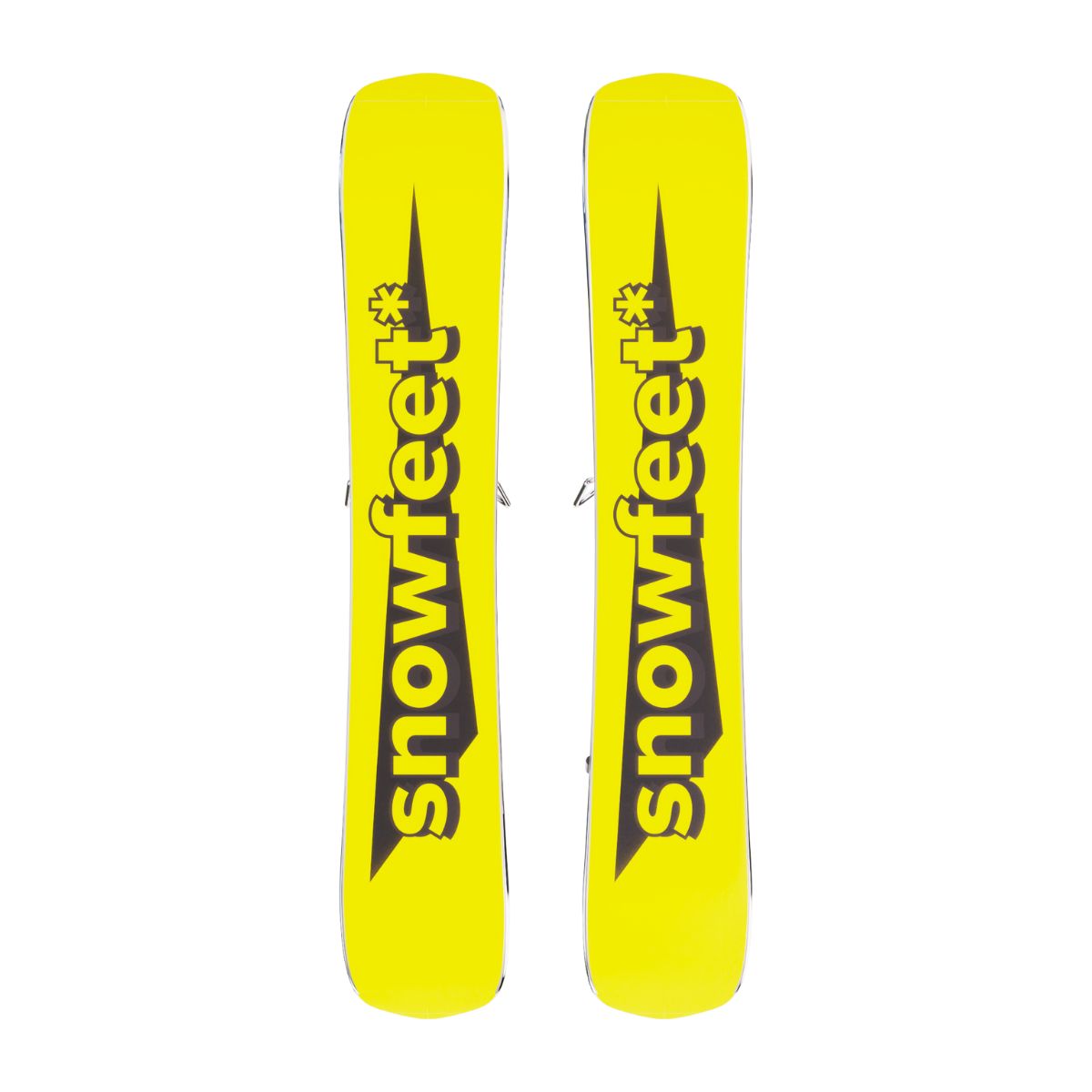
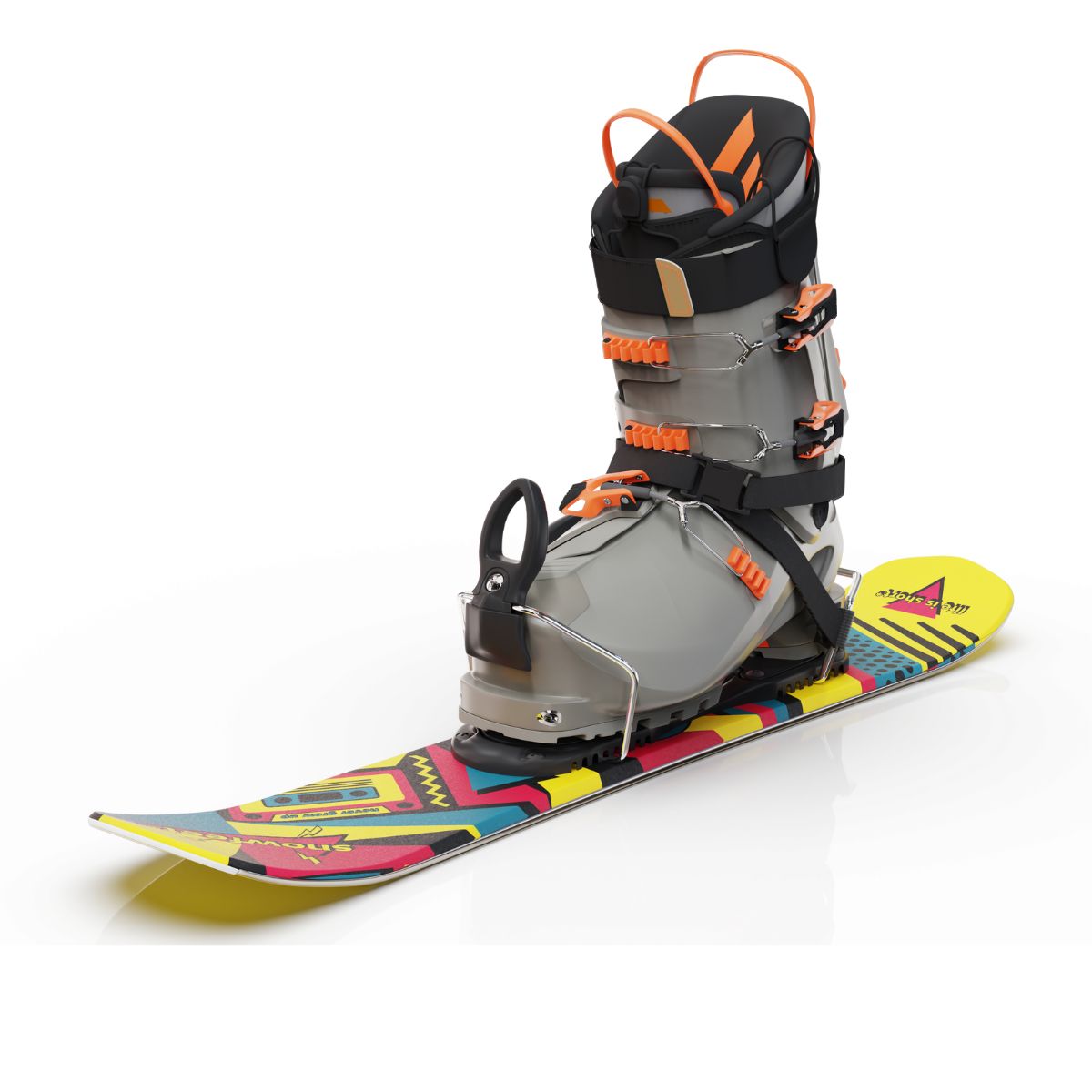
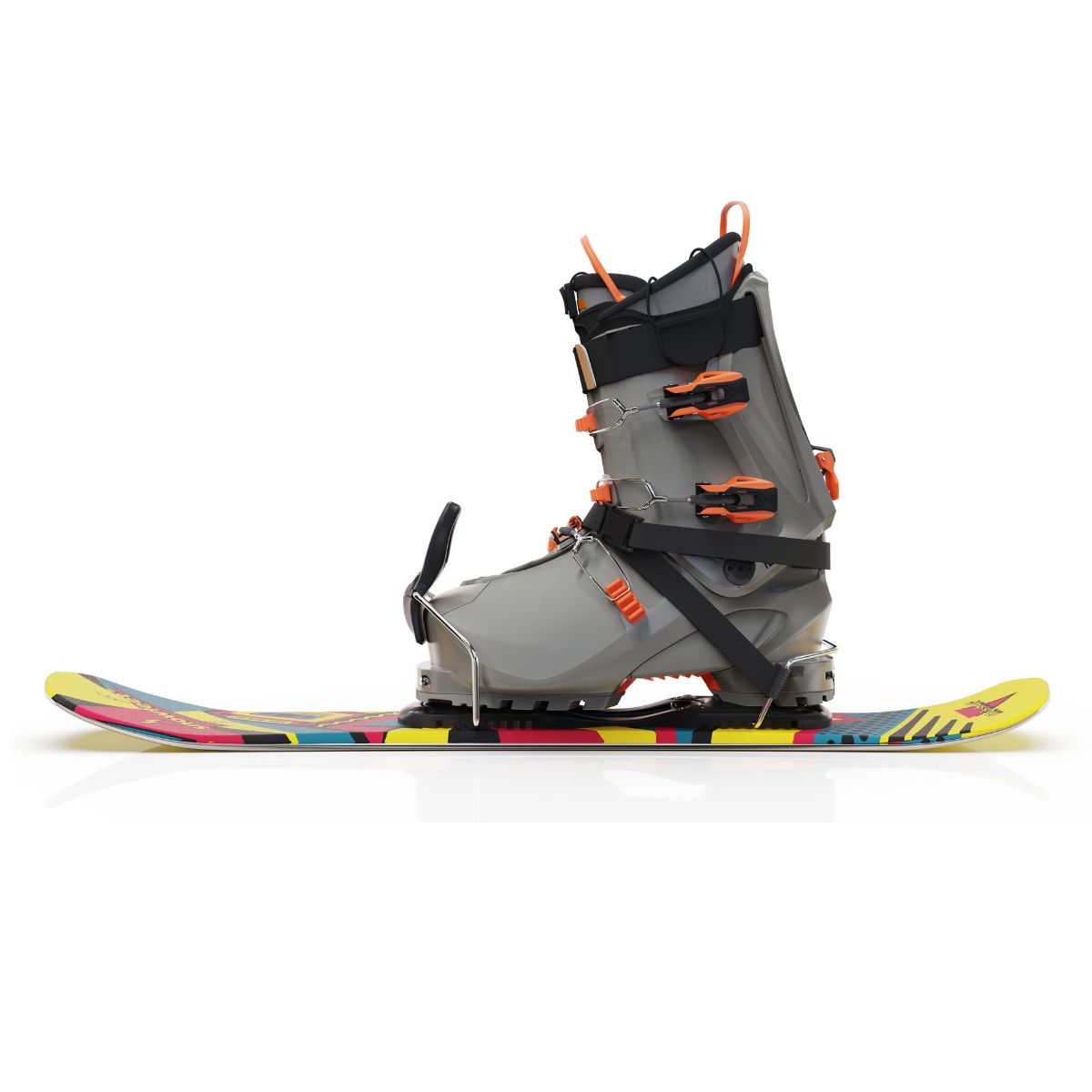
Free Shipping | 3 Business Days
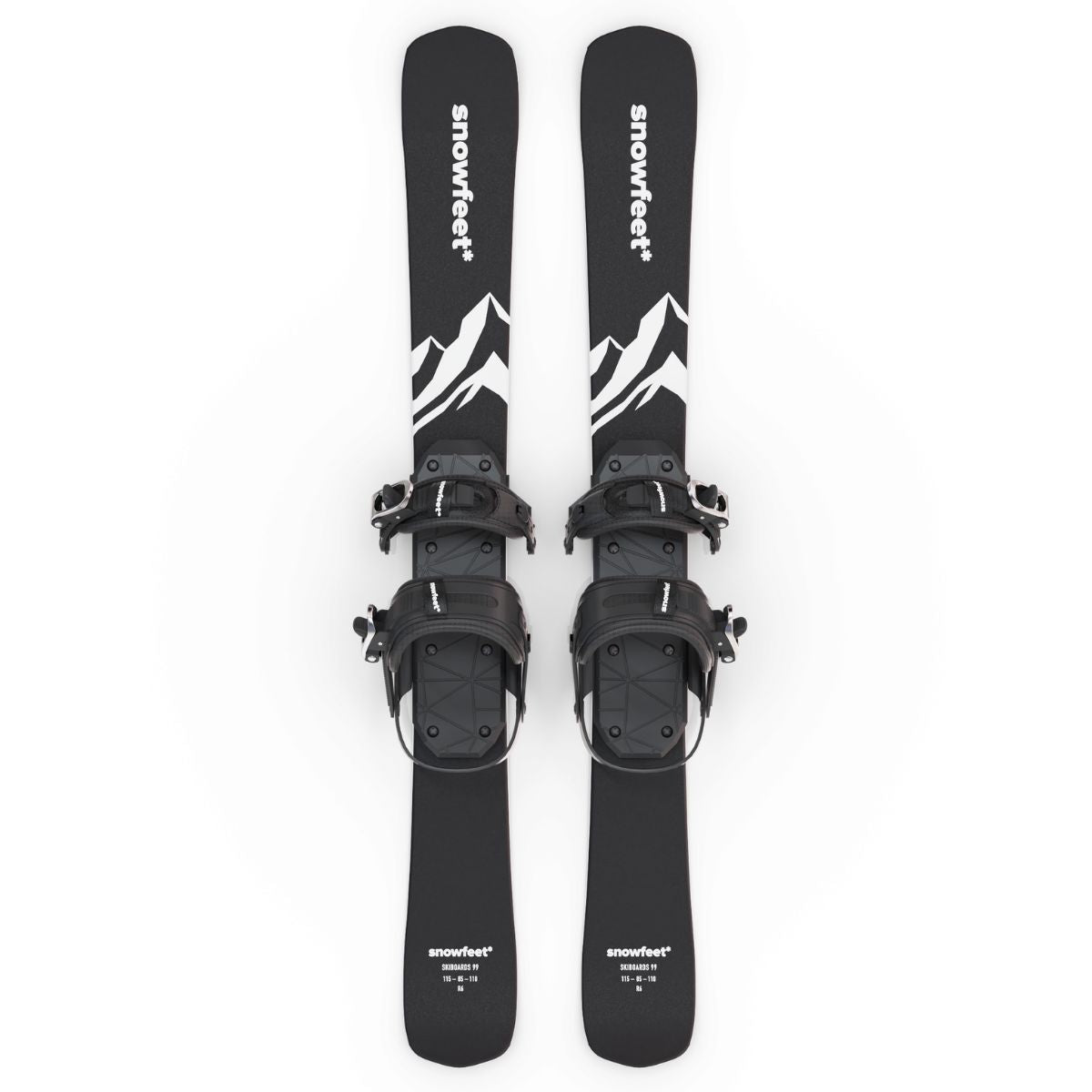

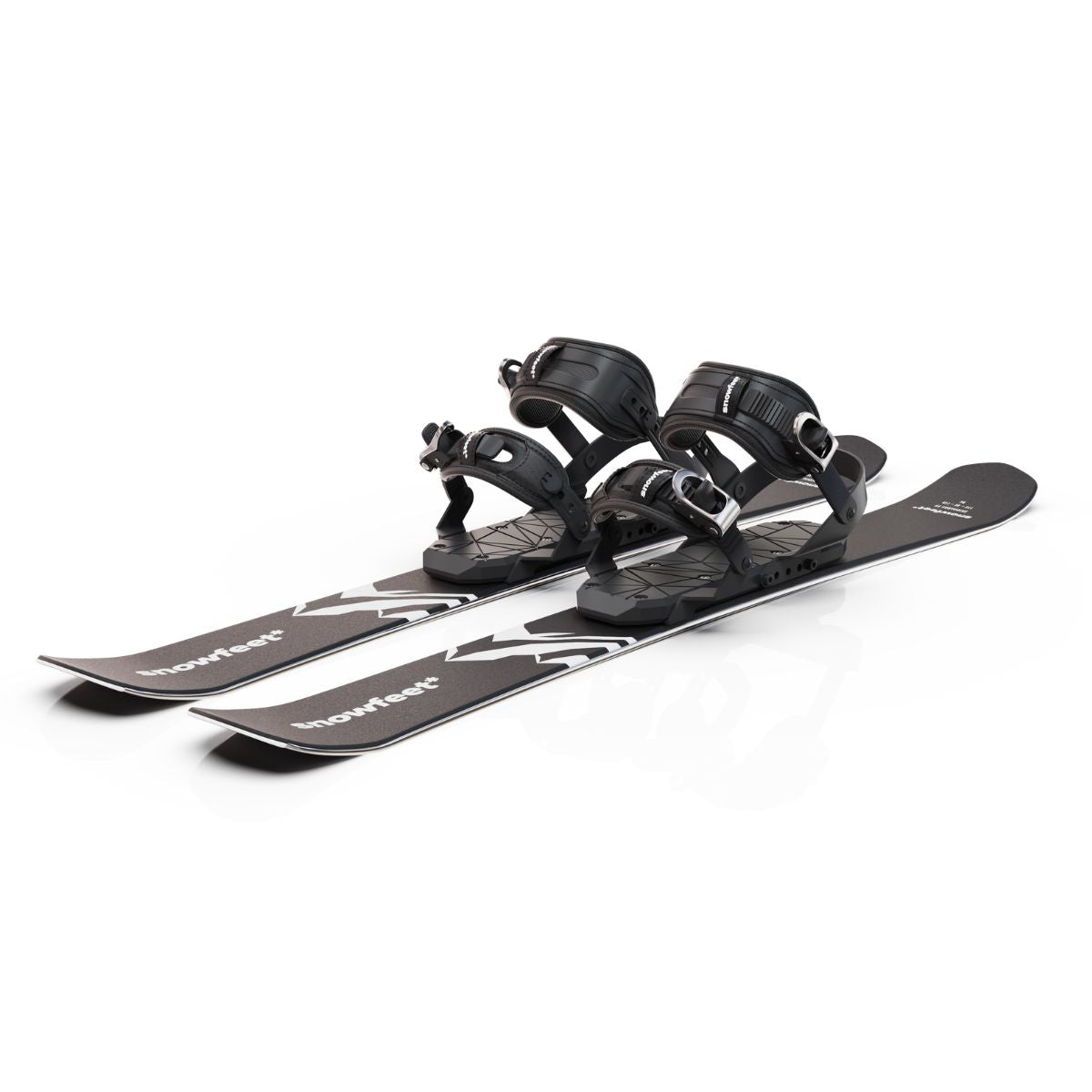

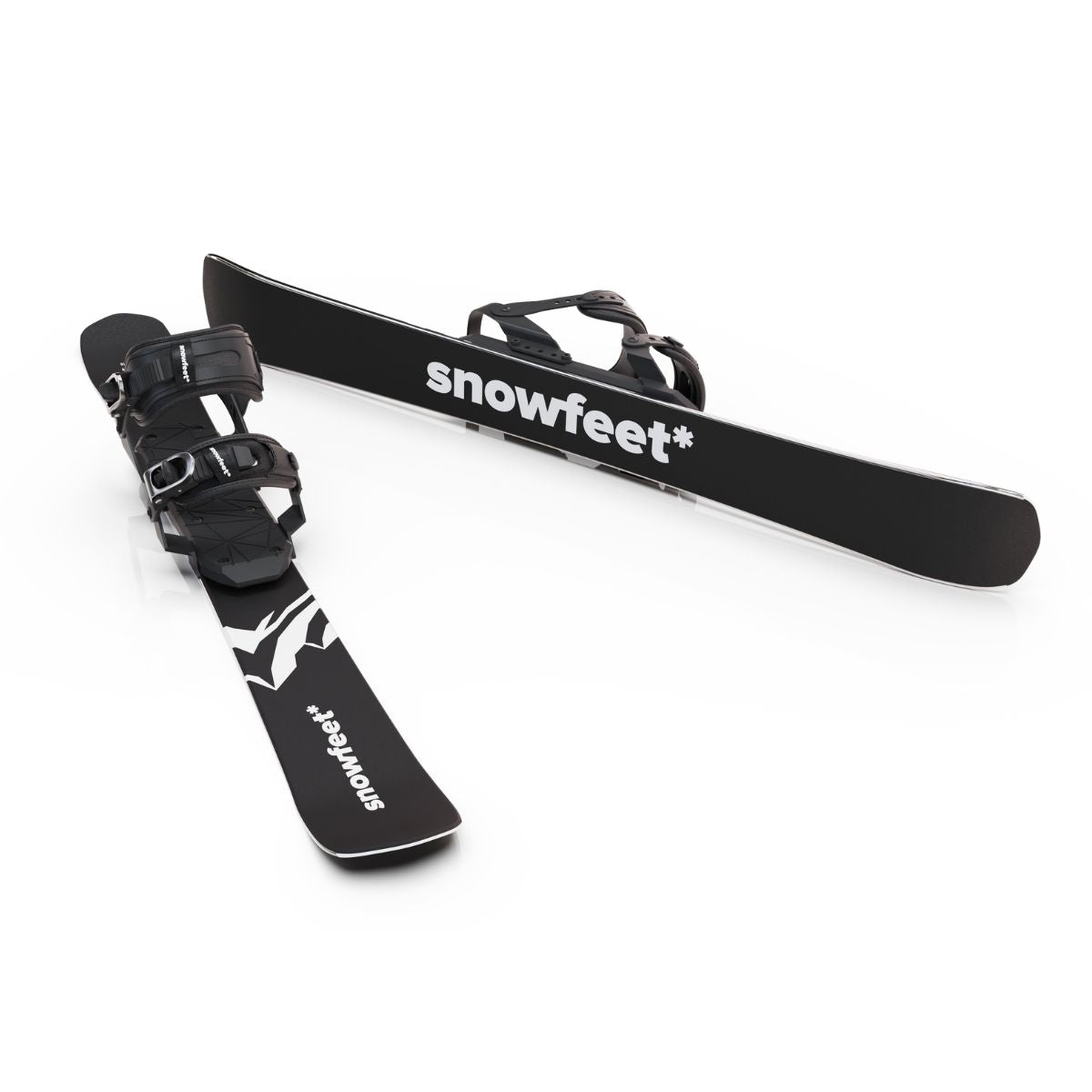

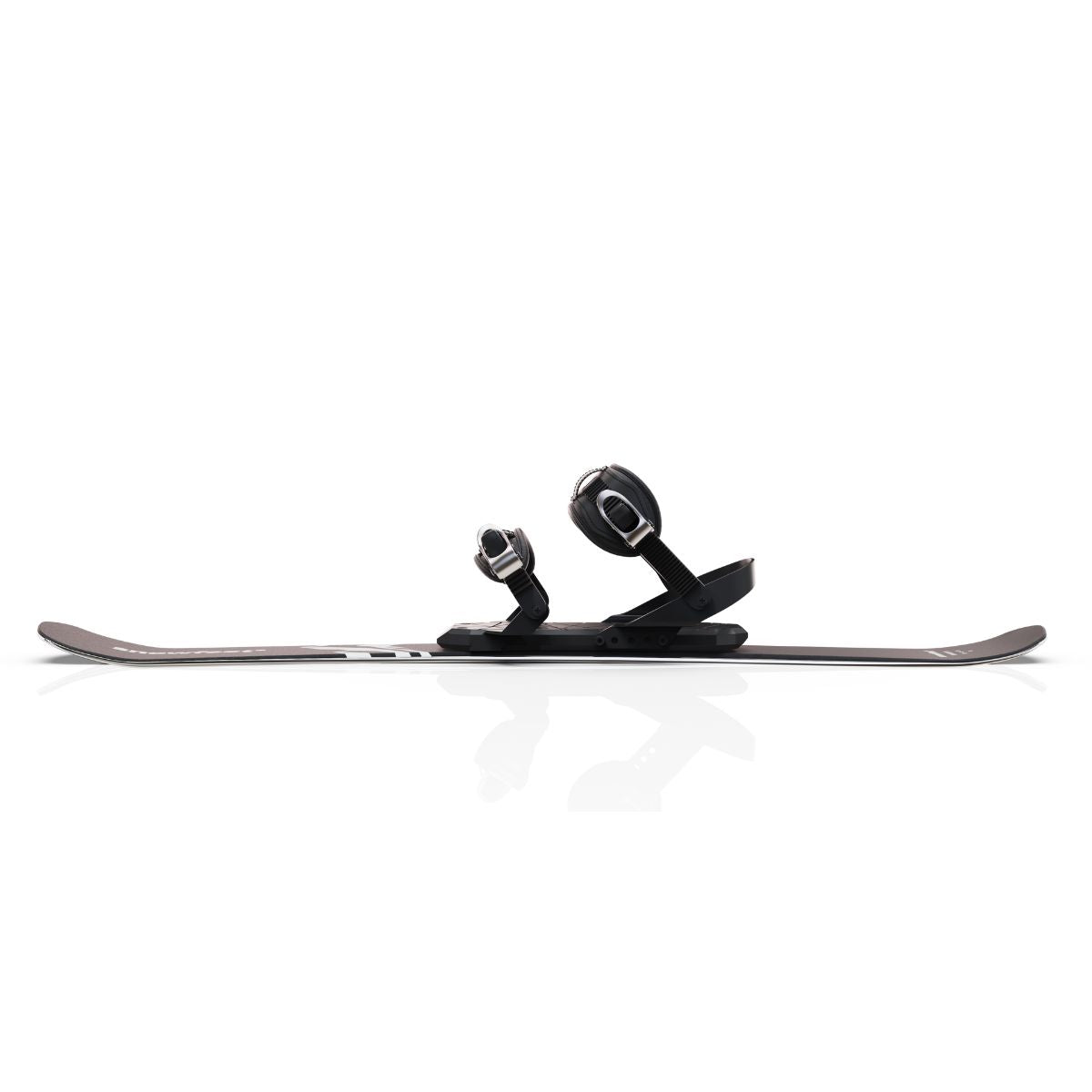
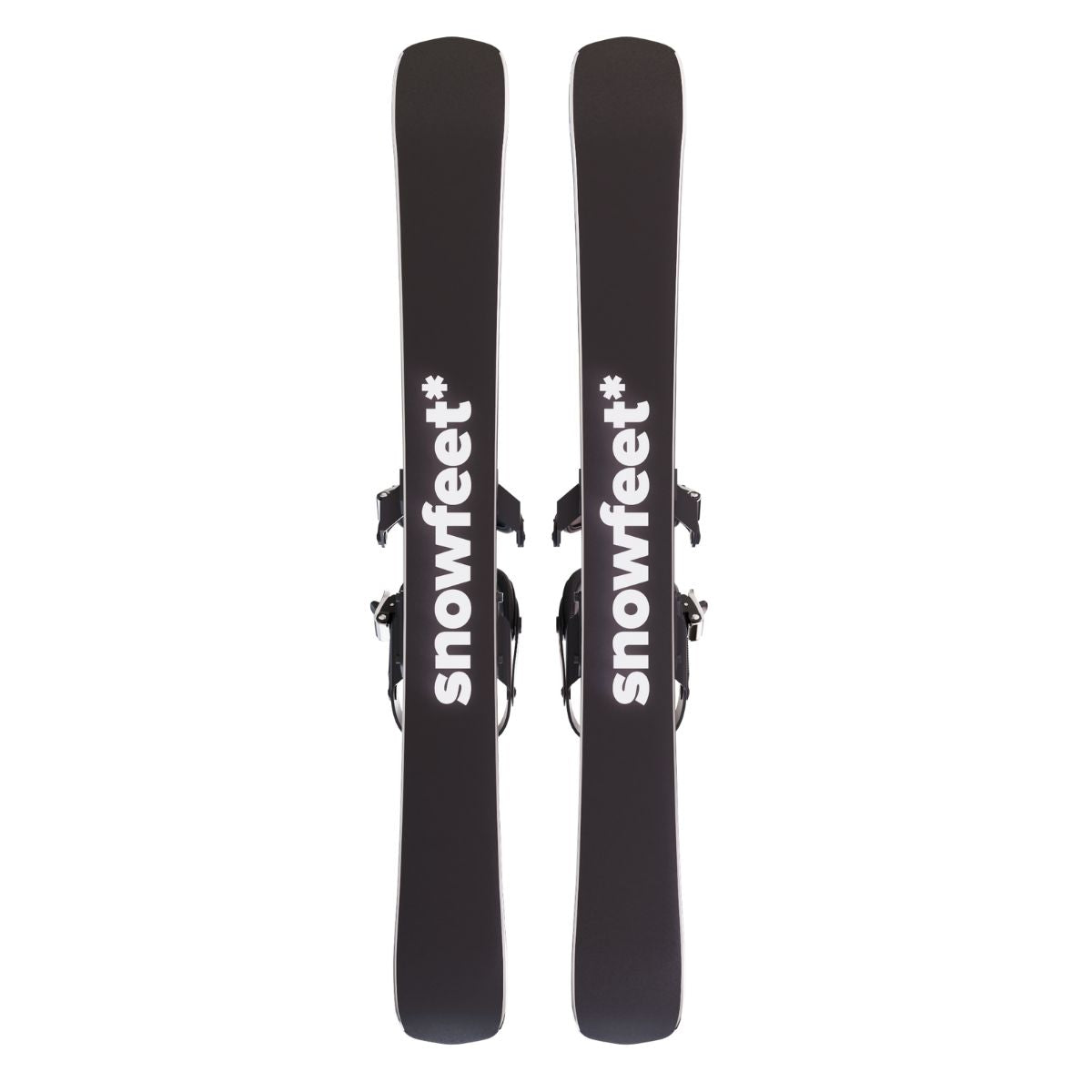
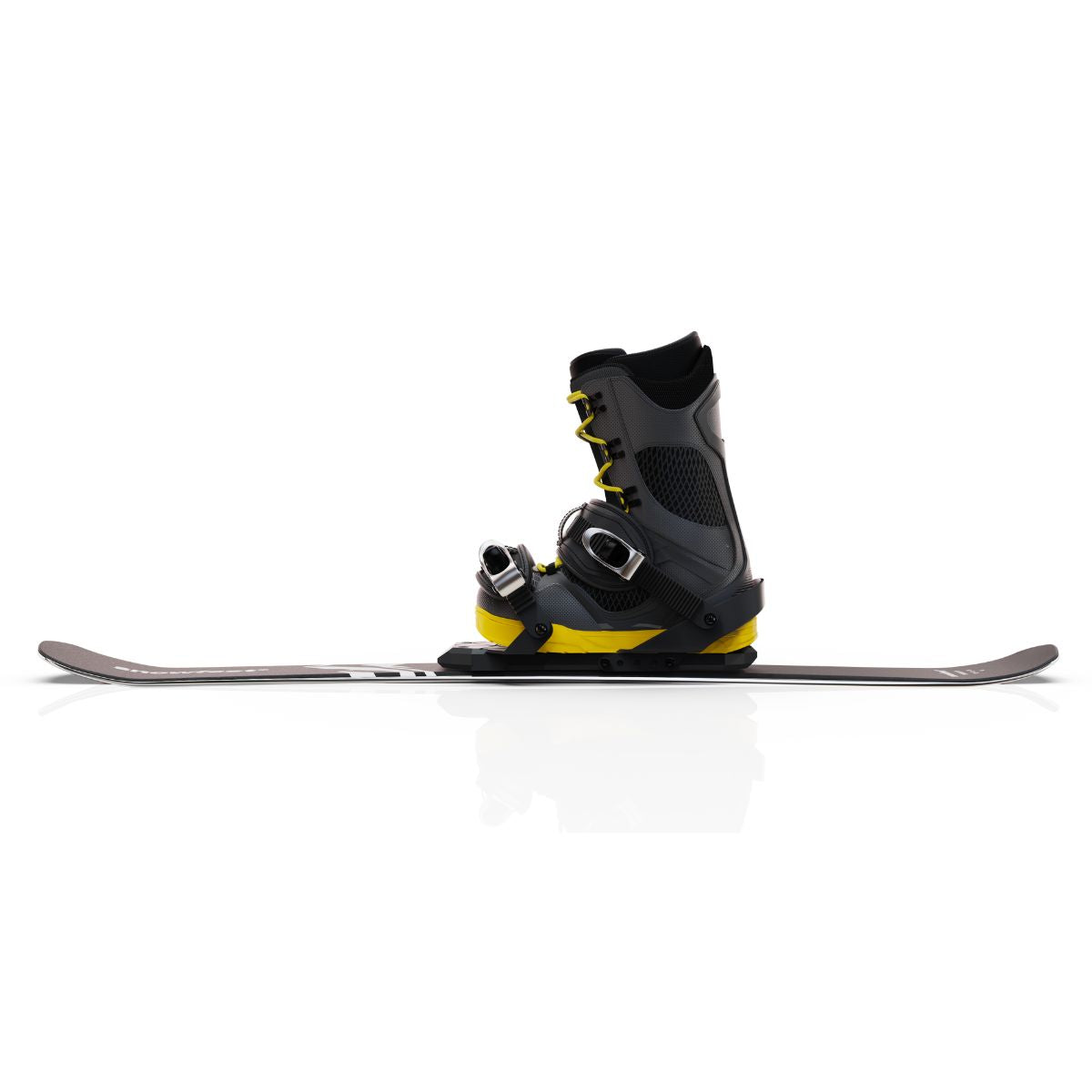

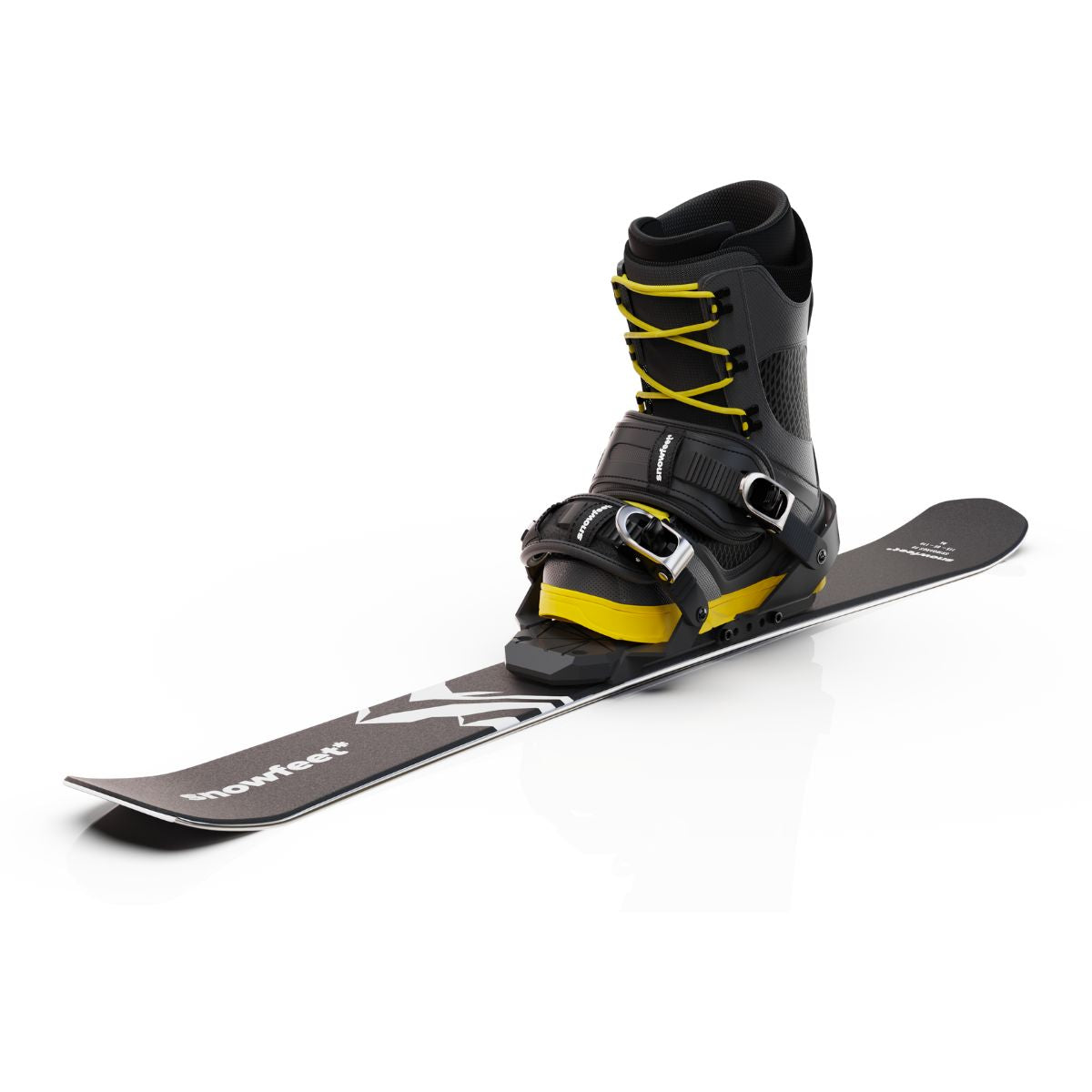





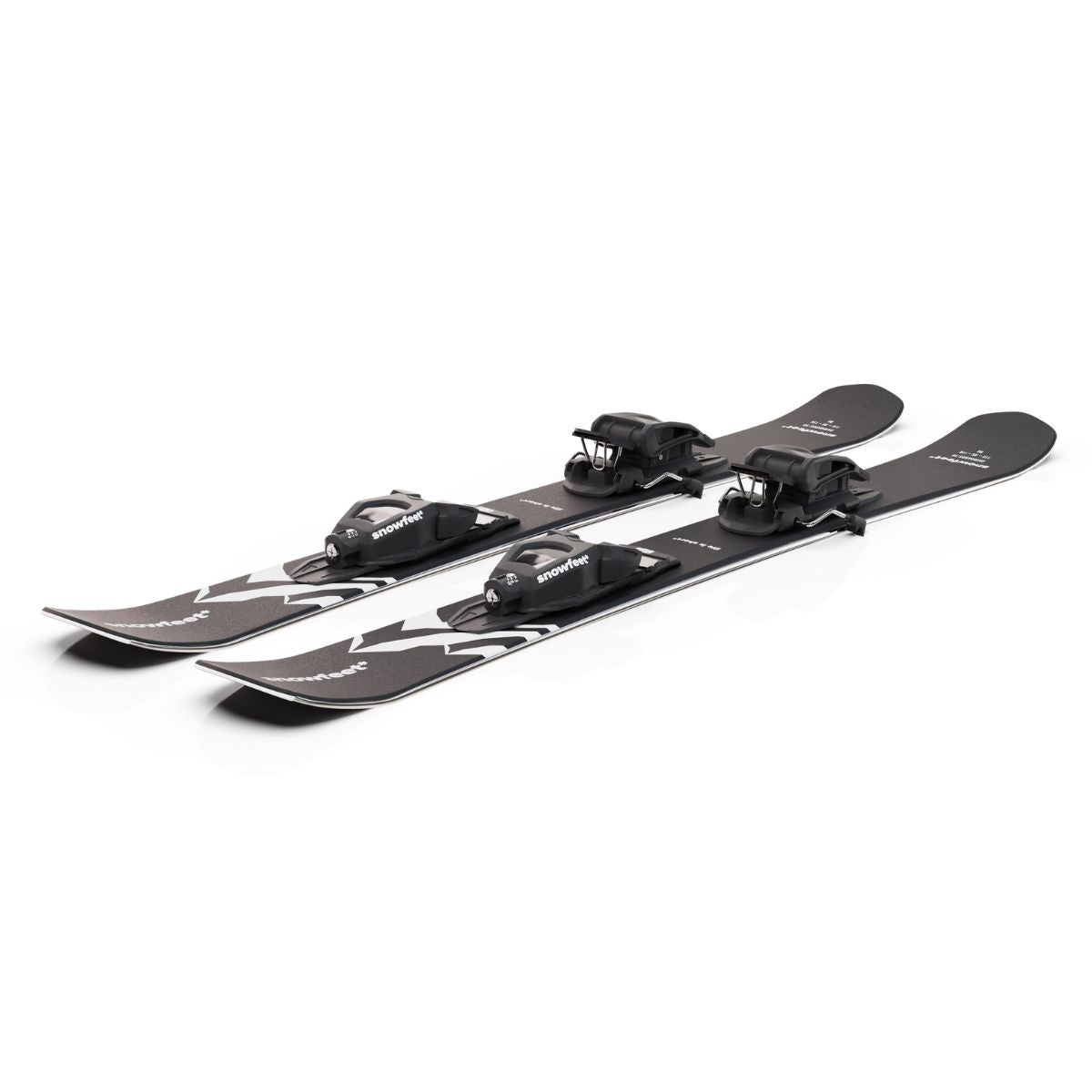
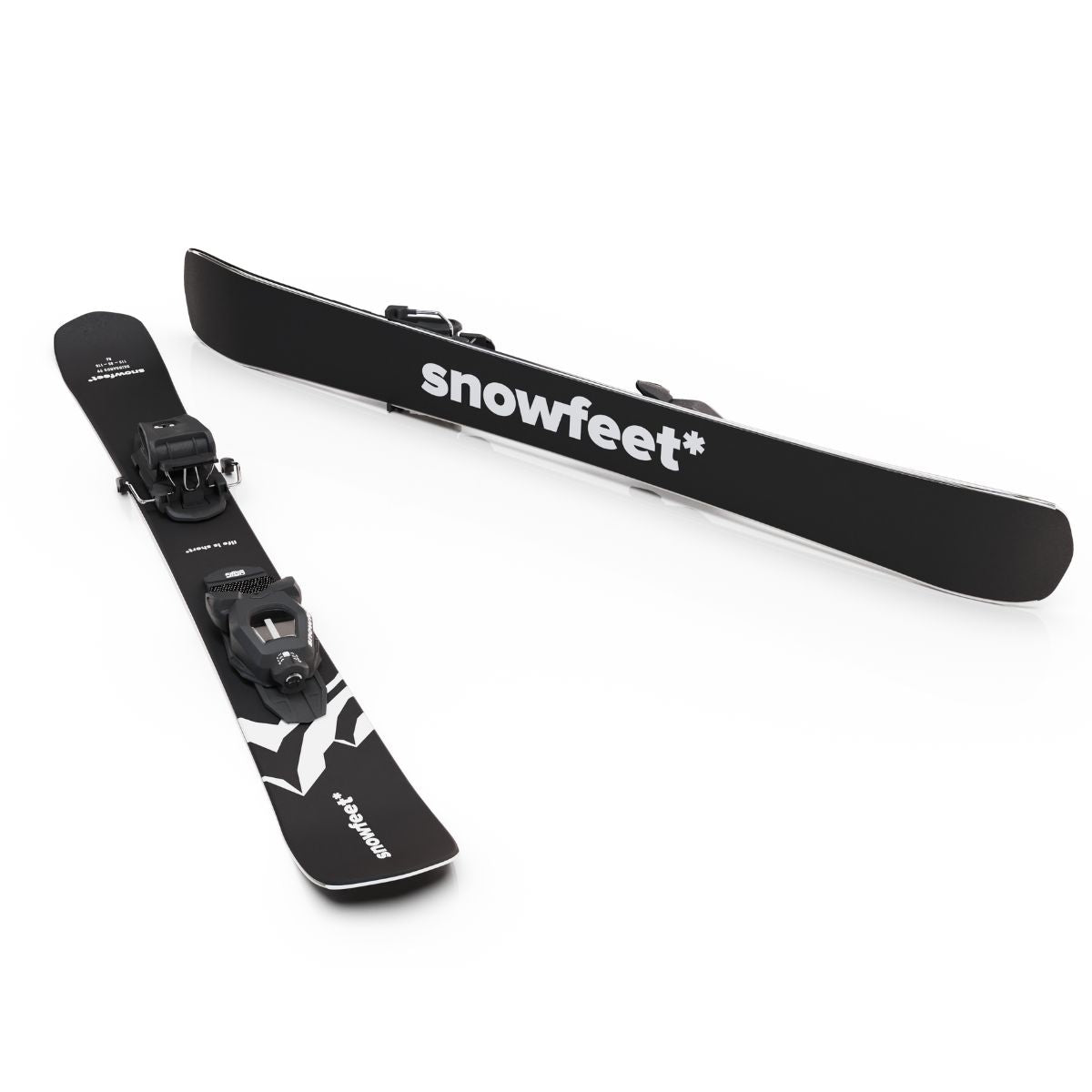
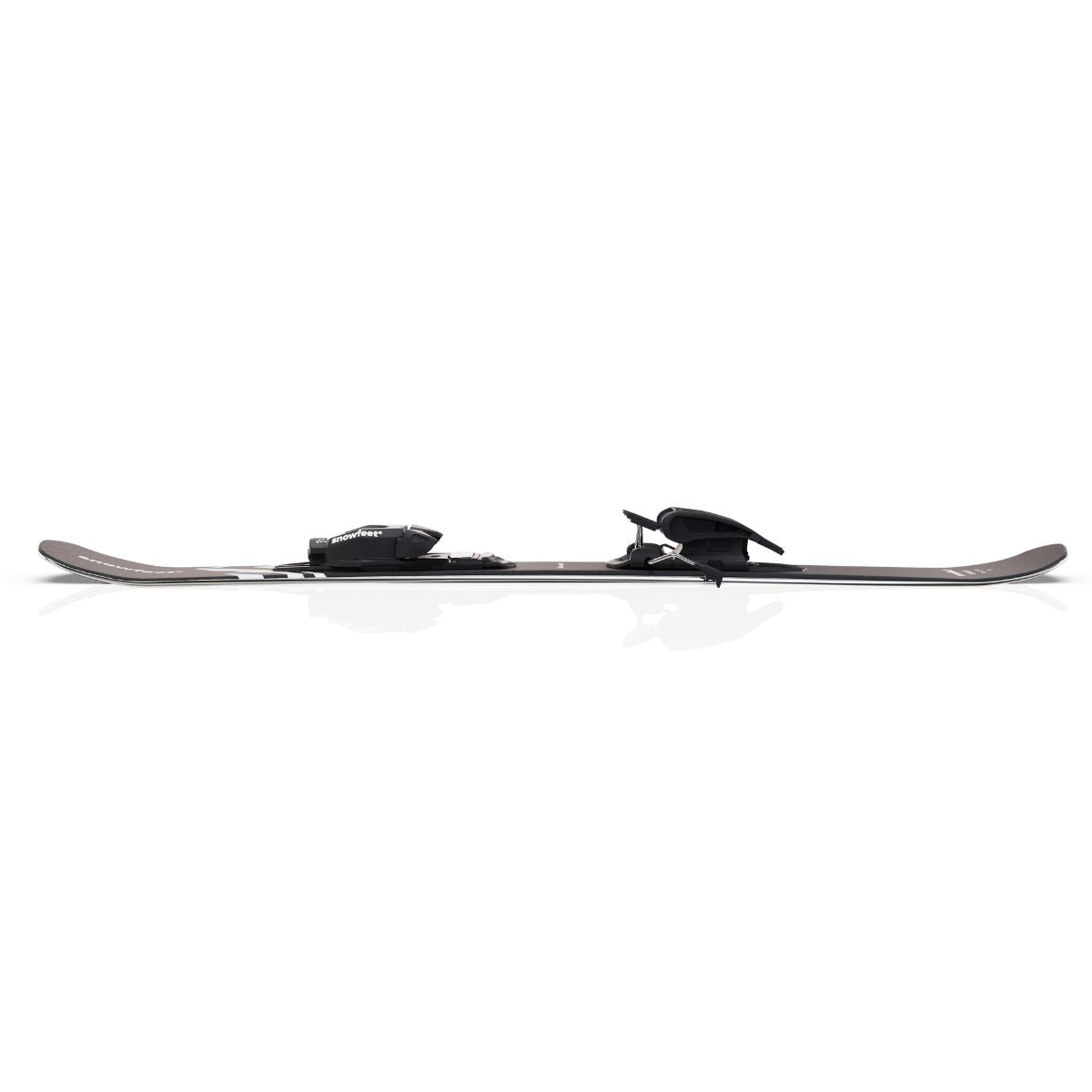
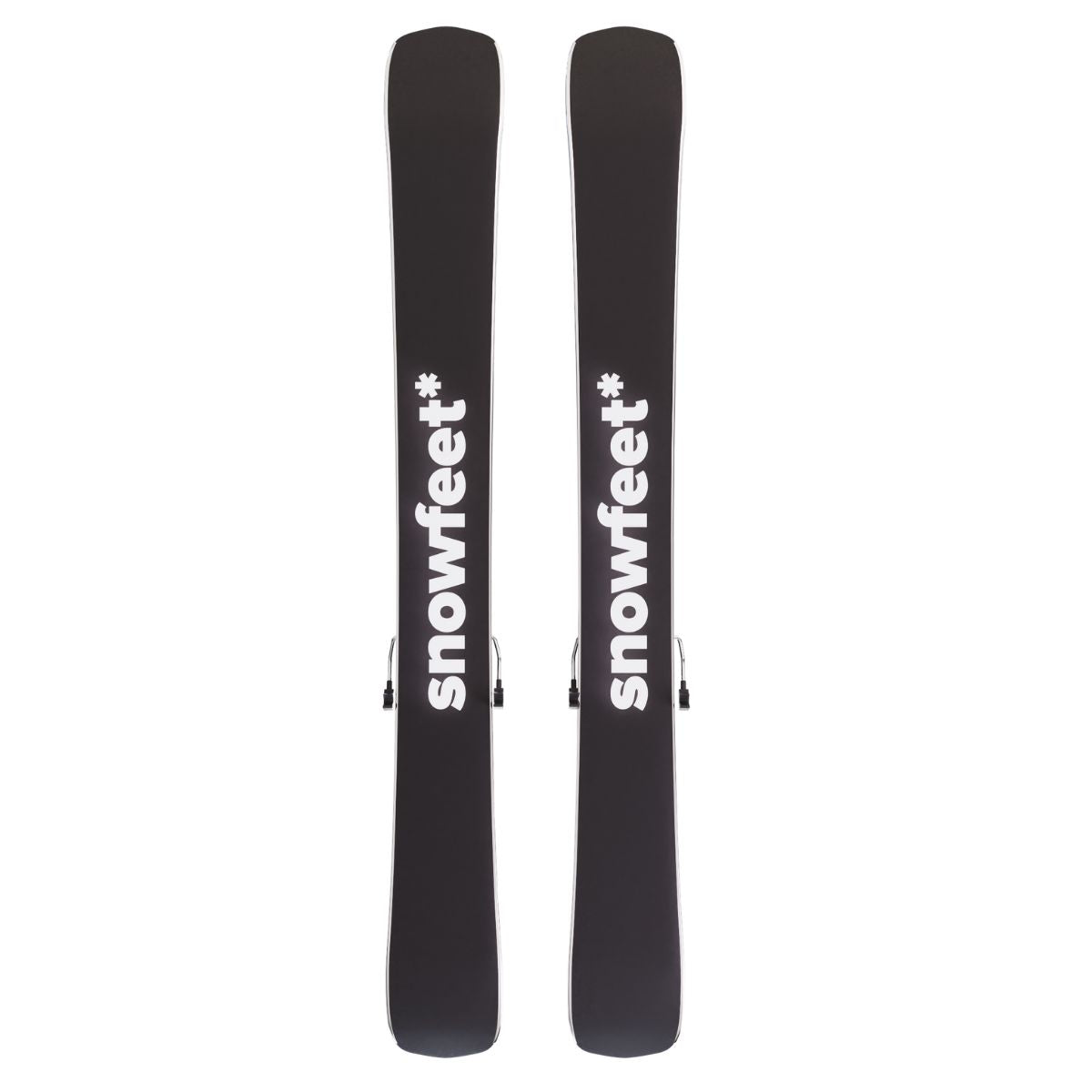


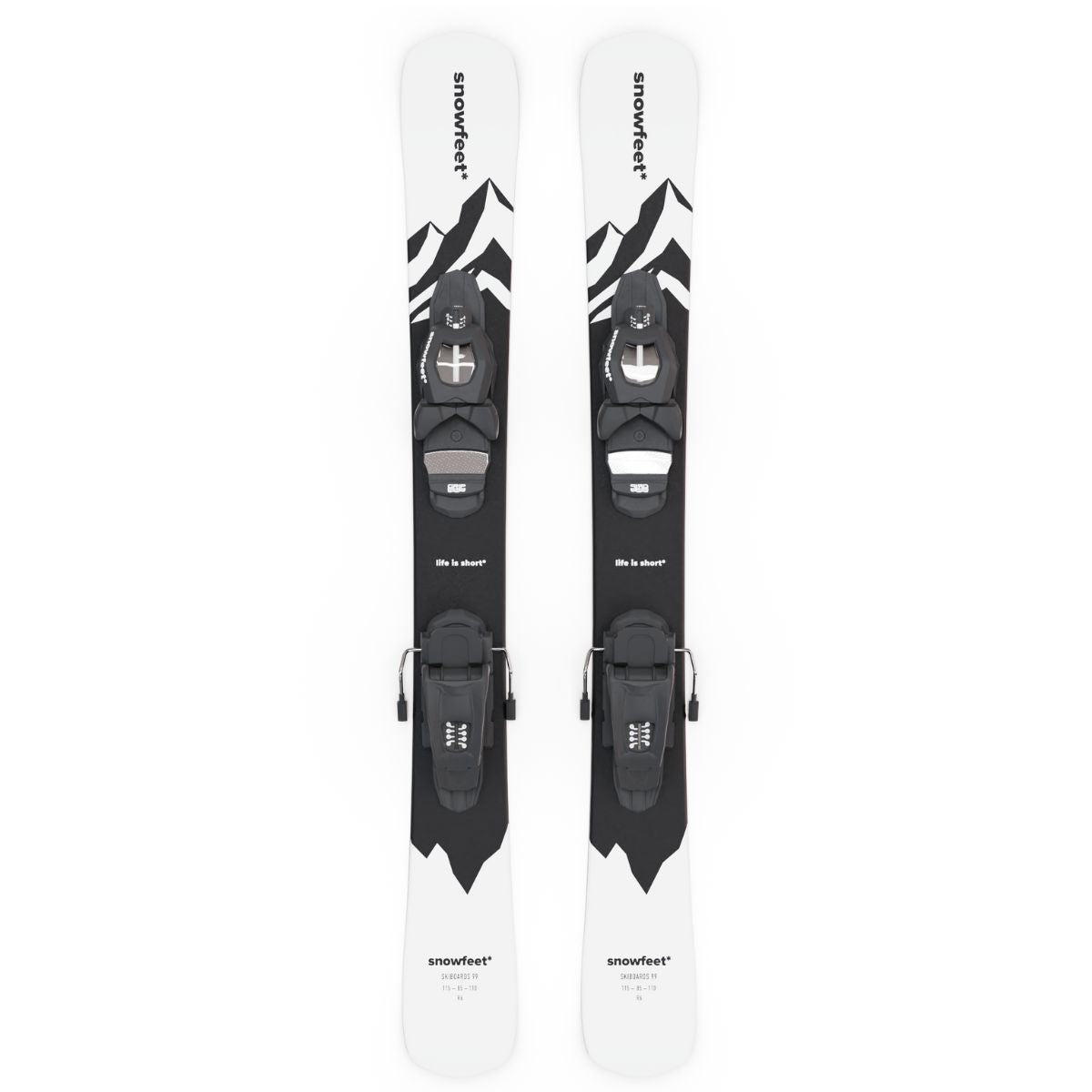
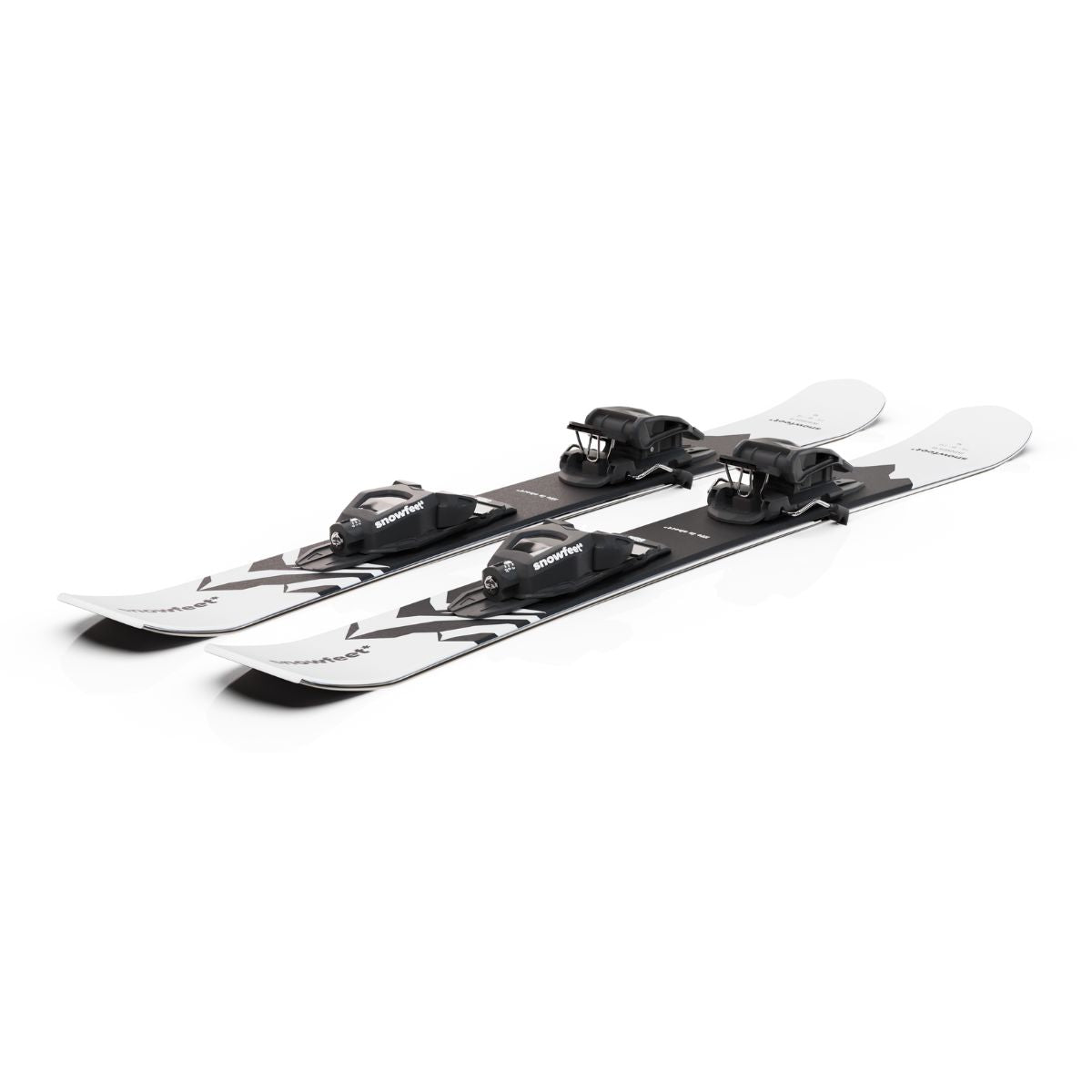
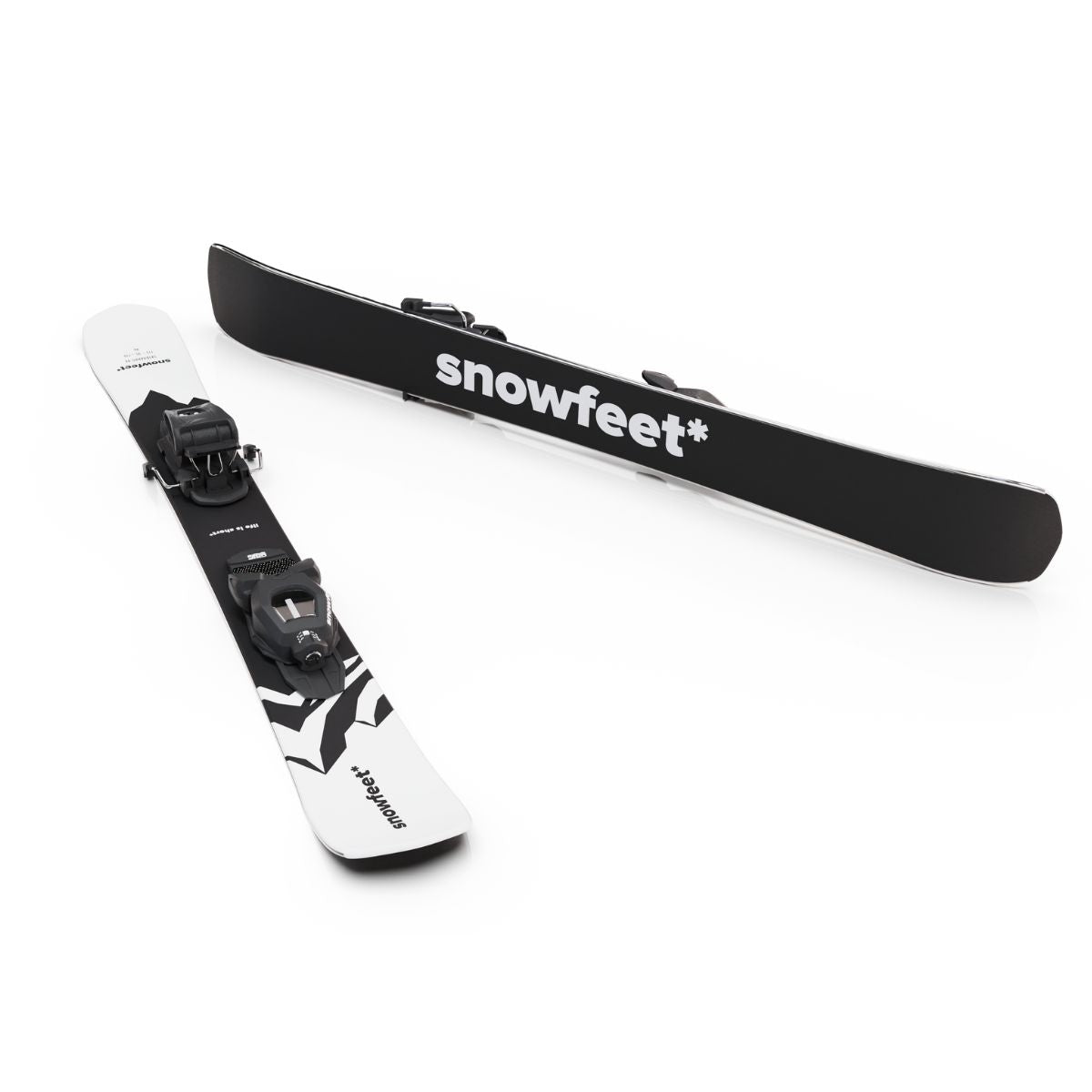
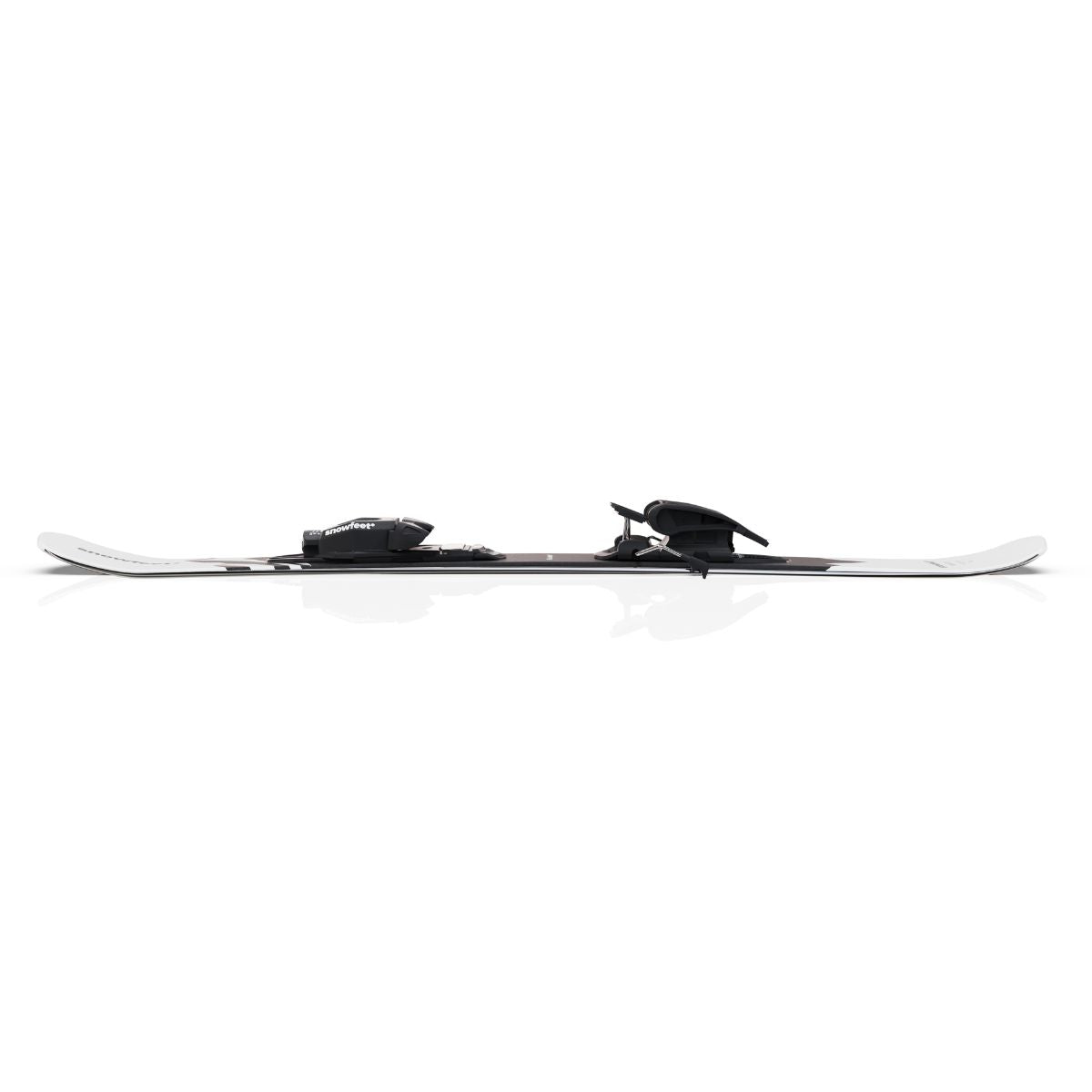
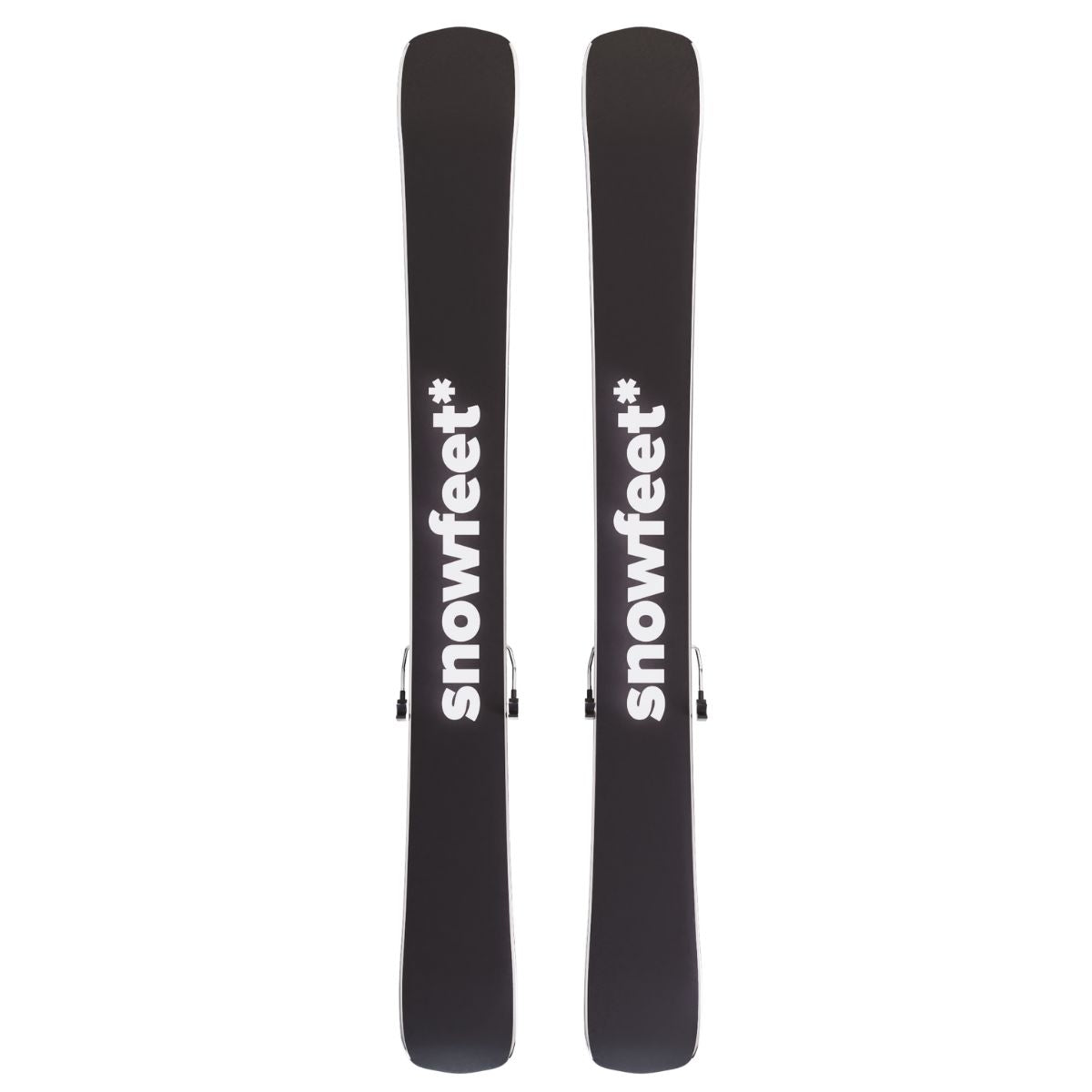
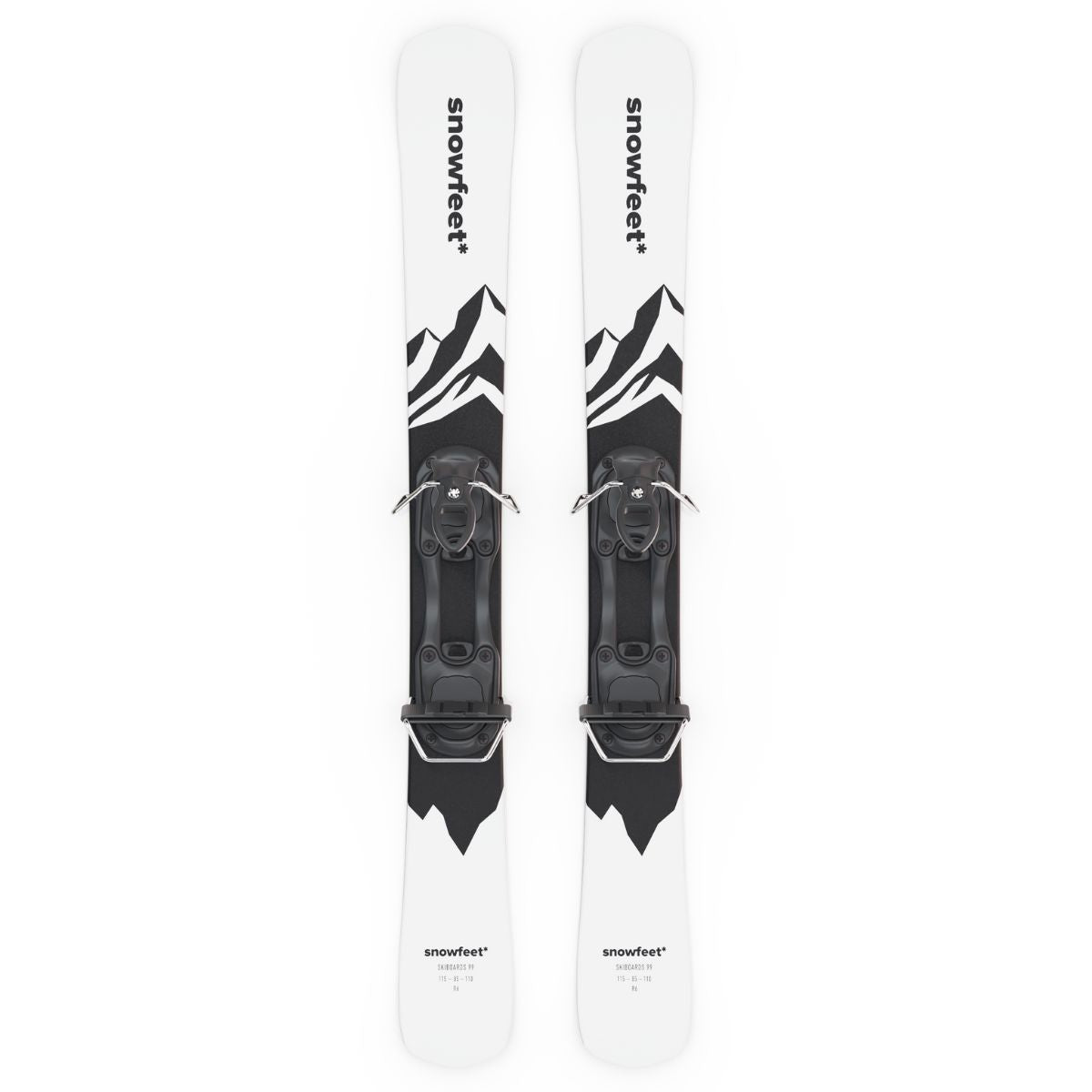

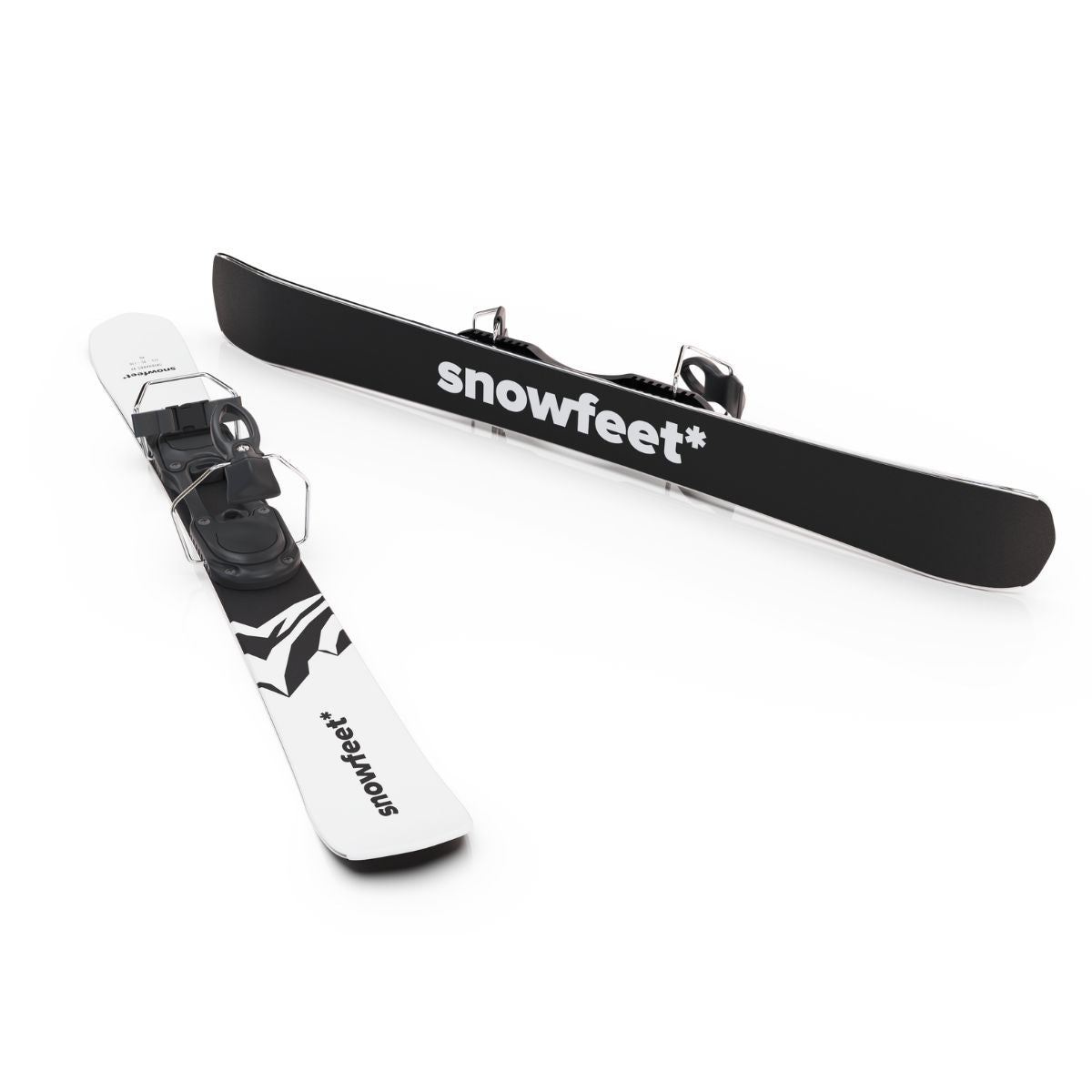




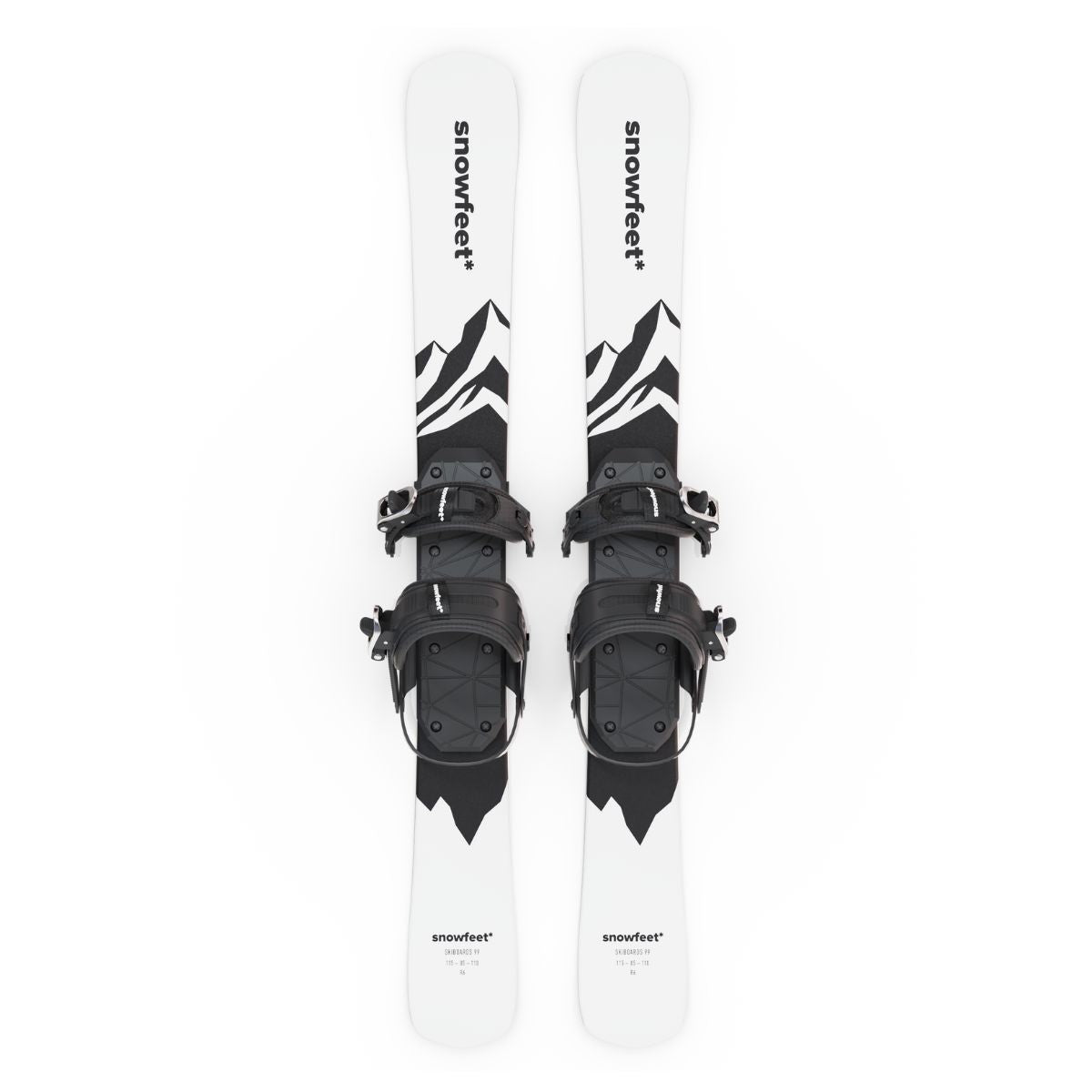
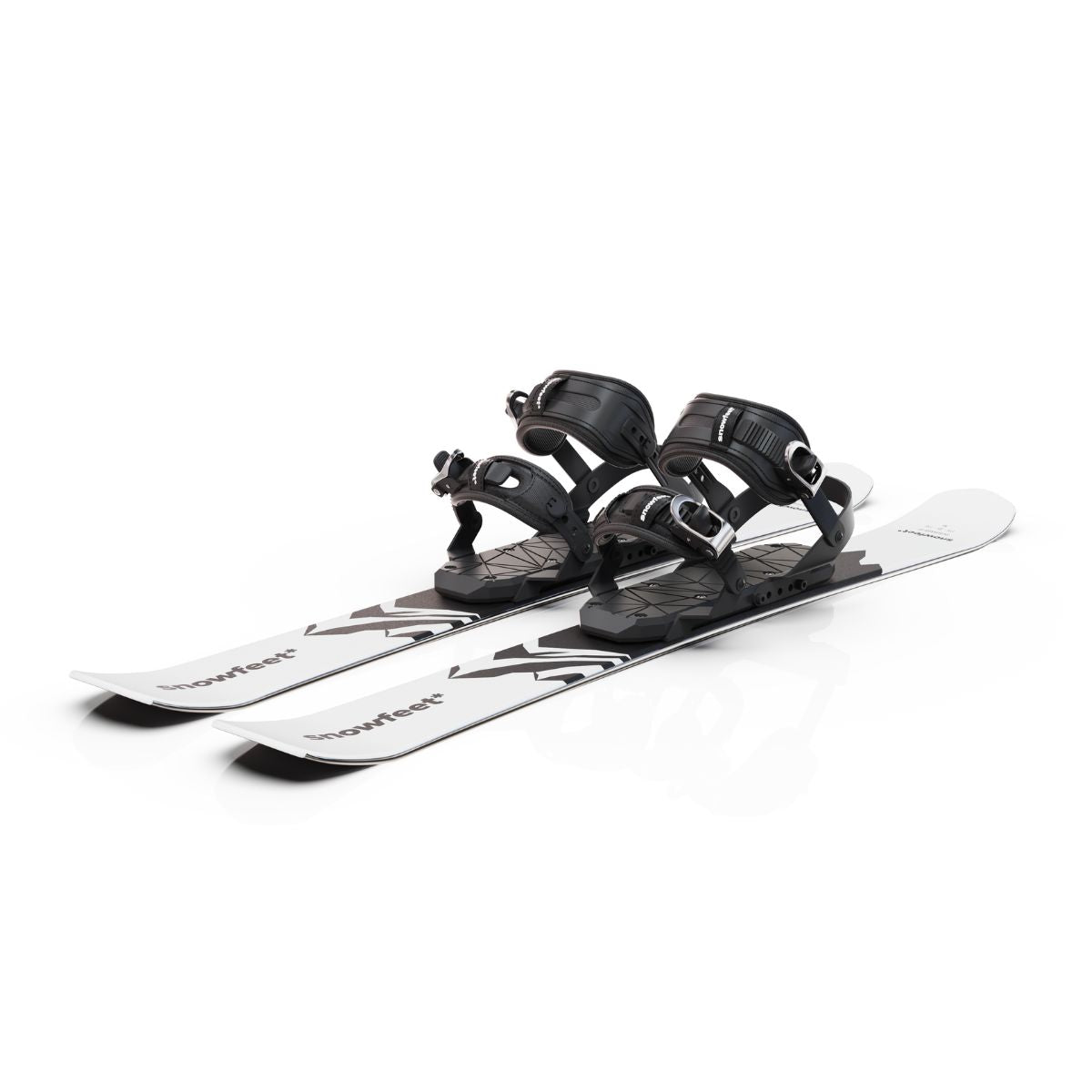
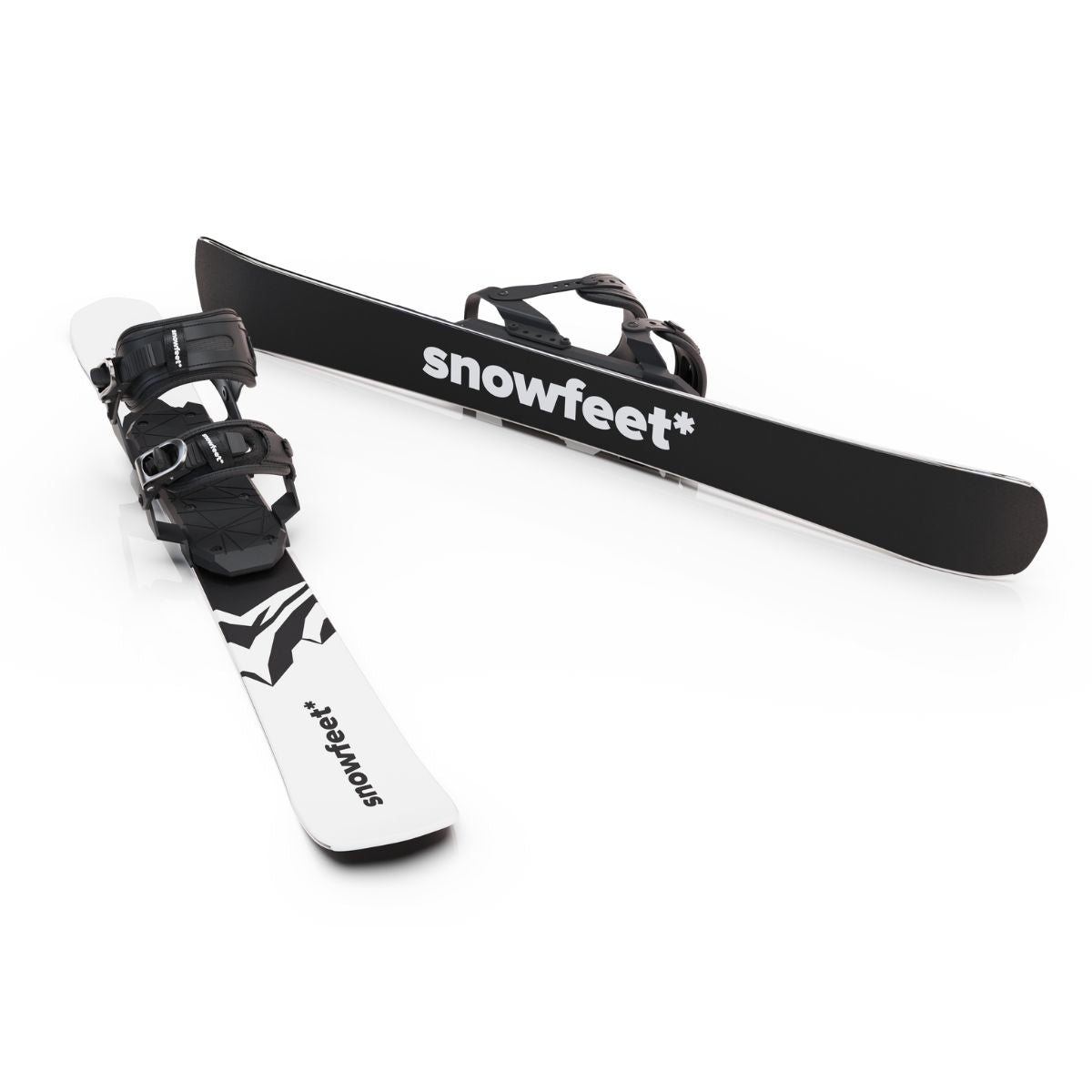
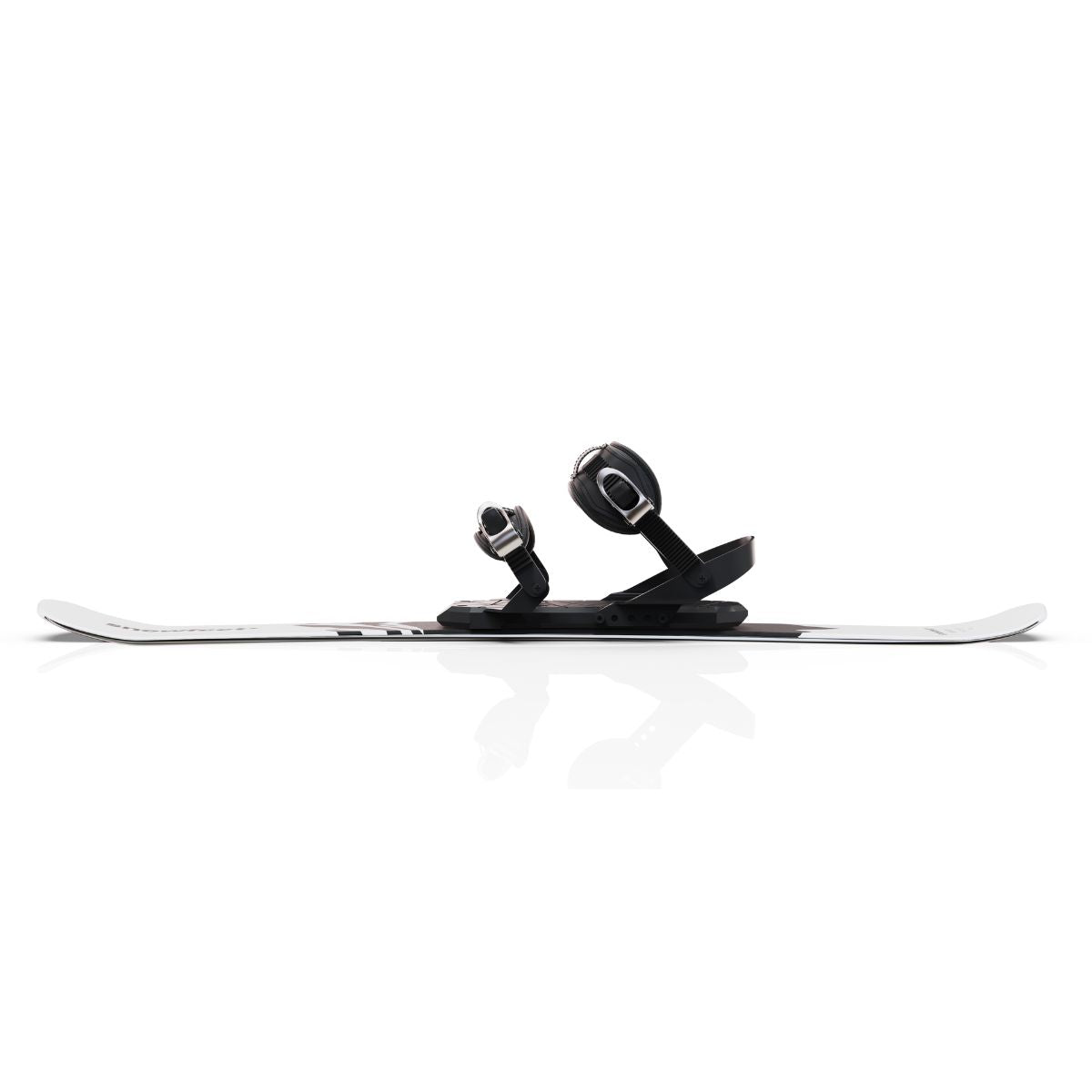
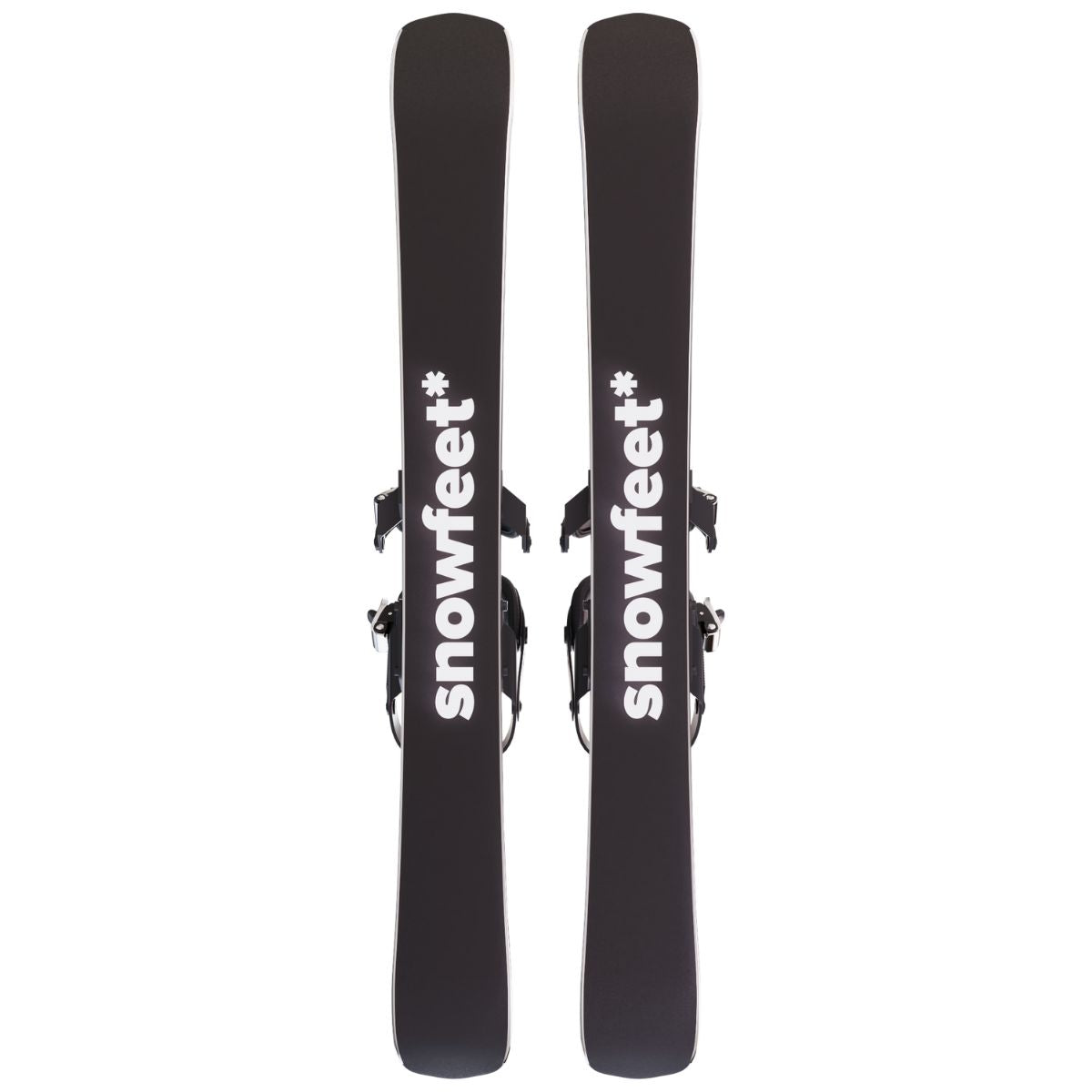
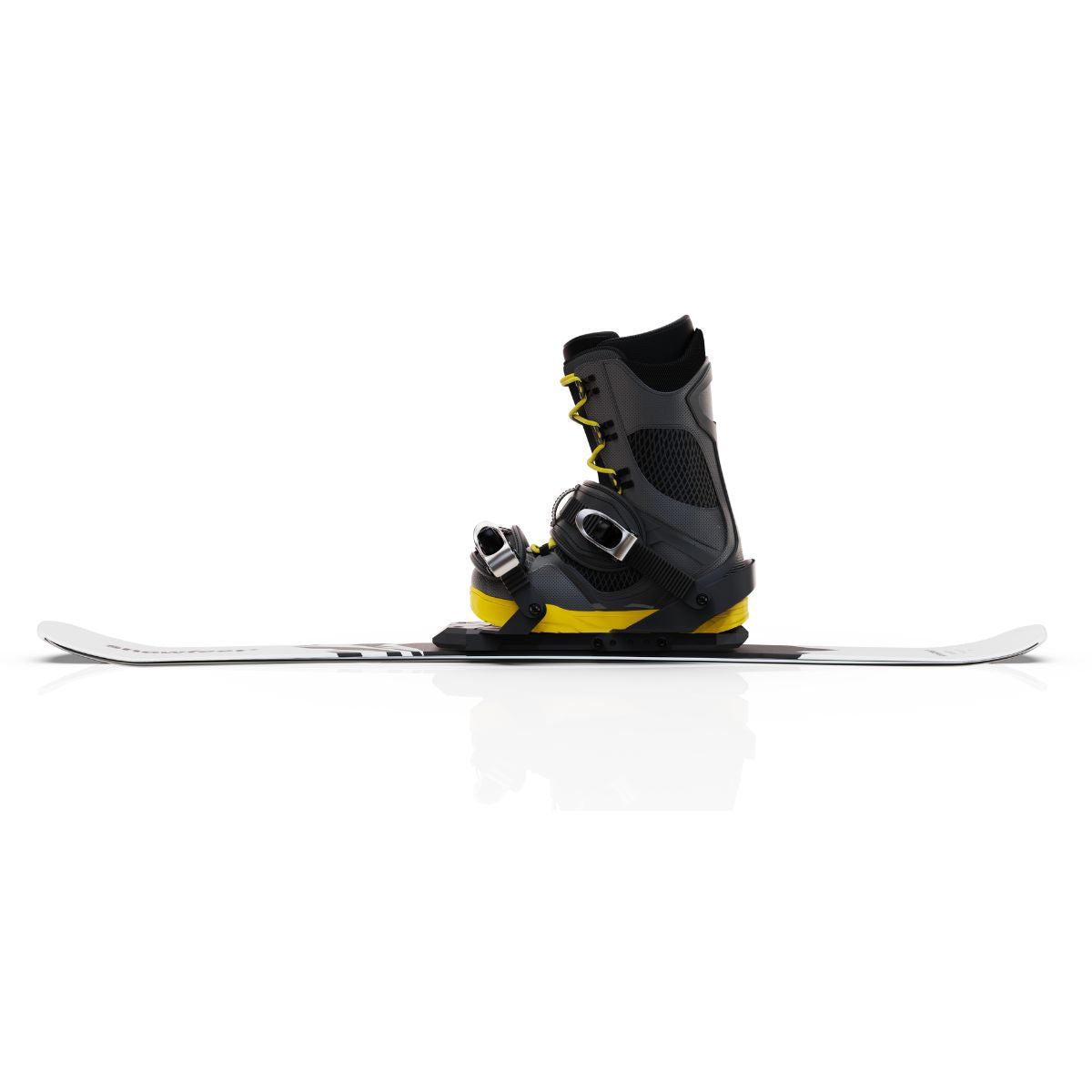
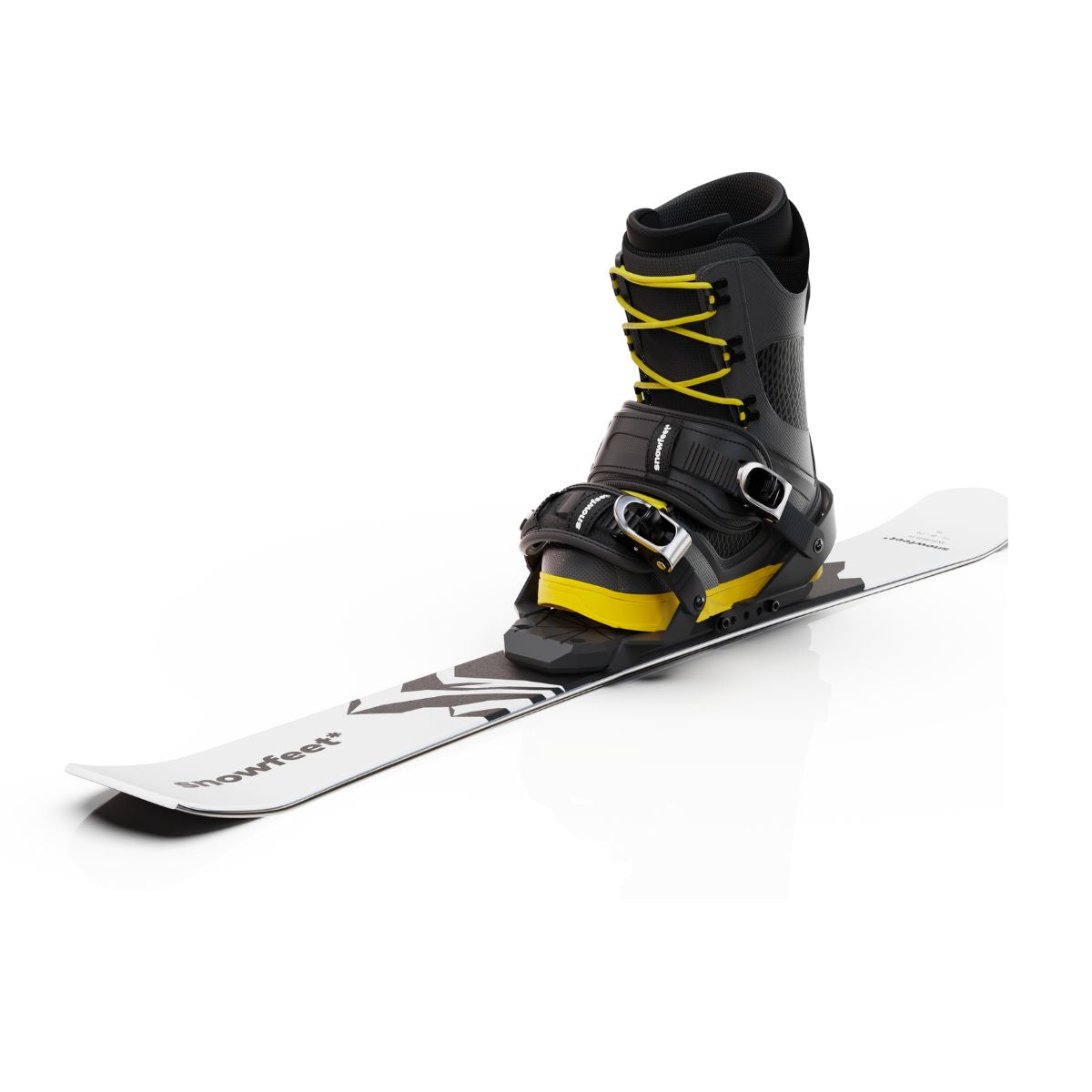
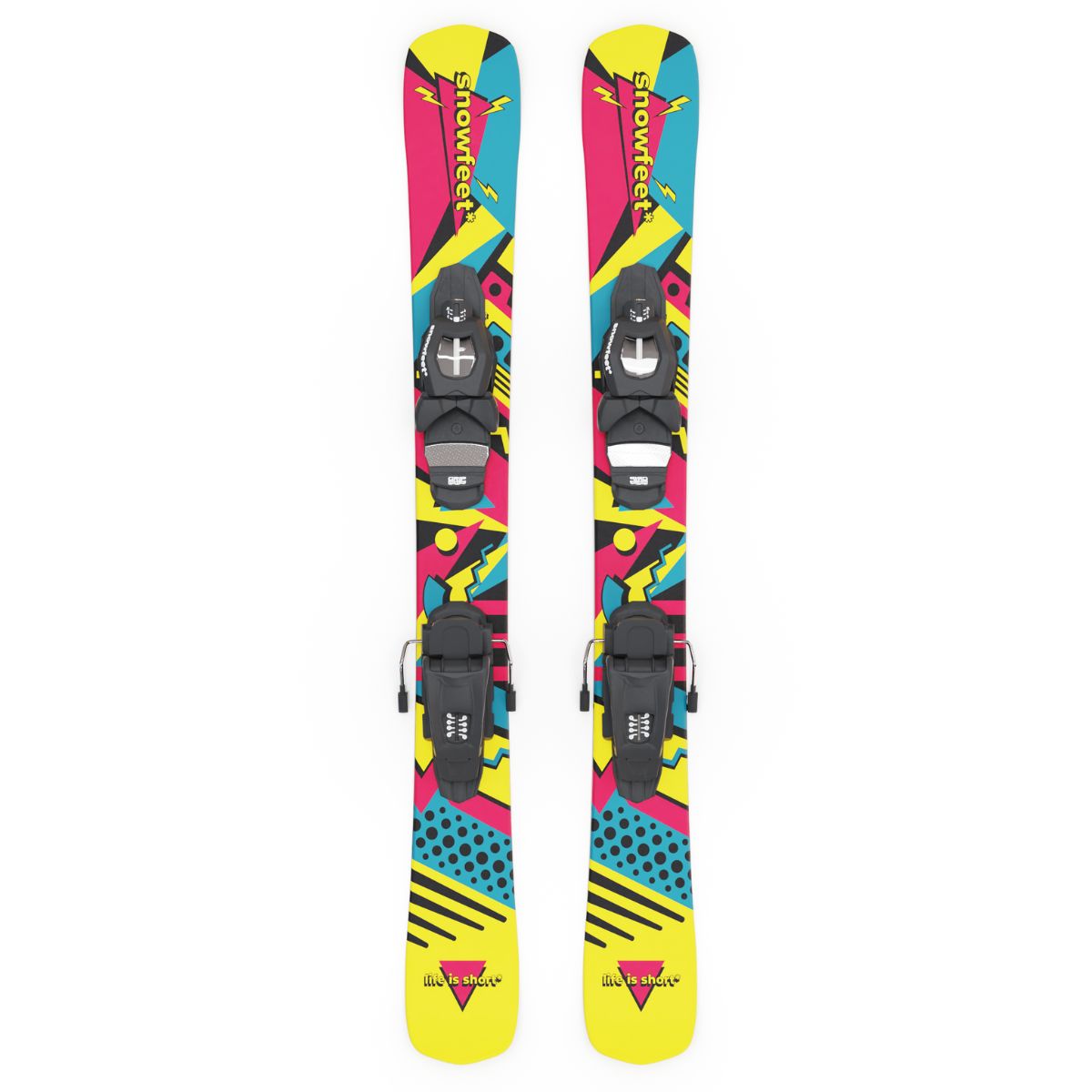
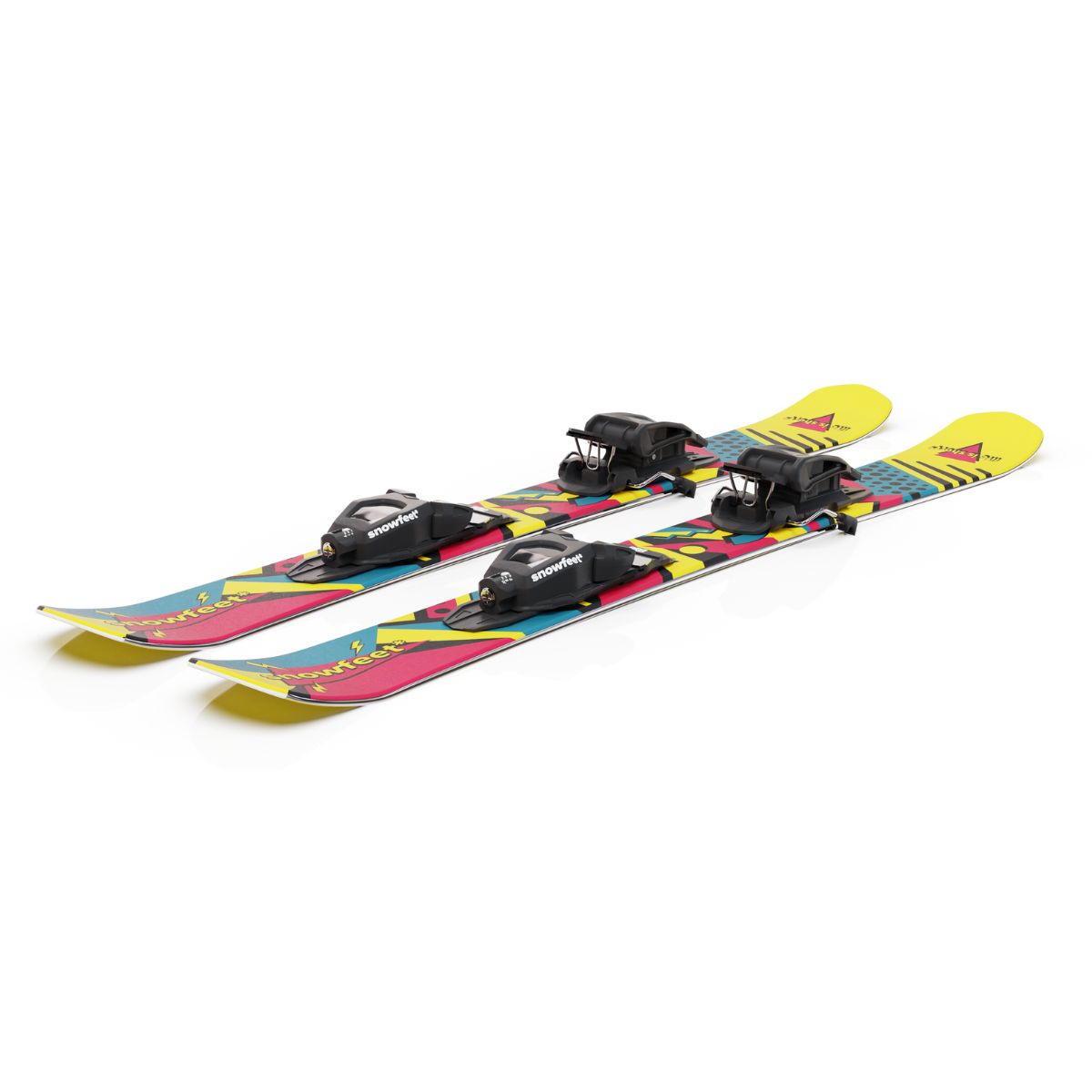
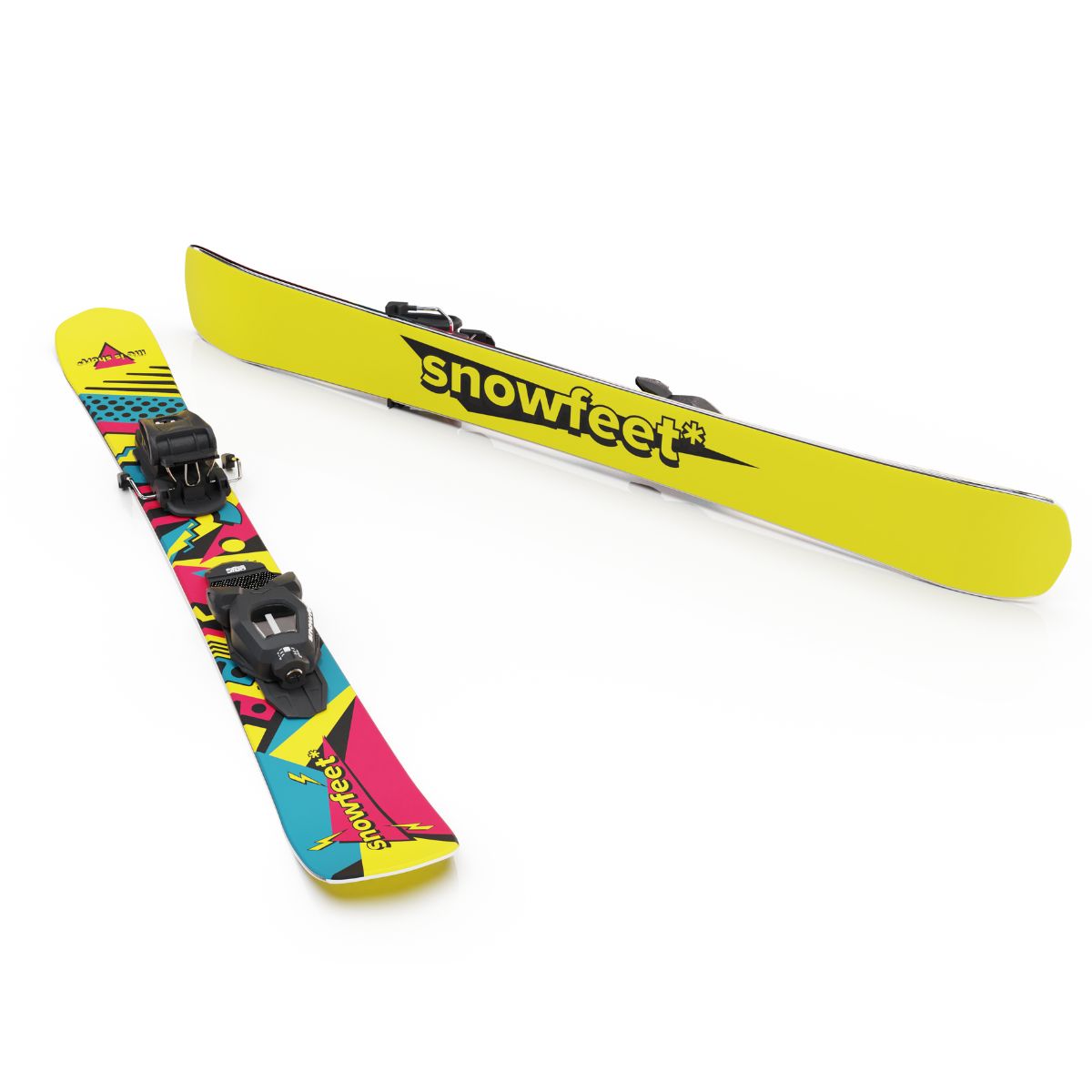
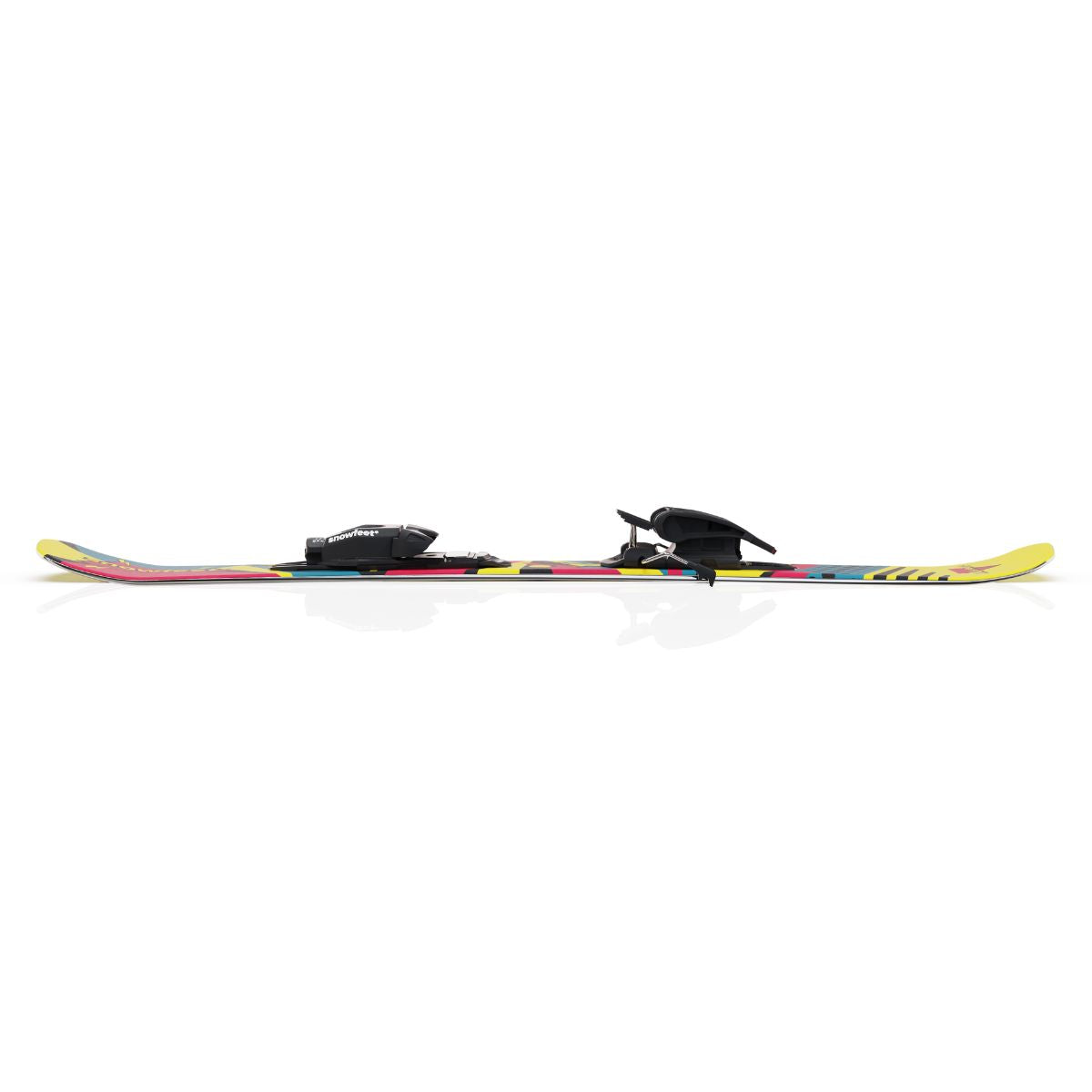
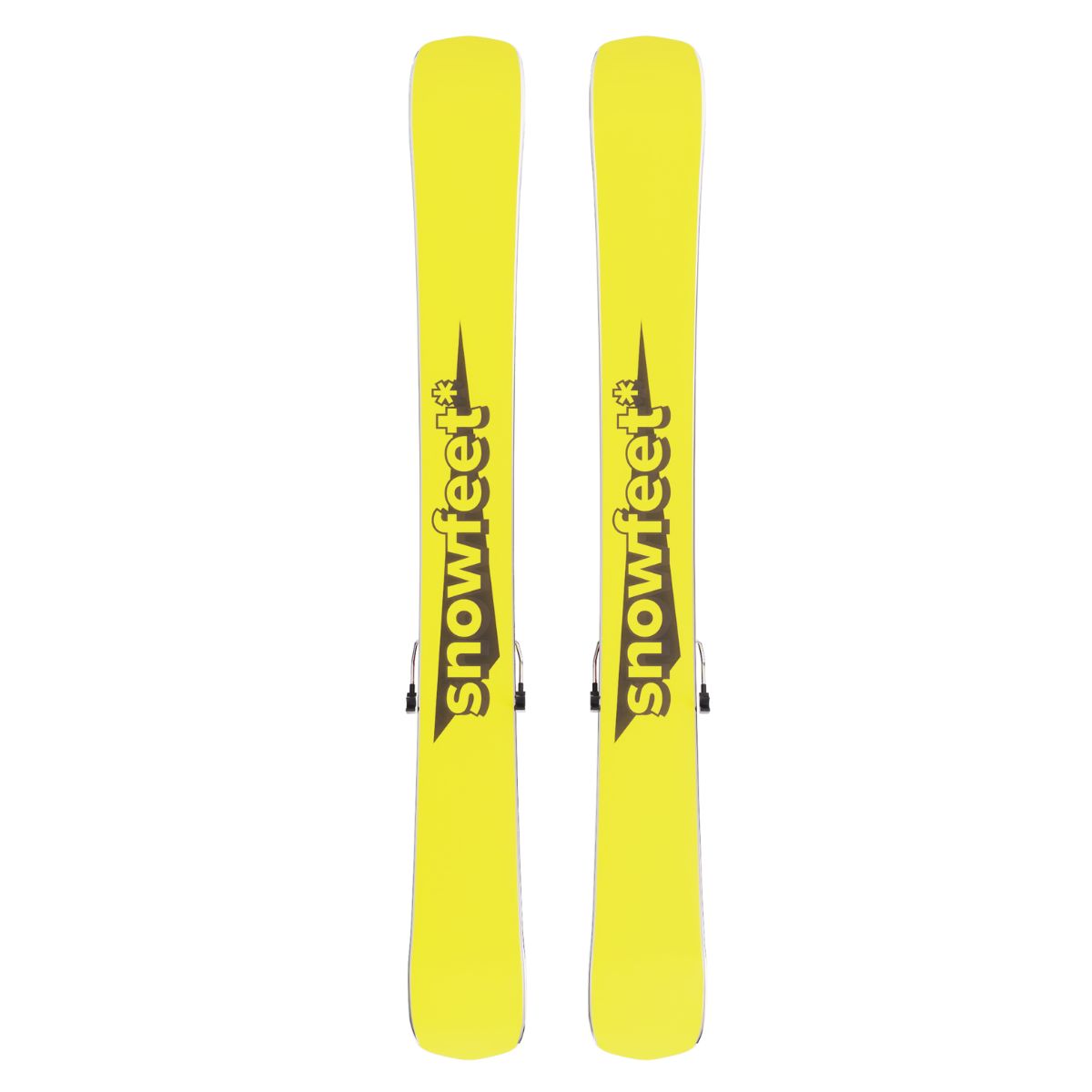
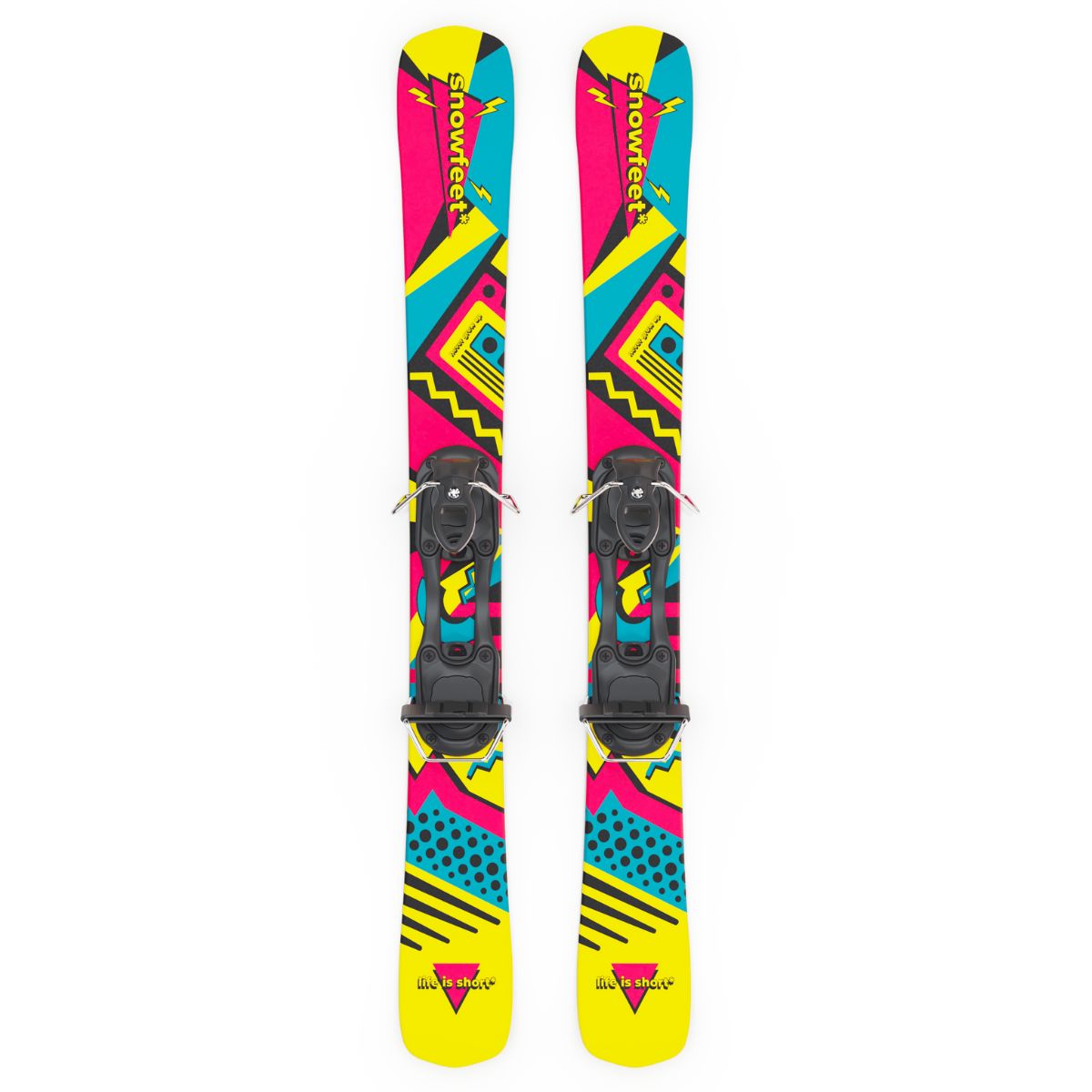
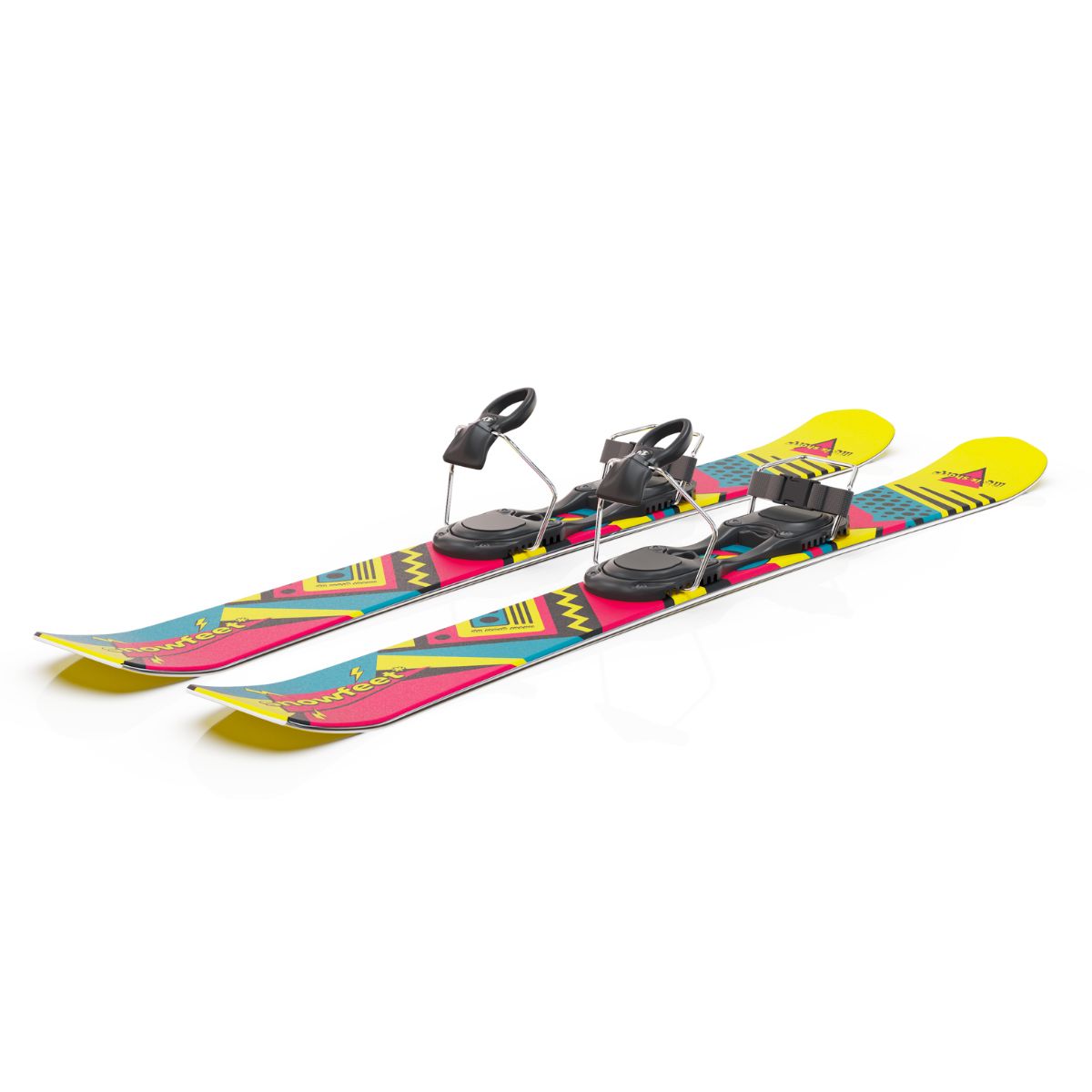
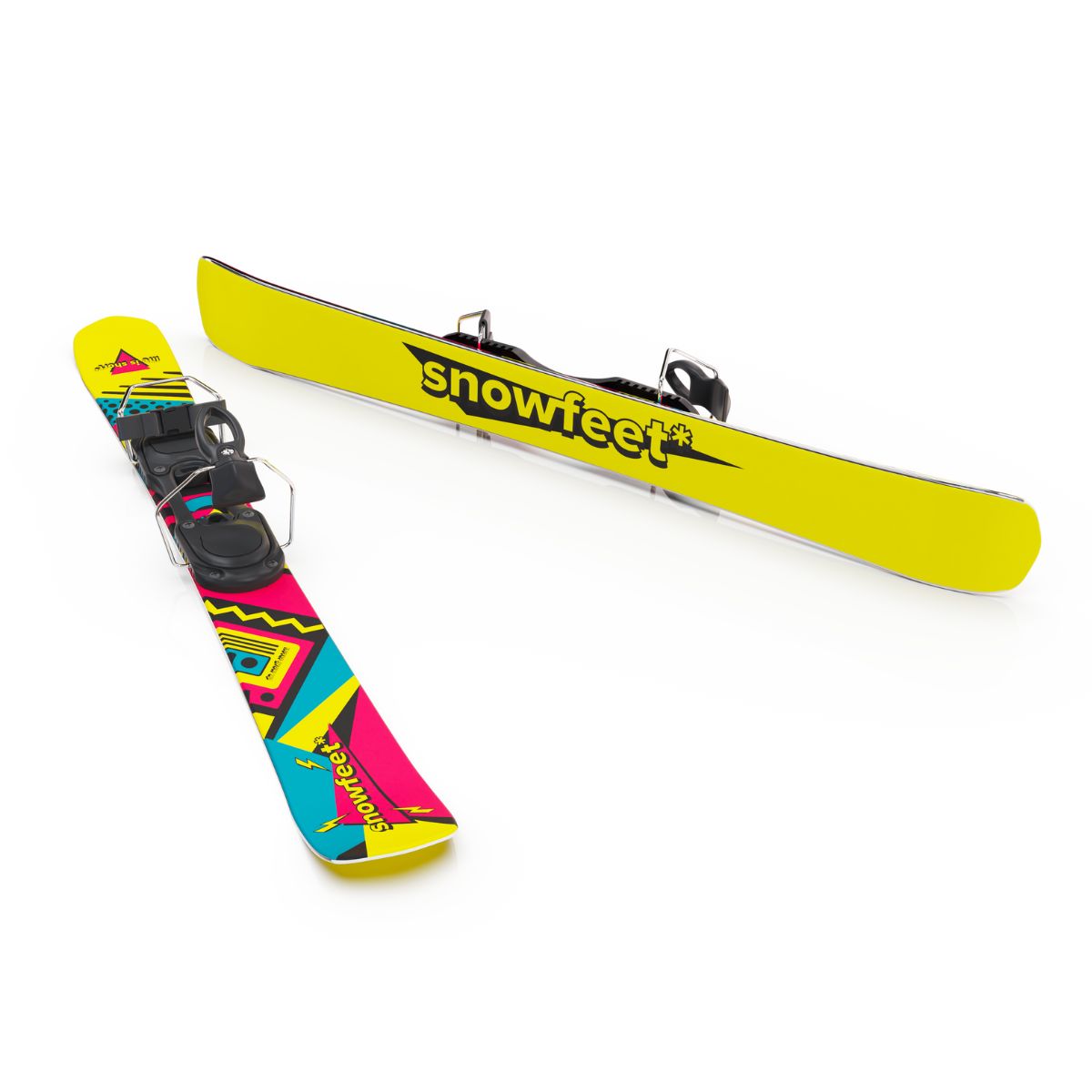
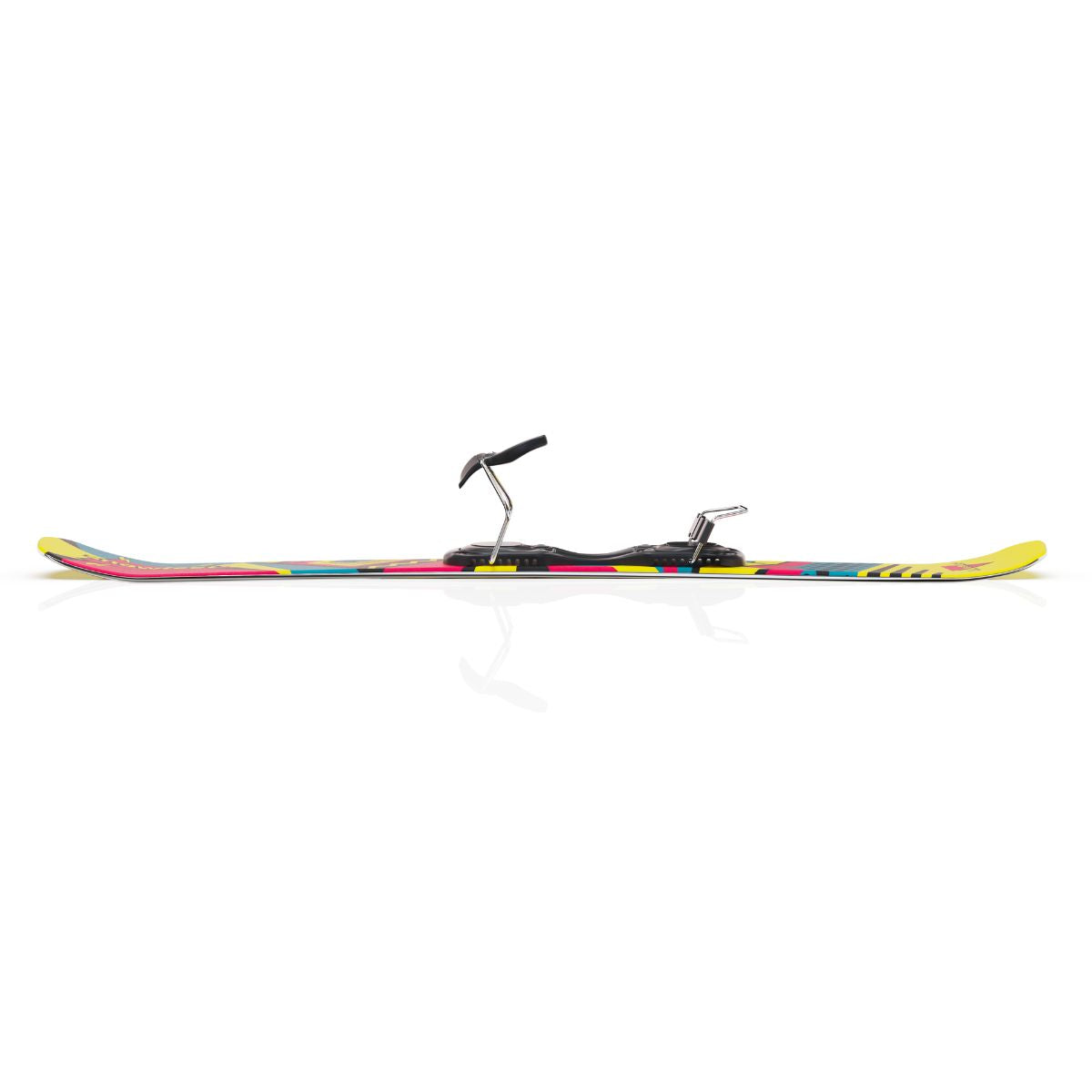
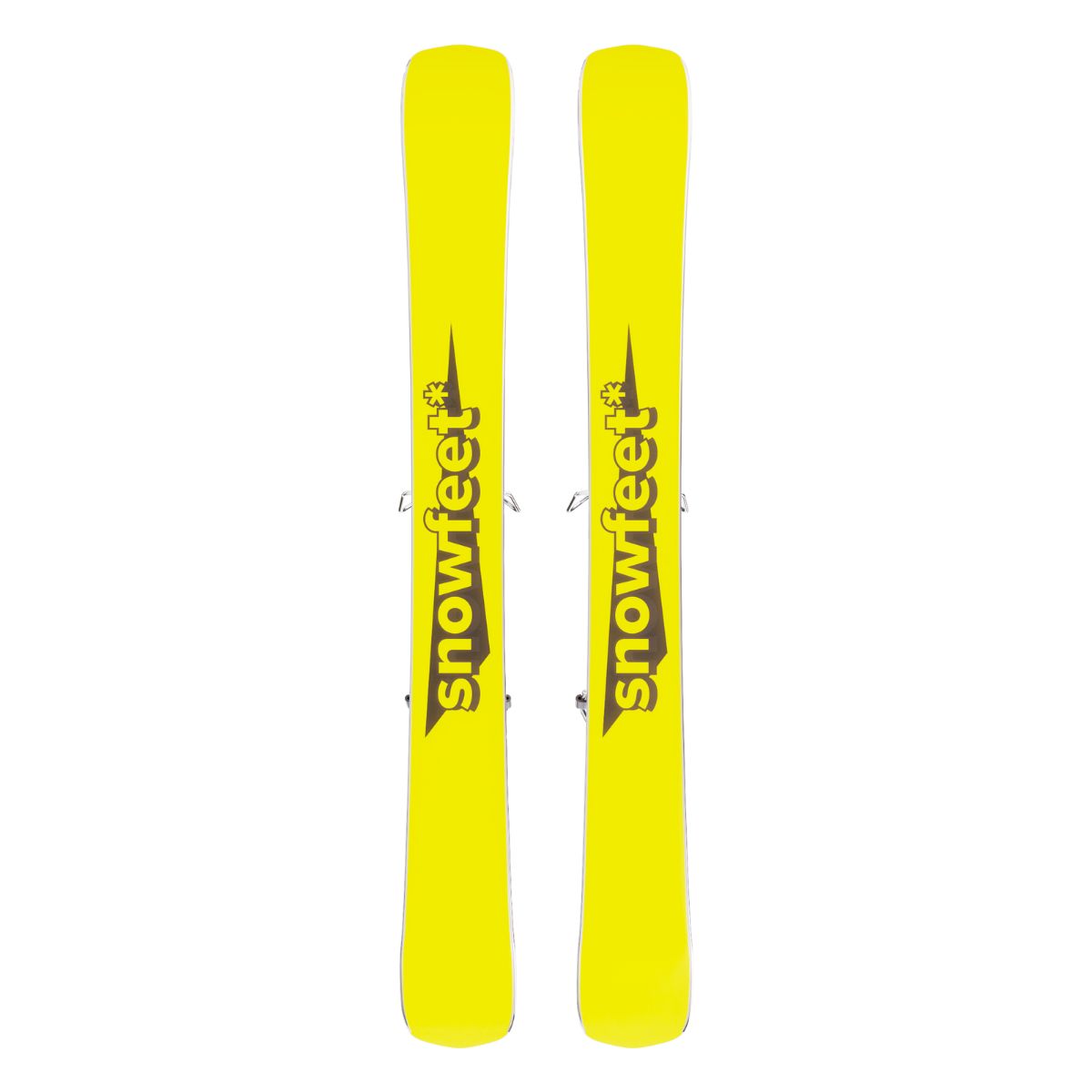
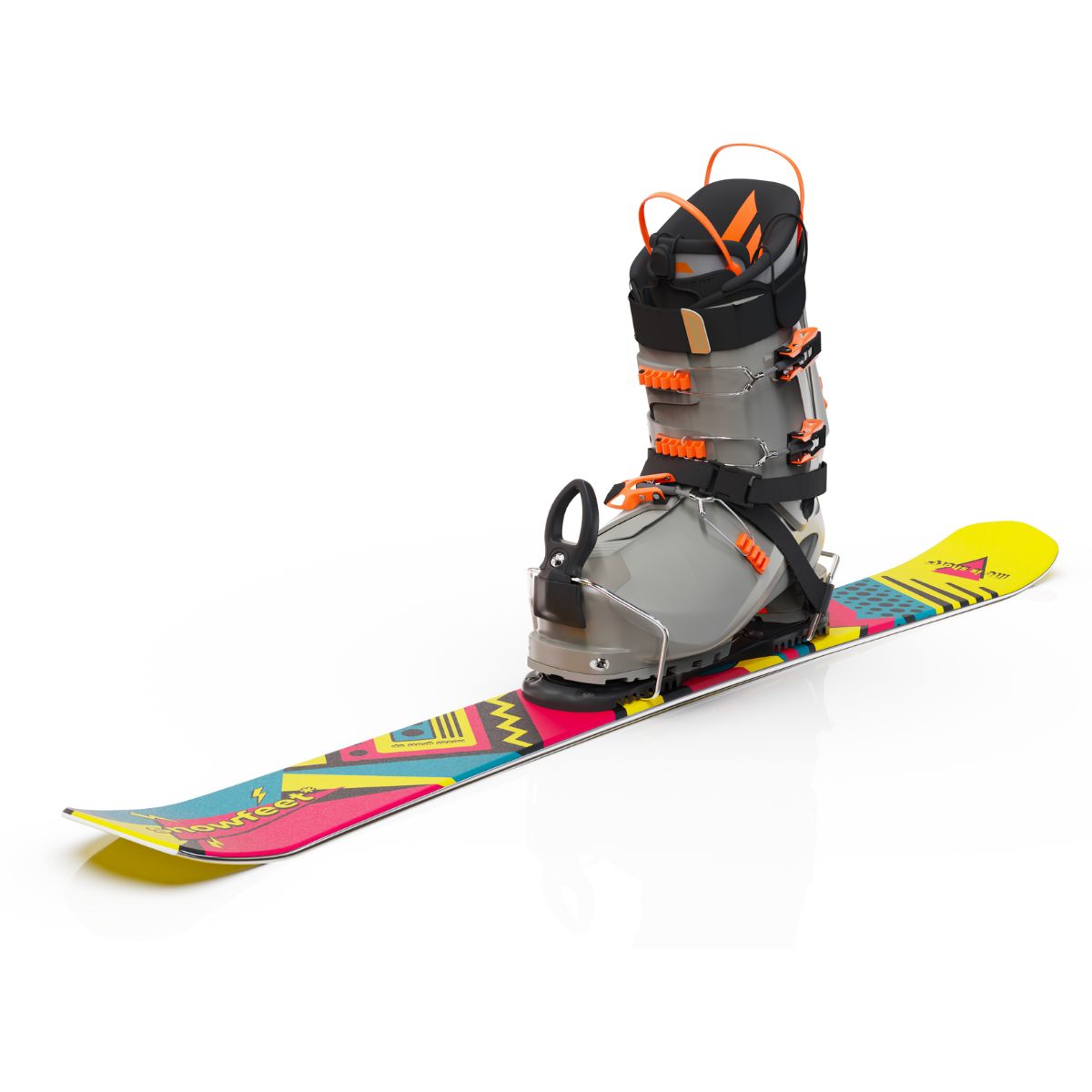
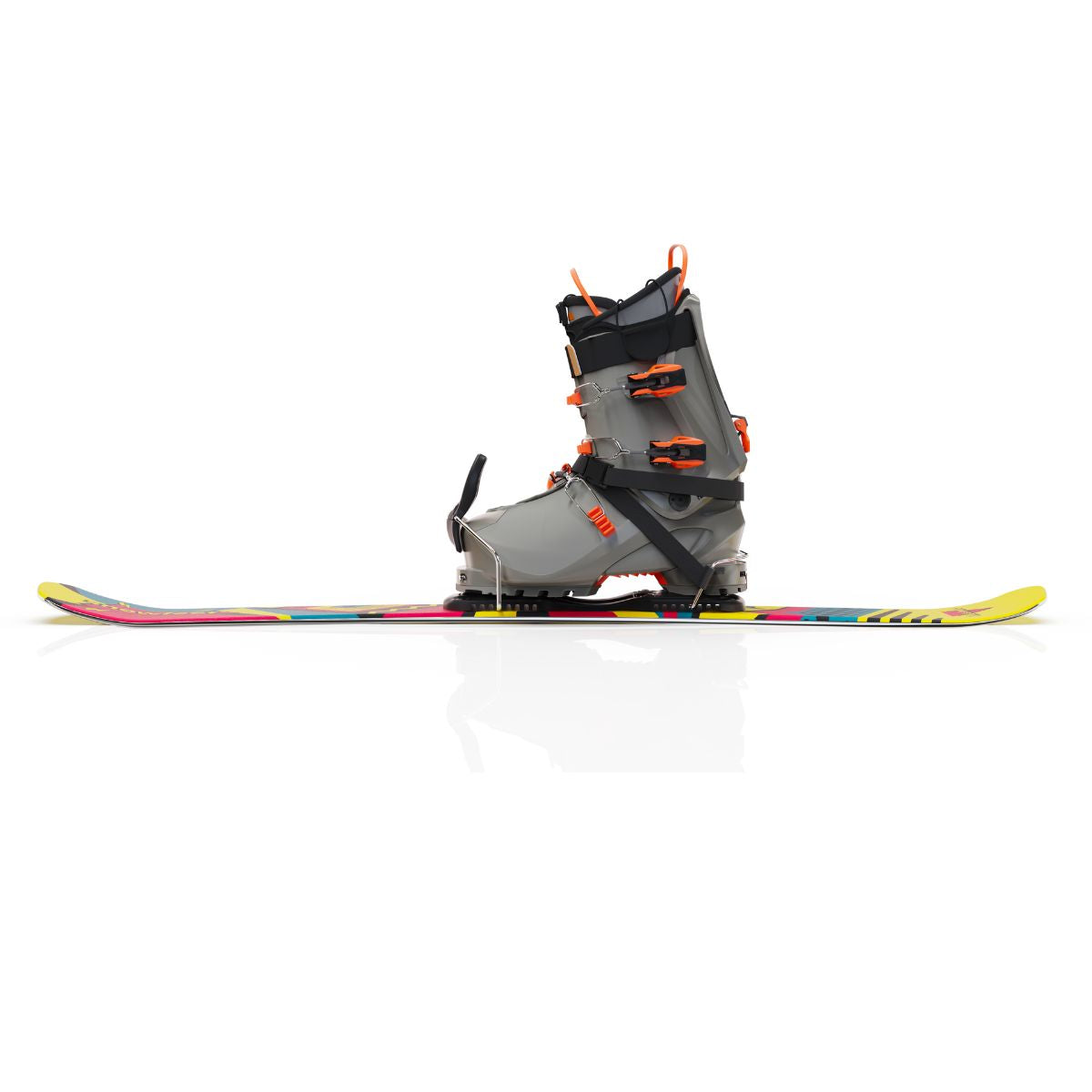
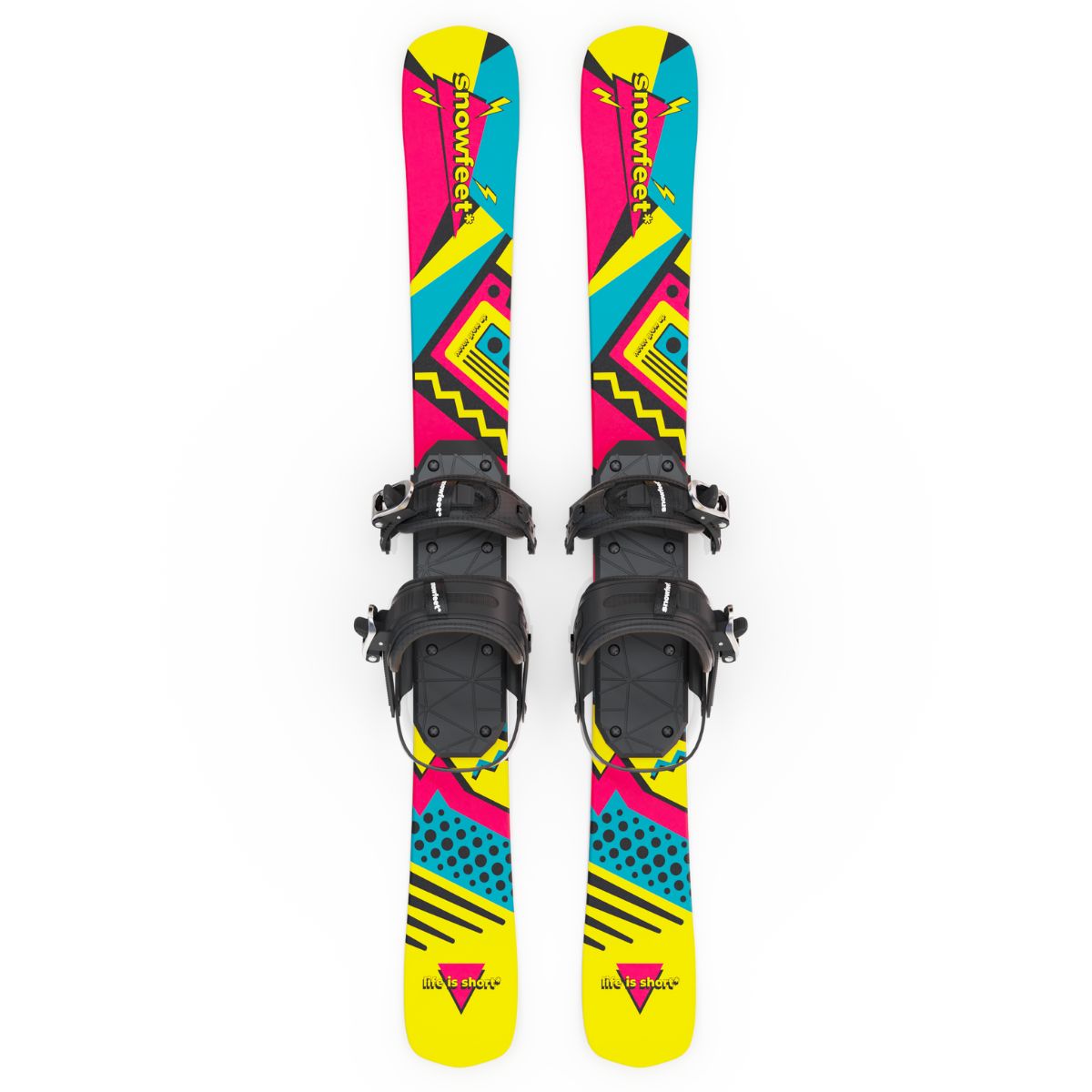
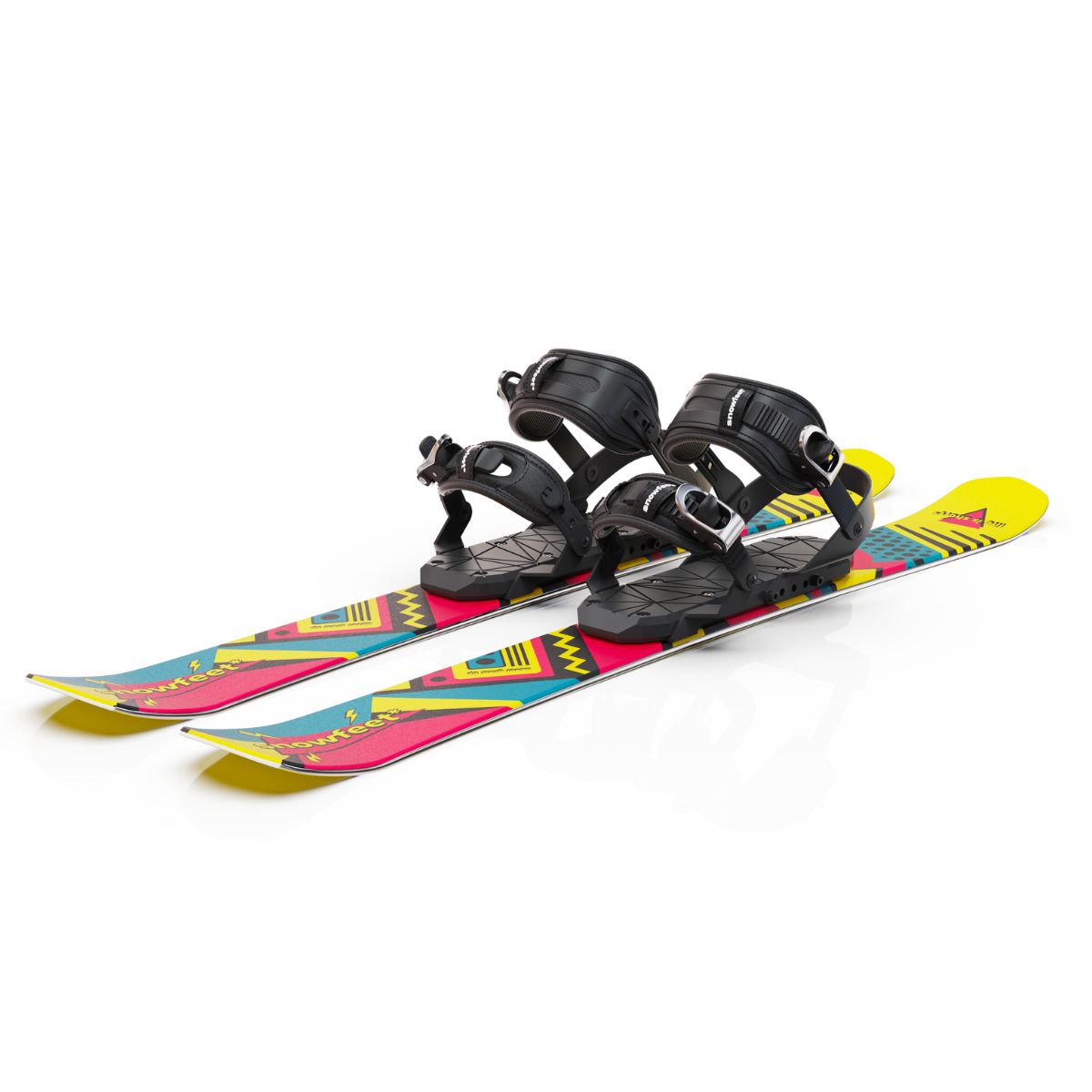
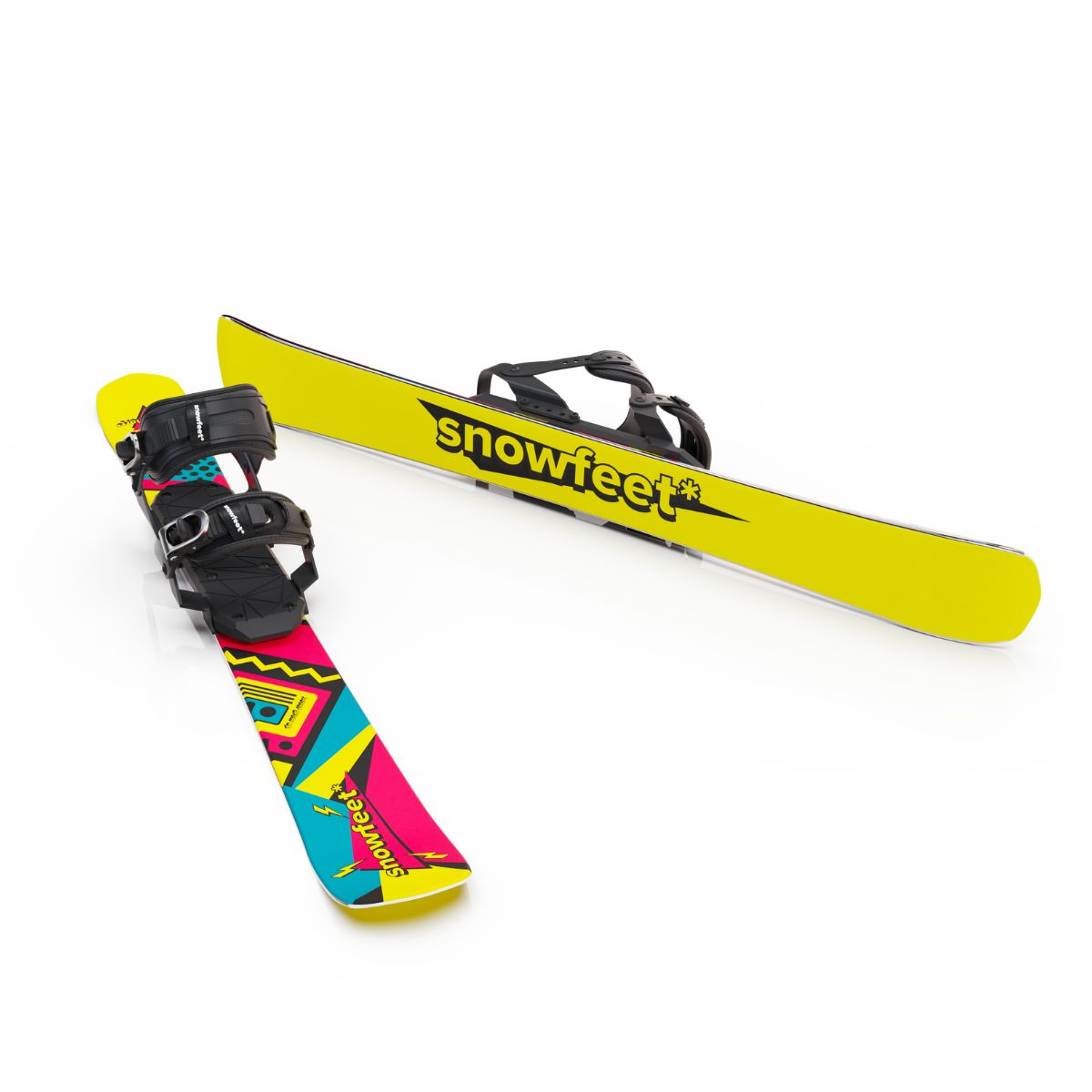
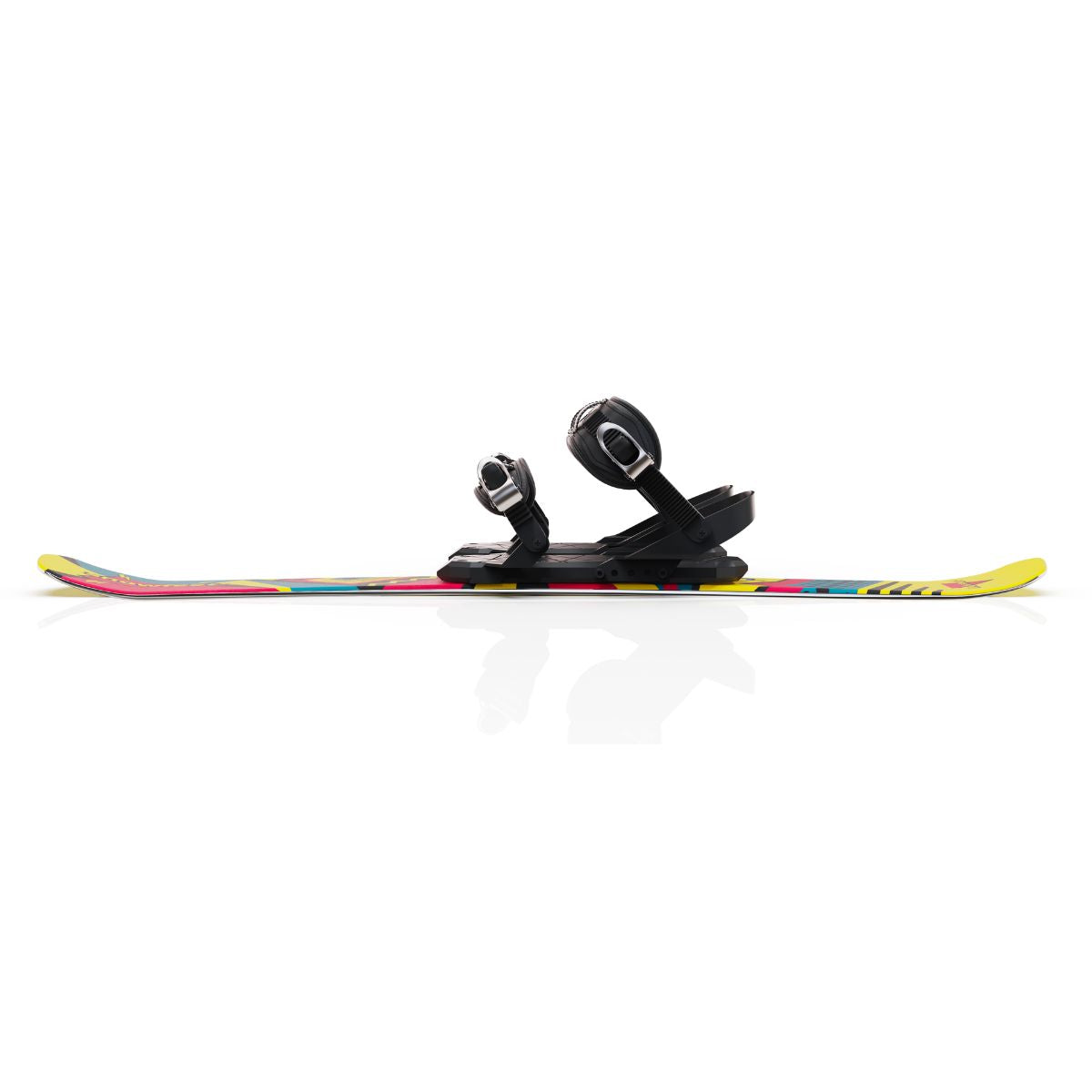
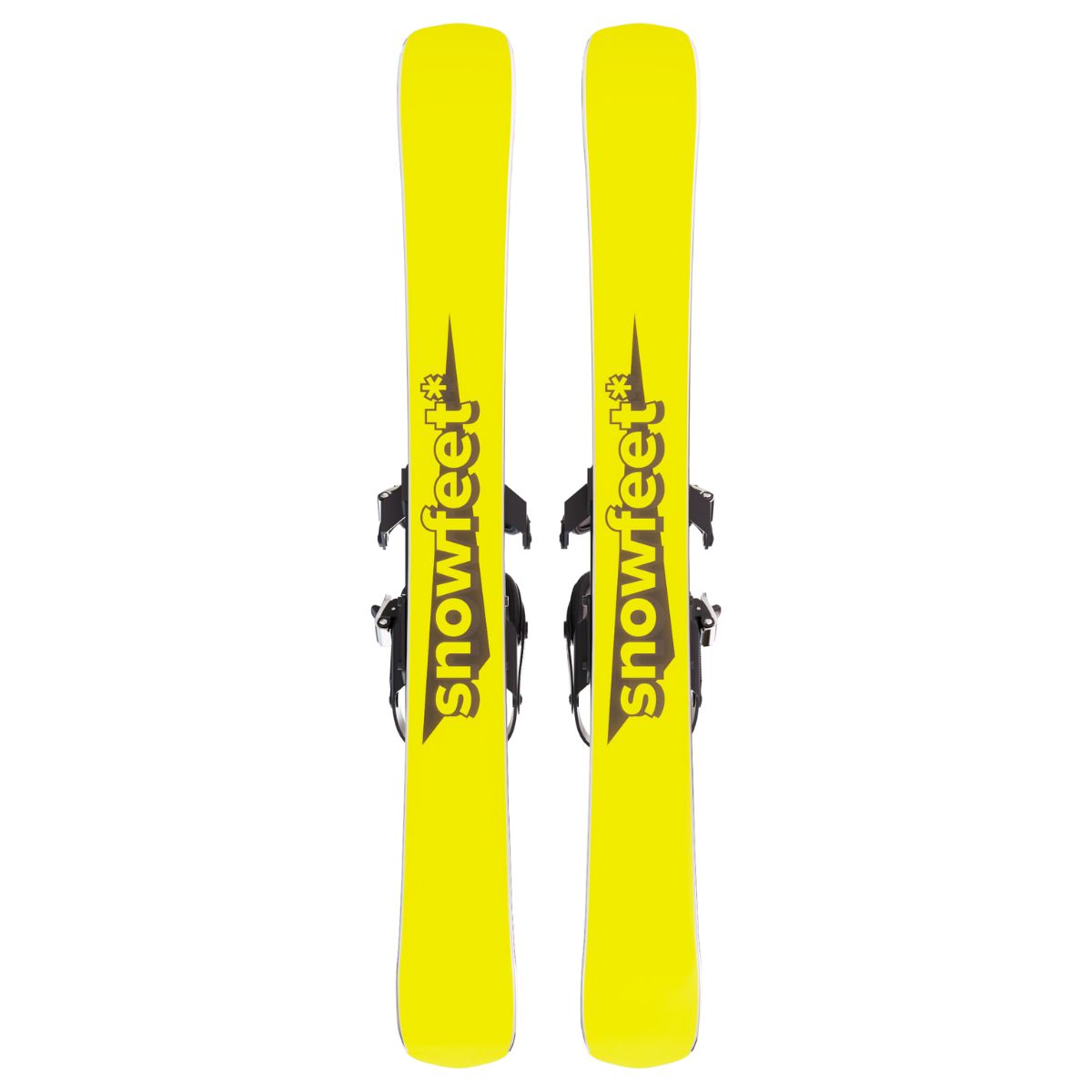
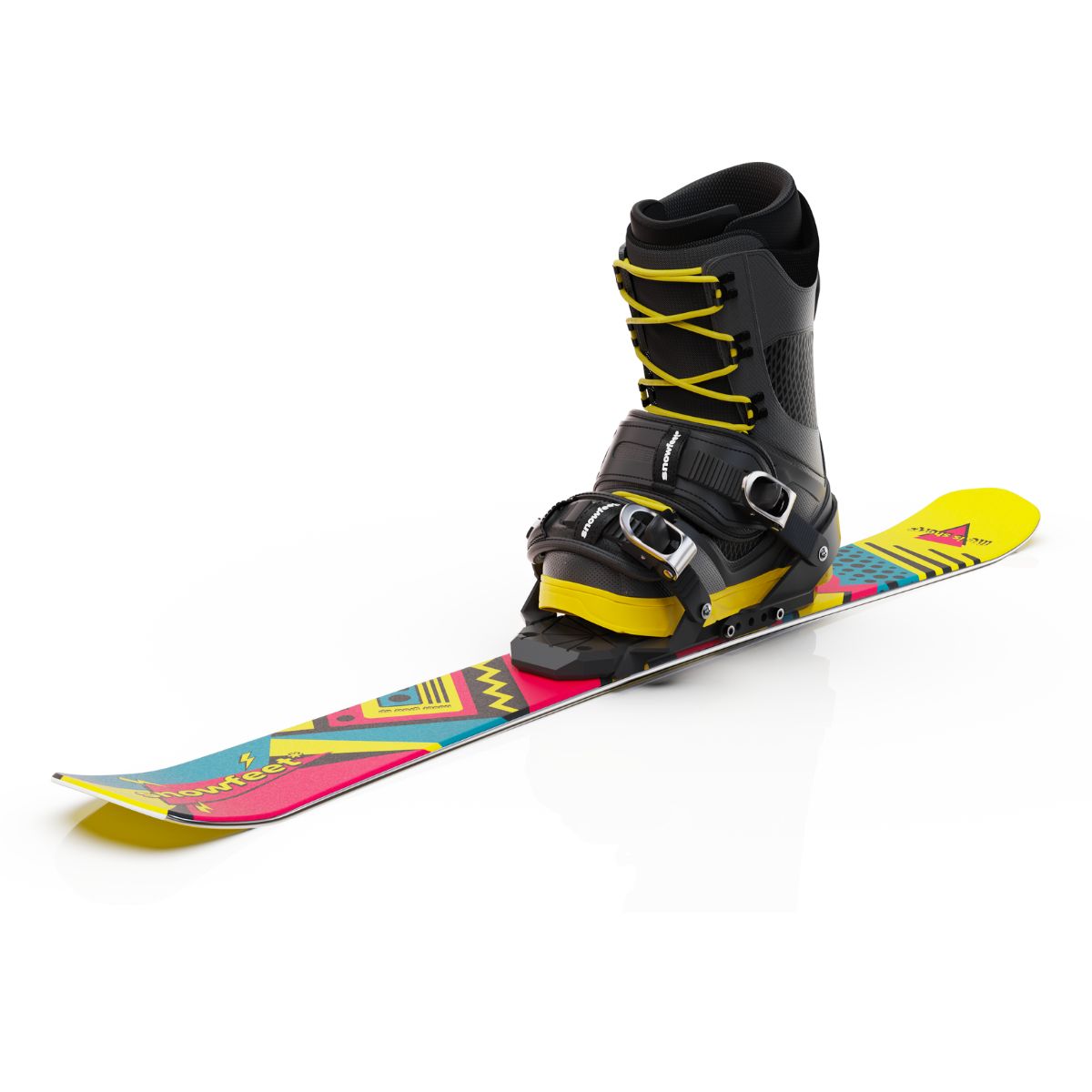
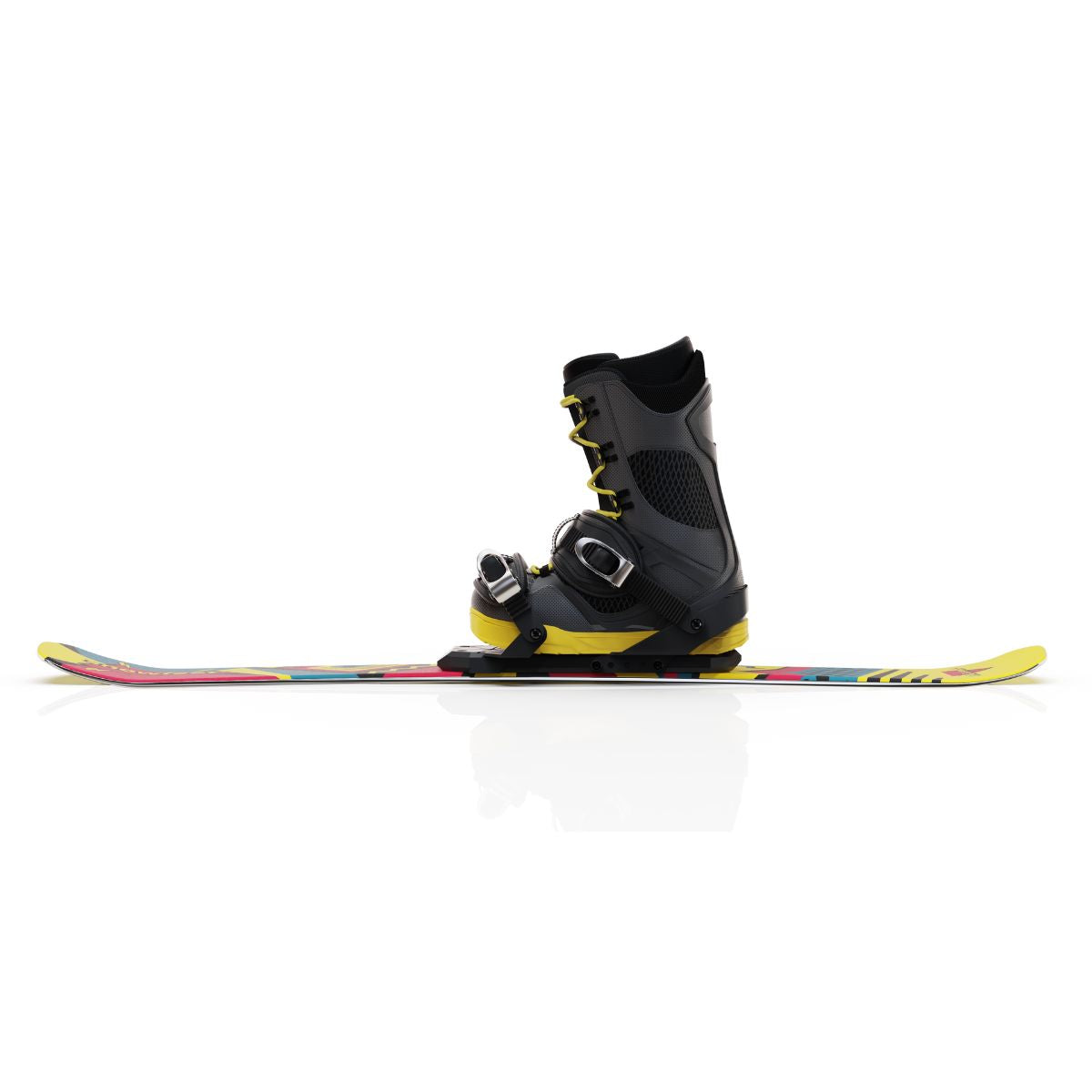
Free Shipping | 3 Business Days

Video
Differences between short and long skis
Every ski length has its pros and cons. Learn the main differences between short and long skis and see how the length affects your skiing style and performance on the slopes.

Short skis are easier to turn because they are shorter, making them more agile and responsive, especially on narrow or twisty slopes. Long skis are harder to turn in tight spaces but offer better stability at high speeds.

Short skis are stable for beginners and slow skiing but can feel less steady at high speeds or in rough conditions. Long skis are more stable, especially at high speeds and on tough terrain, because their length and surface area reduce vibrations and improve control.
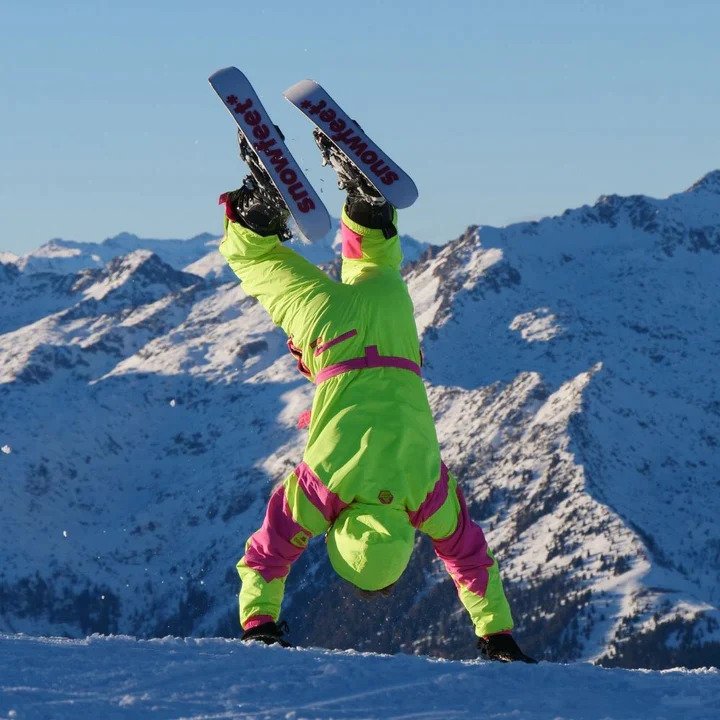
Short skis feel more fun and lively, making quick turns, jumps, and tricks easier, especially in terrain parks or moguls. Long skis feel more stable and grounded, which might seem less playful but are great for carving wide turns.

Short skis are less effective in deep snow or powder because they sink more due to their smaller surface area. Long skis float better in deep snow, keeping skiers on top of the snow for a smoother ride.
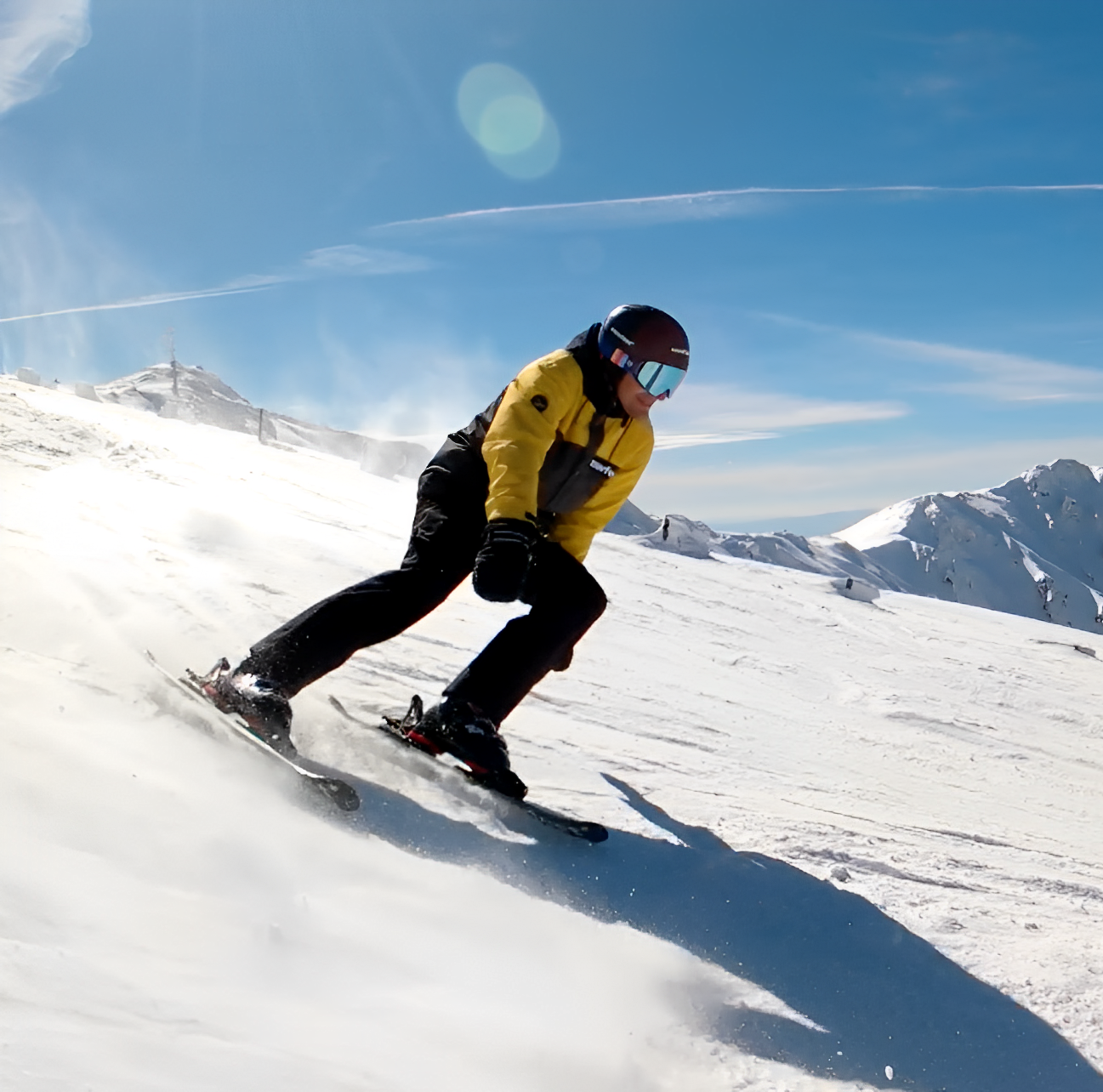
Short skis are great for beginners and intermediate skiers because they are easy to maneuver and more forgiving. Long skis are best for advanced and expert skiers who have the skills to handle their length and stability at high speeds and on different terrains.
Short skis are easier to turn because they are shorter, making them more agile and responsive, especially on narrow or twisty slopes. Long skis are harder to turn in tight spaces but offer better stability at high speeds.
Short skis are stable for beginners and slow skiing but can feel less steady at high speeds or in rough conditions. Long skis are more stable, especially at high speeds and on tough terrain, because their length and surface area reduce vibrations and improve control.
Short skis feel more fun and lively, making quick turns, jumps, and tricks easier, especially in terrain parks or moguls. Long skis feel more stable and grounded, which might seem less playful but are great for carving wide turns.
Short skis are less effective in deep snow or powder because they sink more due to their smaller surface area. Long skis float better in deep snow, keeping skiers on top of the snow for a smoother ride.
Short skis are great for beginners and intermediate skiers because they are easy to maneuver and more forgiving. Long skis are best for advanced and expert skiers who have the skills to handle their length and stability at high speeds and on different terrains.








44 cm / 17 inch
65 cm | 26 inch
99 cm | 39 Inch
Ski bindings
Snowboard bindings
Ski bindings
Snowboard bindings
Ski bindings
Pro ski bindings
Snowboard bindings
Shortest skis, they are easiest to control, most lively on slopes, feels like skates on snow. Work well on smooth, packed snow and are perfect in terrain parks.
Long enough to ski, short enough to skate. Fun tricks, jumps and twists on slopes and in terrain parks. Feels a bit like skates on snow.
The ultimate Skiblades. Long enough for deep carving on the slopes with more freedom of movement, fun jumps and tricks in terrain parks and in powder.
They're lighter and easier to control, so it's simpler for beginners to turn and stop. They require less effort to manage, so you will gain confidence and balance on the slopes more quickly. Snowfeet skis make learning more fun!

Endless fun
Short skis are really fun for riding backward, spinning, jumping, and doing all kinds of tricks on the slopes and in terrain parks.
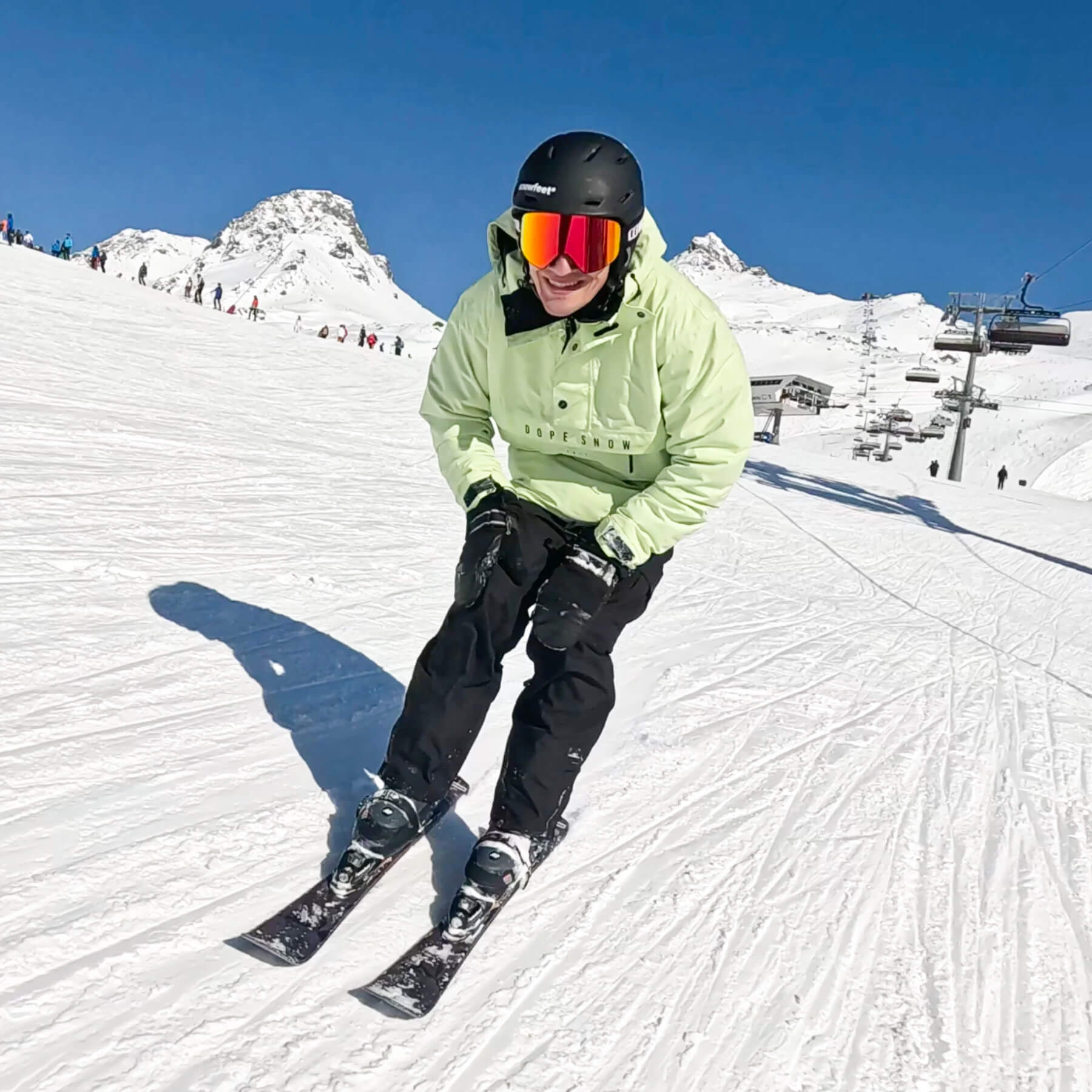
Easy to Learn
Short skis have a fast learning curve. They are great for beginners and intermediate skiers who want to enjoy their ski trip to the fullest.
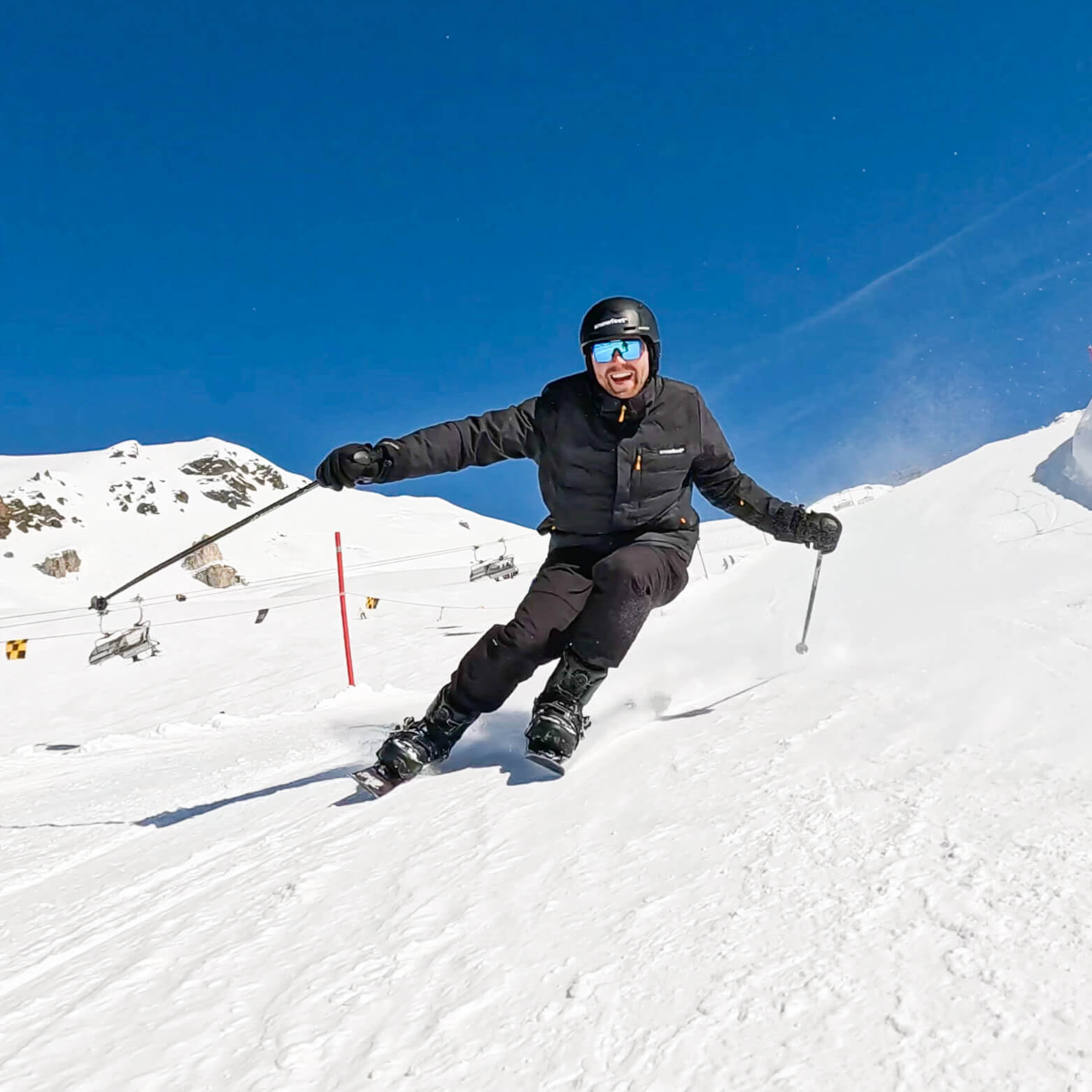
Easy to control
Shorter skis are easier to control which makes them perfect choice for beginners and intermediate skiers.
Video
Shorter skis are easier for beginners because they are easier to turn and control. They're lighter and more maneuverable, which can help you learn faster. However, it's also important to consider your height, weight, and skiing style when choosing skis.
No, they don't. How fast you ski depends on many factors, like your skill level, the terrain, and the snow conditions. Short skis might feel slower because they are easier to handle, so you might not go as fast.
Short skis are easier to turn and control, making them good for beginners. They're also lighter and more maneuverable. However, shorter skis might not be as stable at high speeds or in deep snow compared to longer skis.
Short skis are usually less than 160 cm long. They are lighter, easier to turn, and more maneuverable than long skis. Some short skis can be as short as 44 cm, making skiing with them more like skating on snow.
Skiboards, Snowblades,Sskiblades, Bigfoot—whatever you call them, these short skis are the most fun you can have on a mountain as a skier.
Longer skis provide more stability and speed, making them great for experienced skiers and fast runs. They also float better on deep snow. However, they can be harder to control and turn, especially for beginners.
Long skis are usually over 170 cm. They are often recommended for advanced skiers who want the thrill of a fast ride. But is this common belief true? Let's find out what long skis can do for us.
Yes, skis for terrain parks are often shorter because they are easier to maneuver and spin in the air. Shorter skis give better control for tricks and jumps in terrain parks.
Shorter skis are better for beginners because they are lighter and easier to control, making it simpler to turn and stop. They require less effort, helping you gain confidence and balance faster on the slopes. Snowfeet Skiboards are great for beginners and intermediate skiers, with lengths from 65 cm (26 inches) to 140 cm (55 inches) to suit your needs.
Yes, you can carve on short skis. Carving is more about technique than ski length. With the right skills, short skis can carve turns effectively.
Easier to Control: Shorter skis are easier to maneuver, making them great for beginners or those who like agility. Quick Turns: Shorter skis make quick turns easier, useful in tight spaces or crowded areas. Lighter Weight: Shorter skis are lighter, which is good for easy carrying and maneuverability. Playfulness: Shorter skis feel more playful and nimble, making tricks, jumps, and playful skiing easier.
Best on the slopes and in snow parks. Easy and fun to handle moguls, bumpy terrain, and a little bit of powder. Ride anywhere you dare to go - access narrow hiking trails you wouldn’t be able to enjoy with long skis.